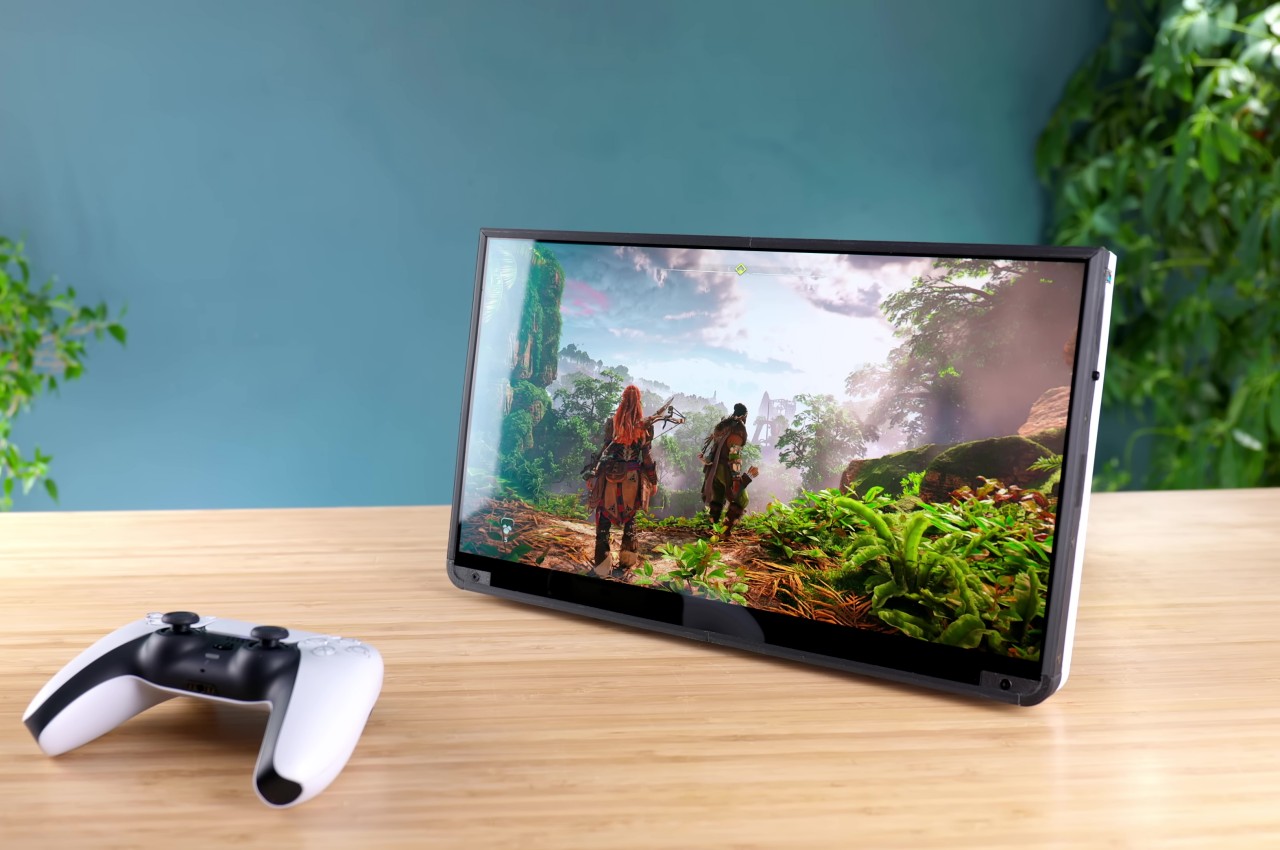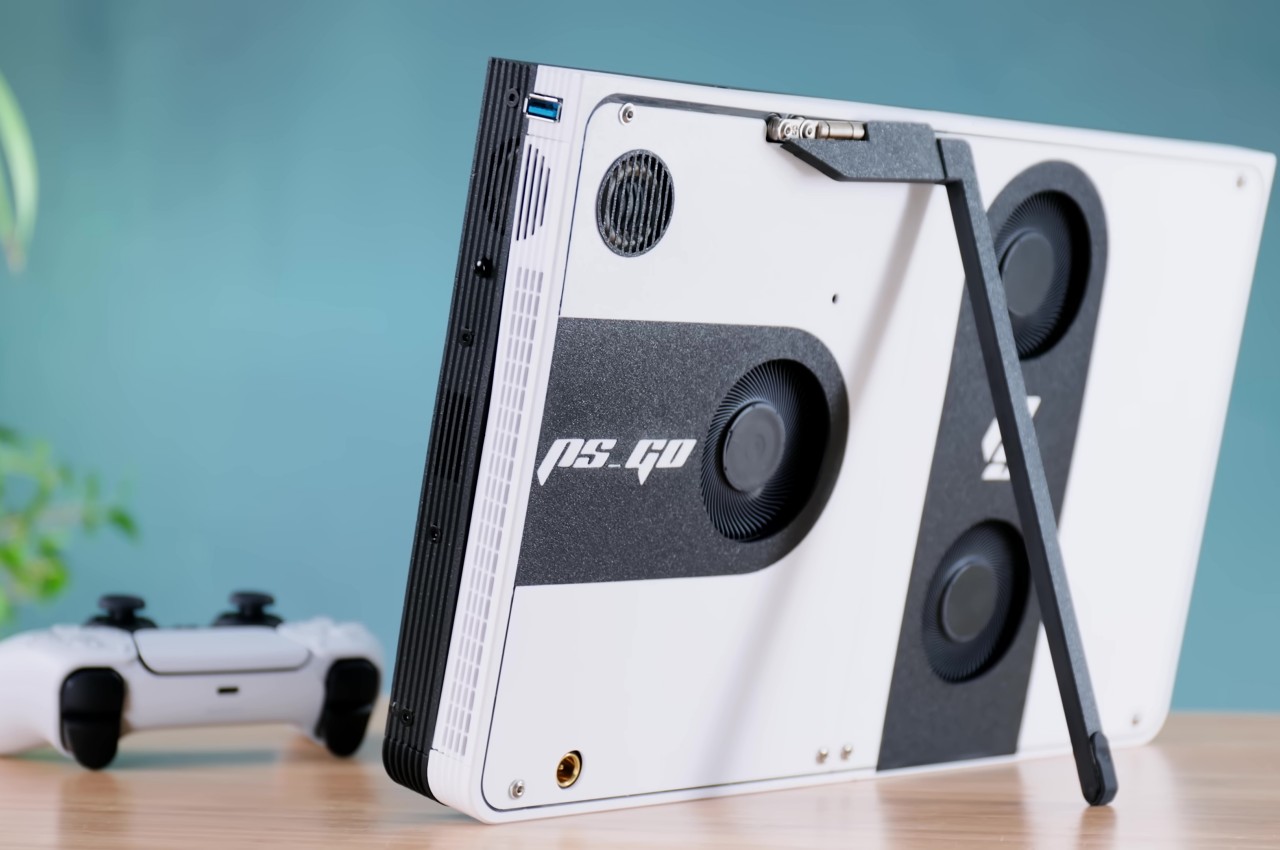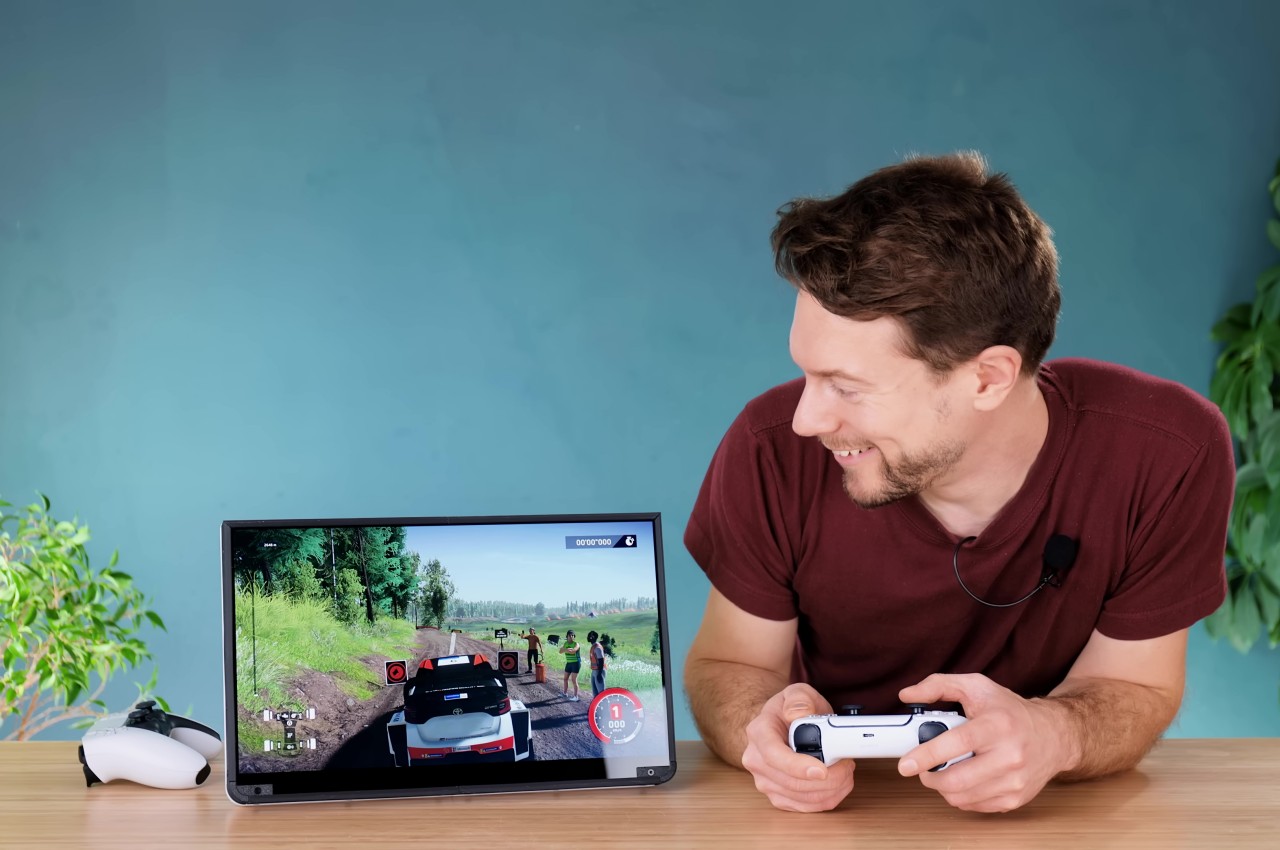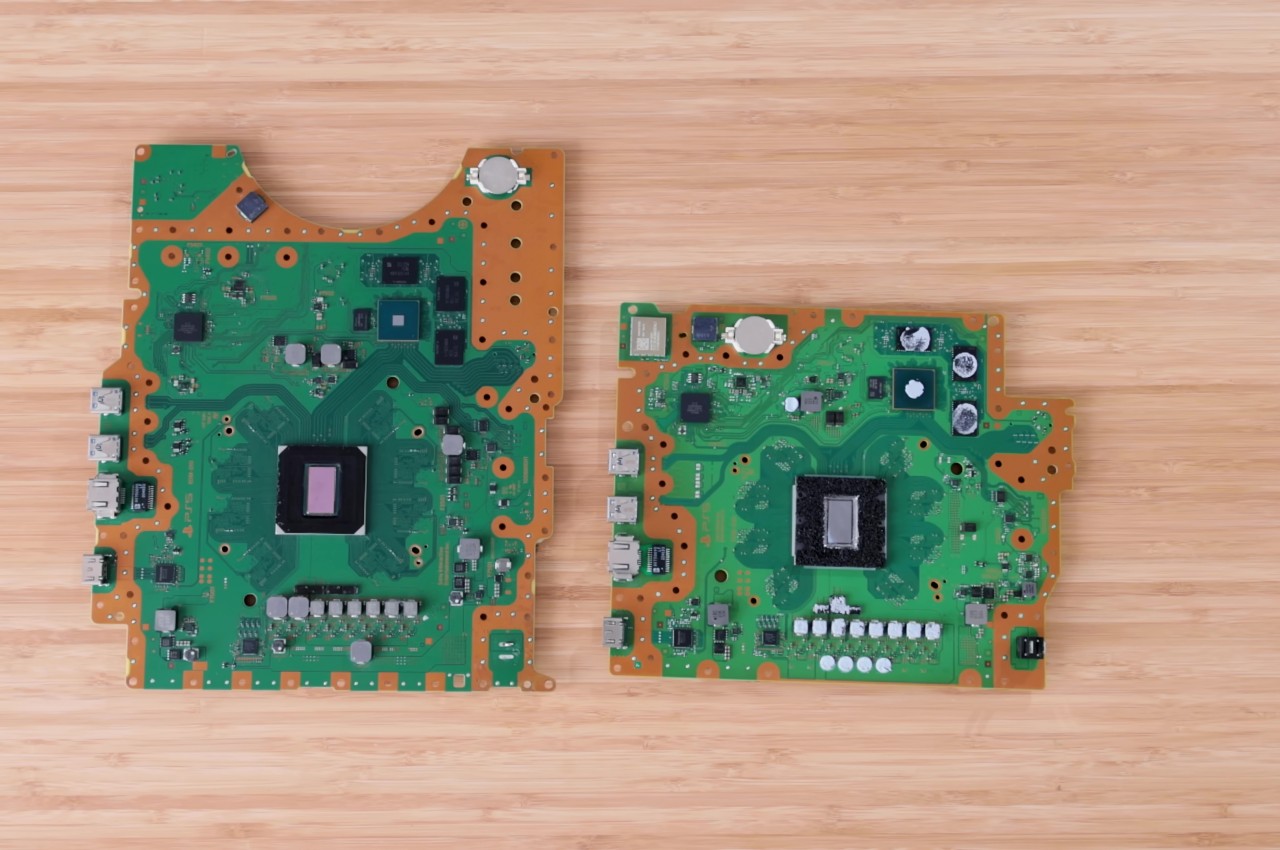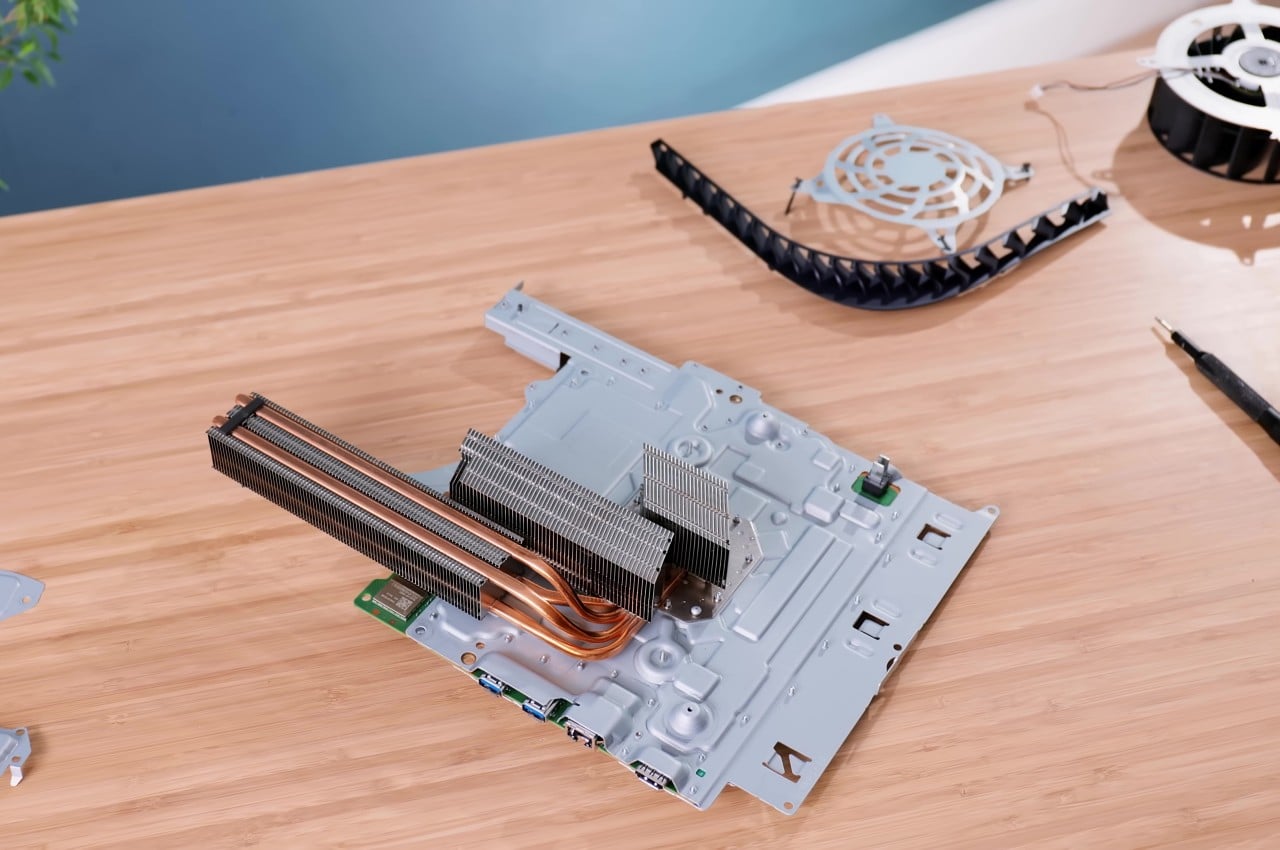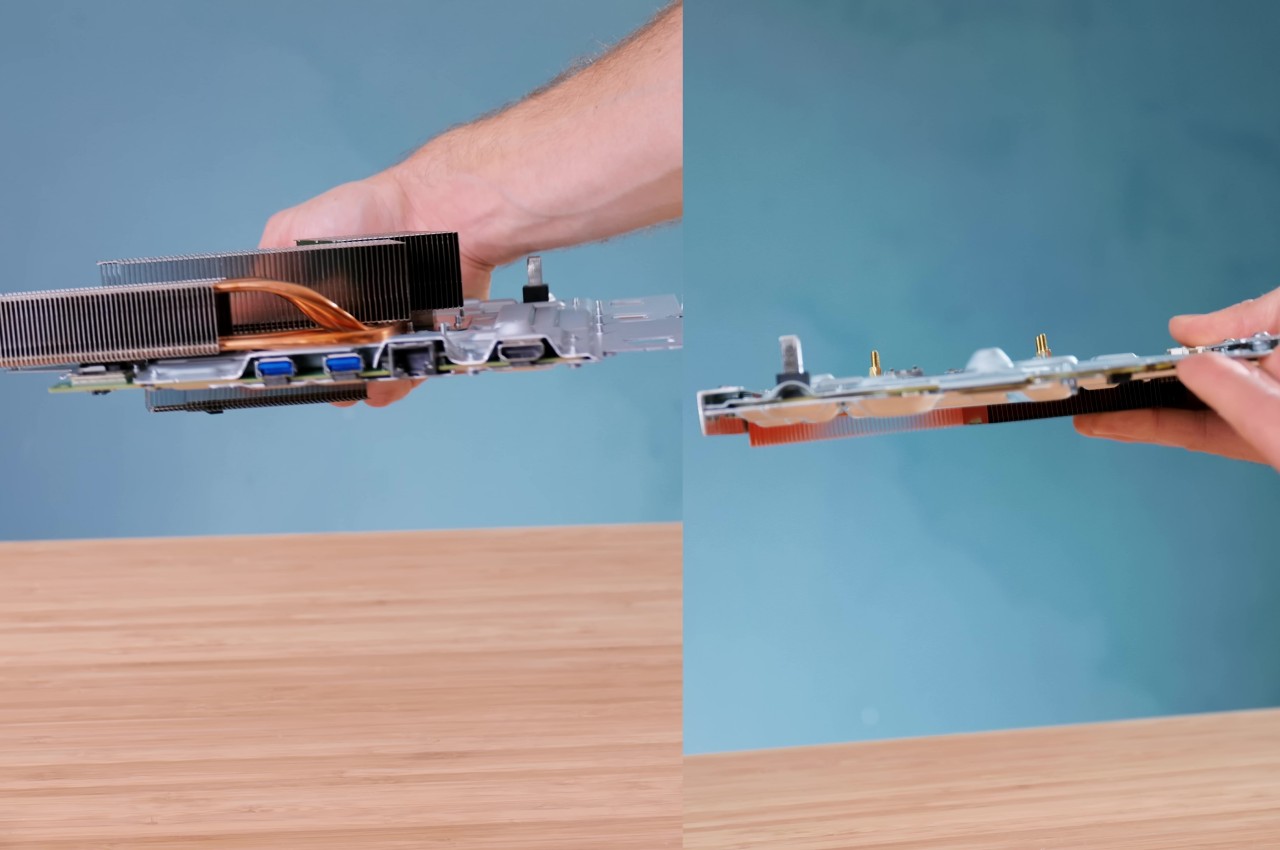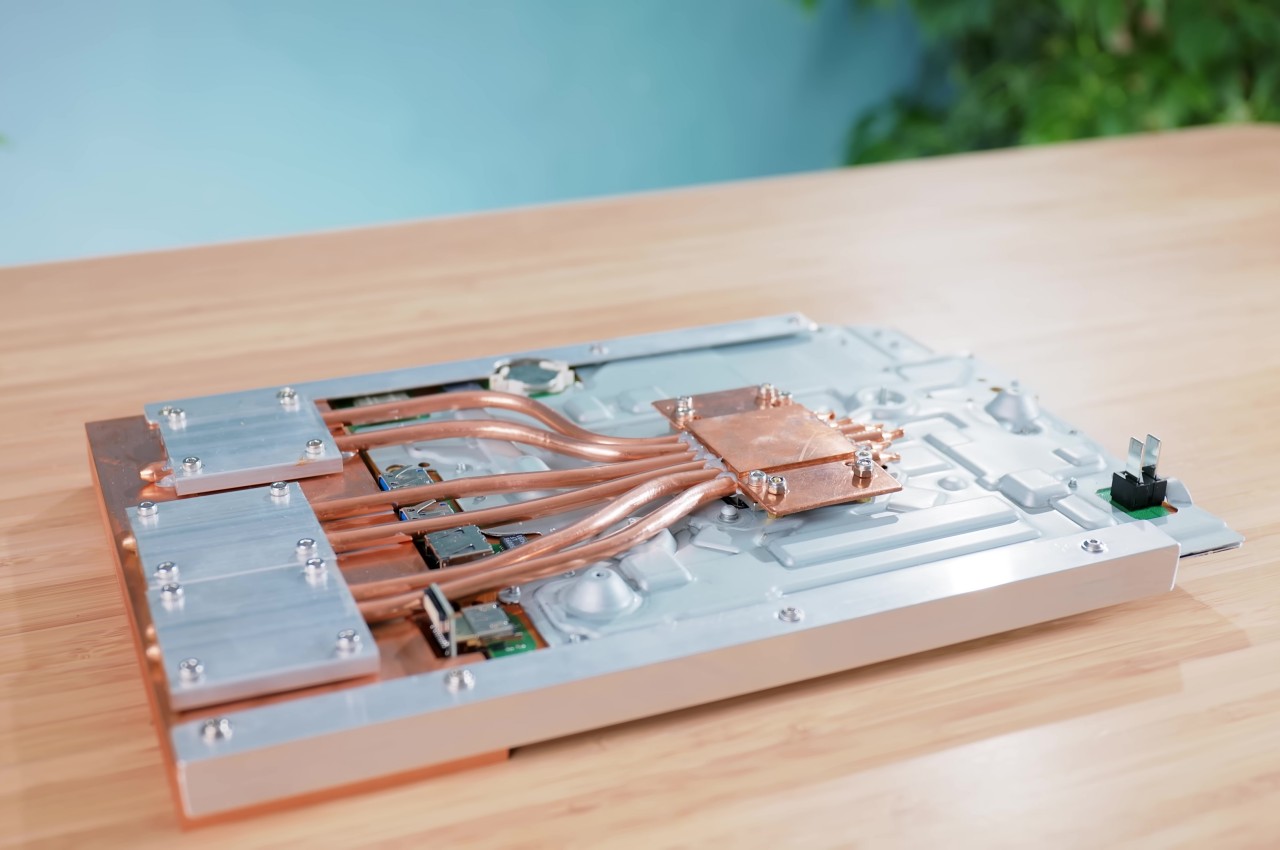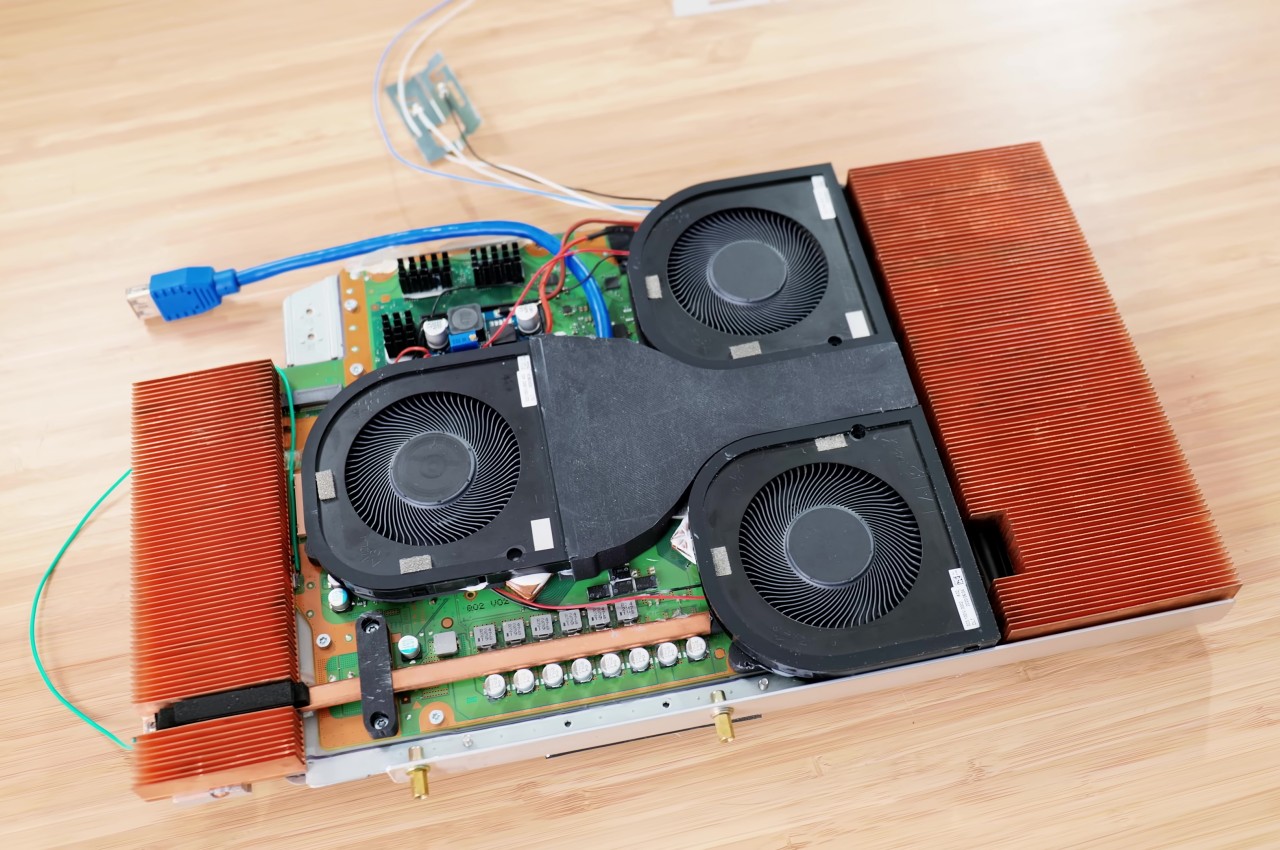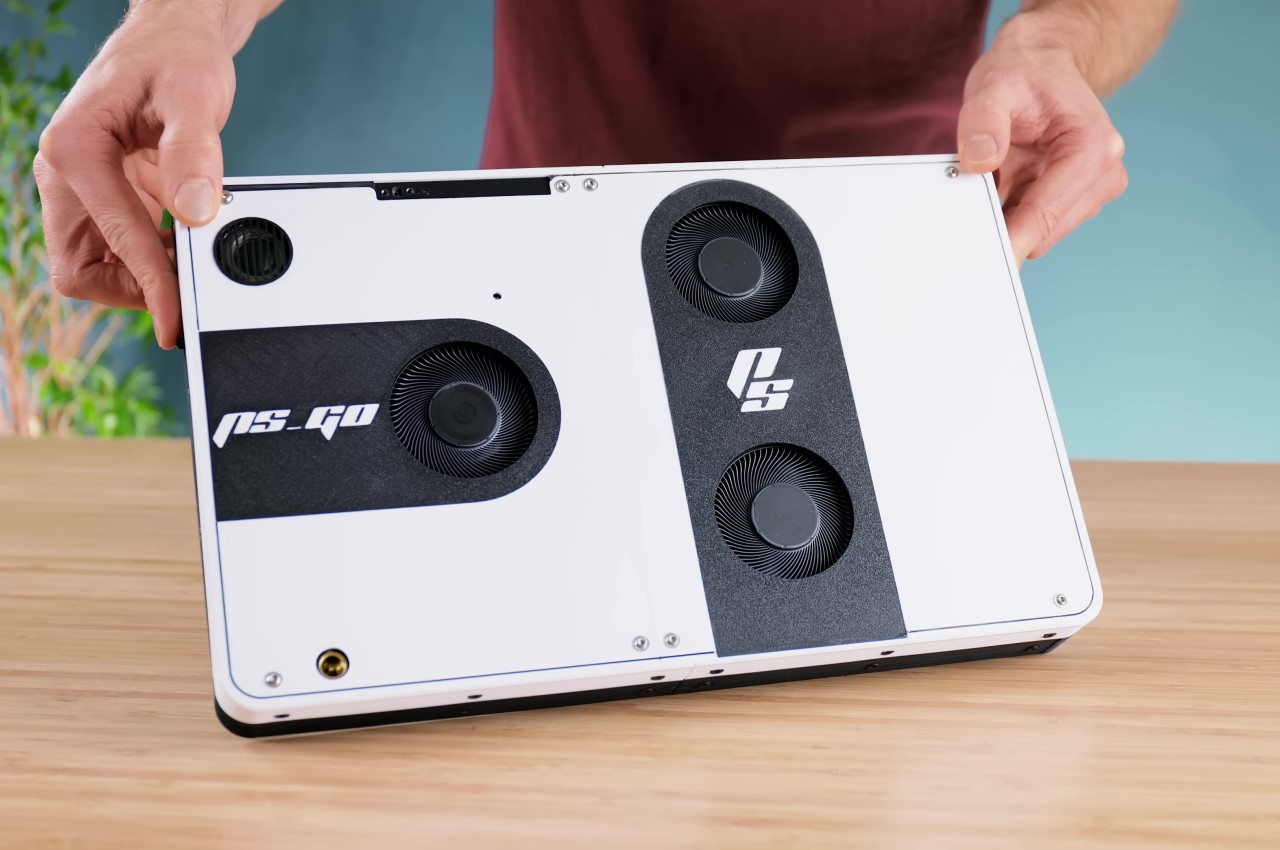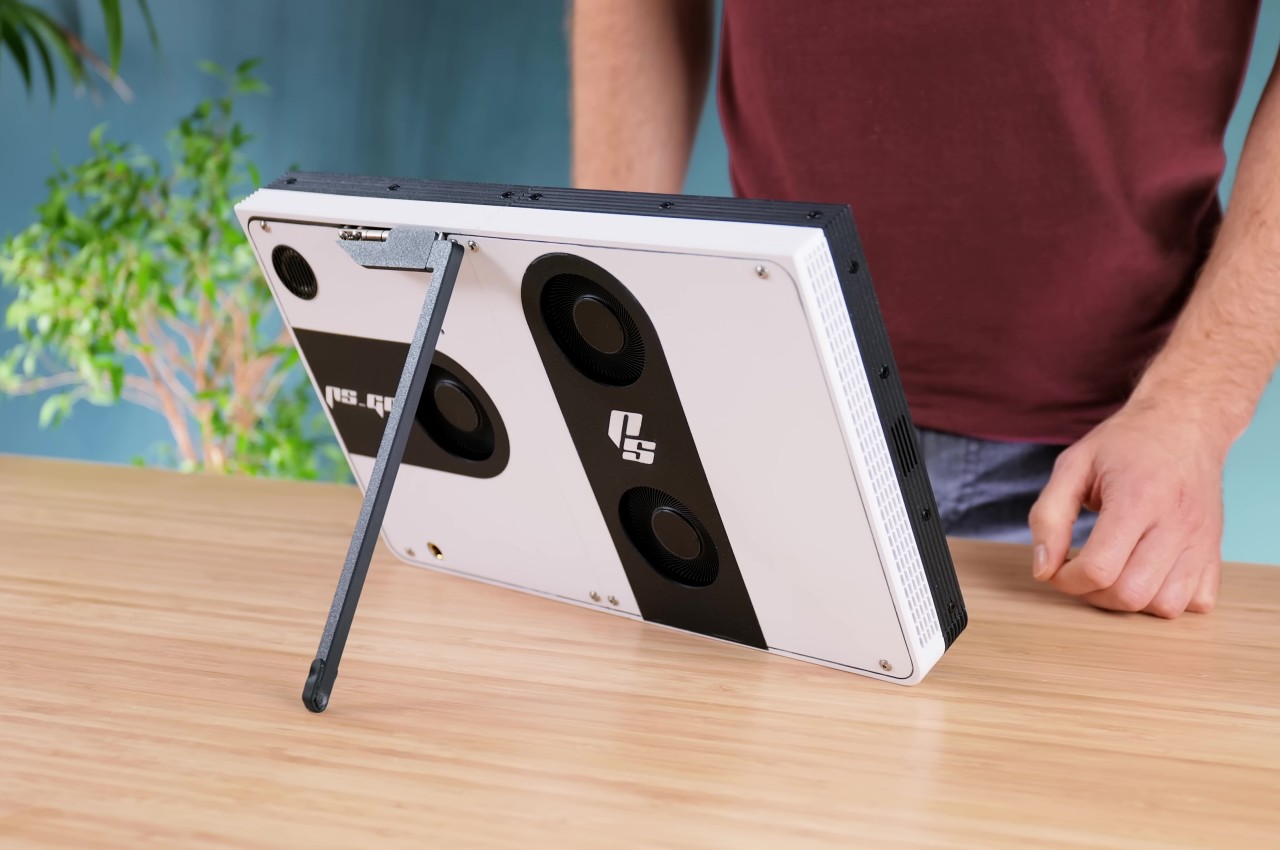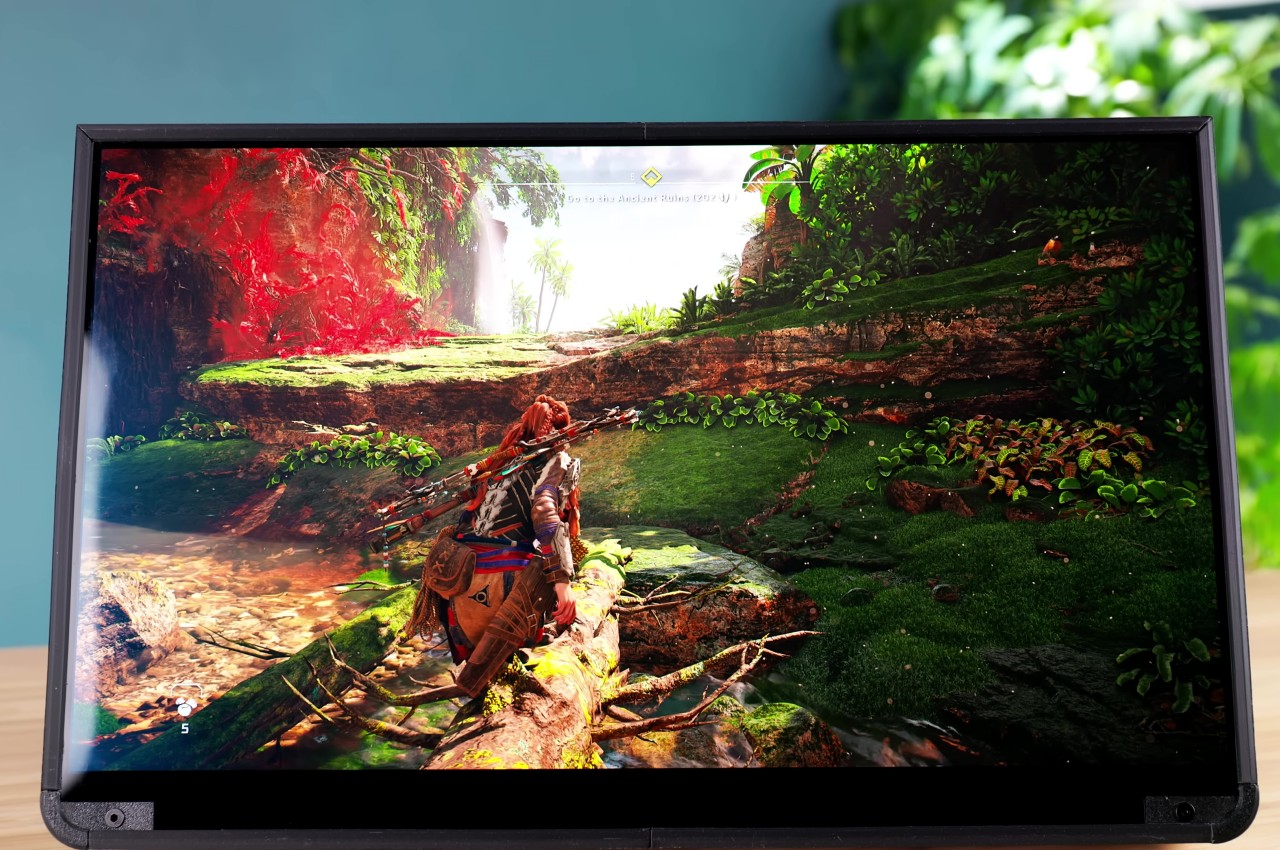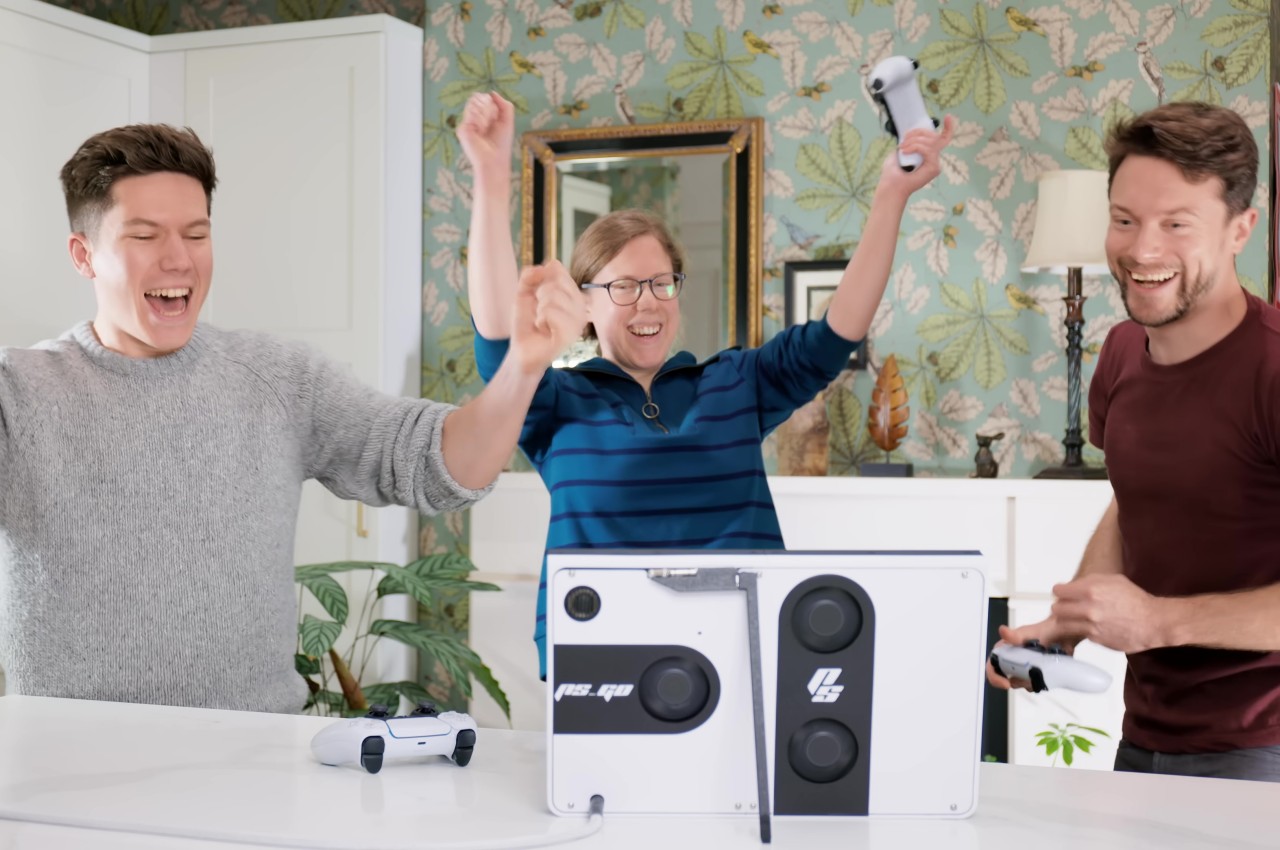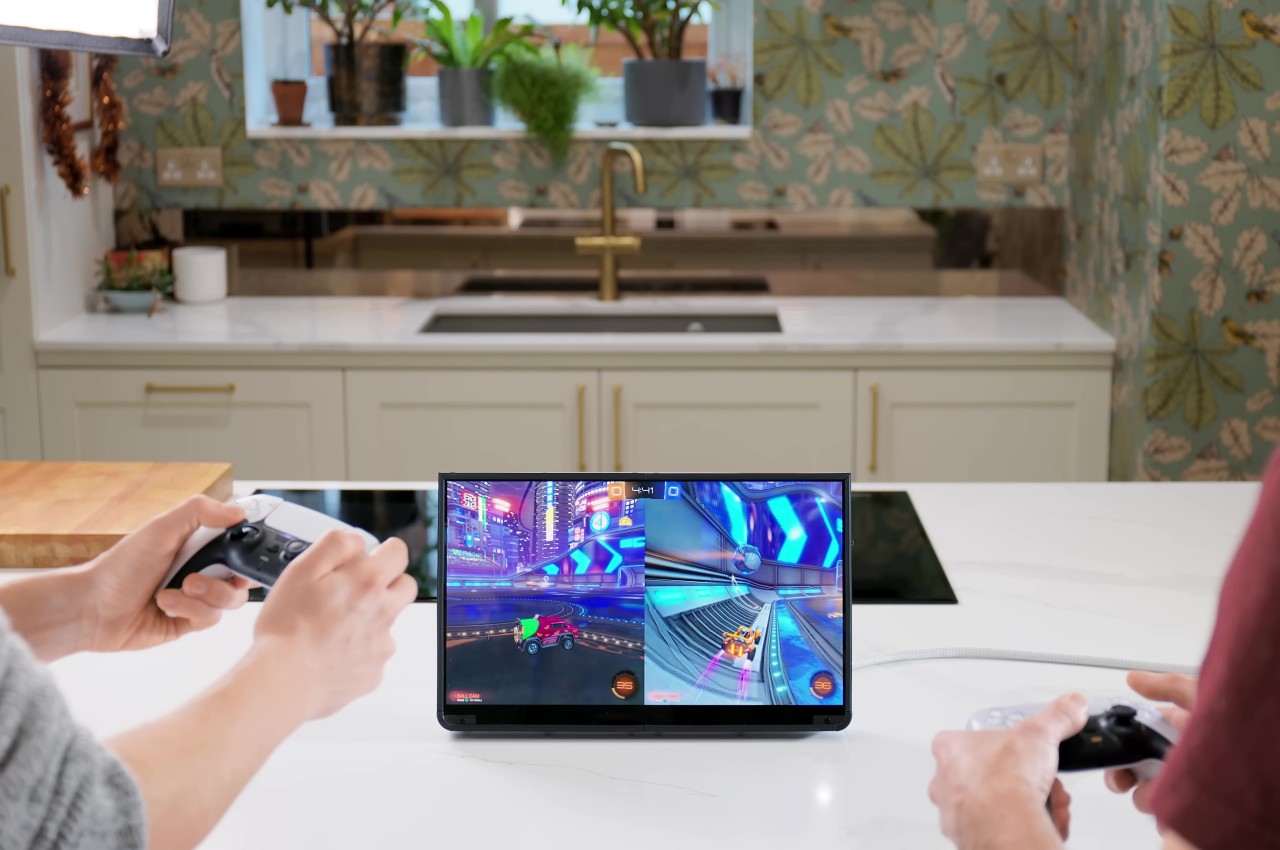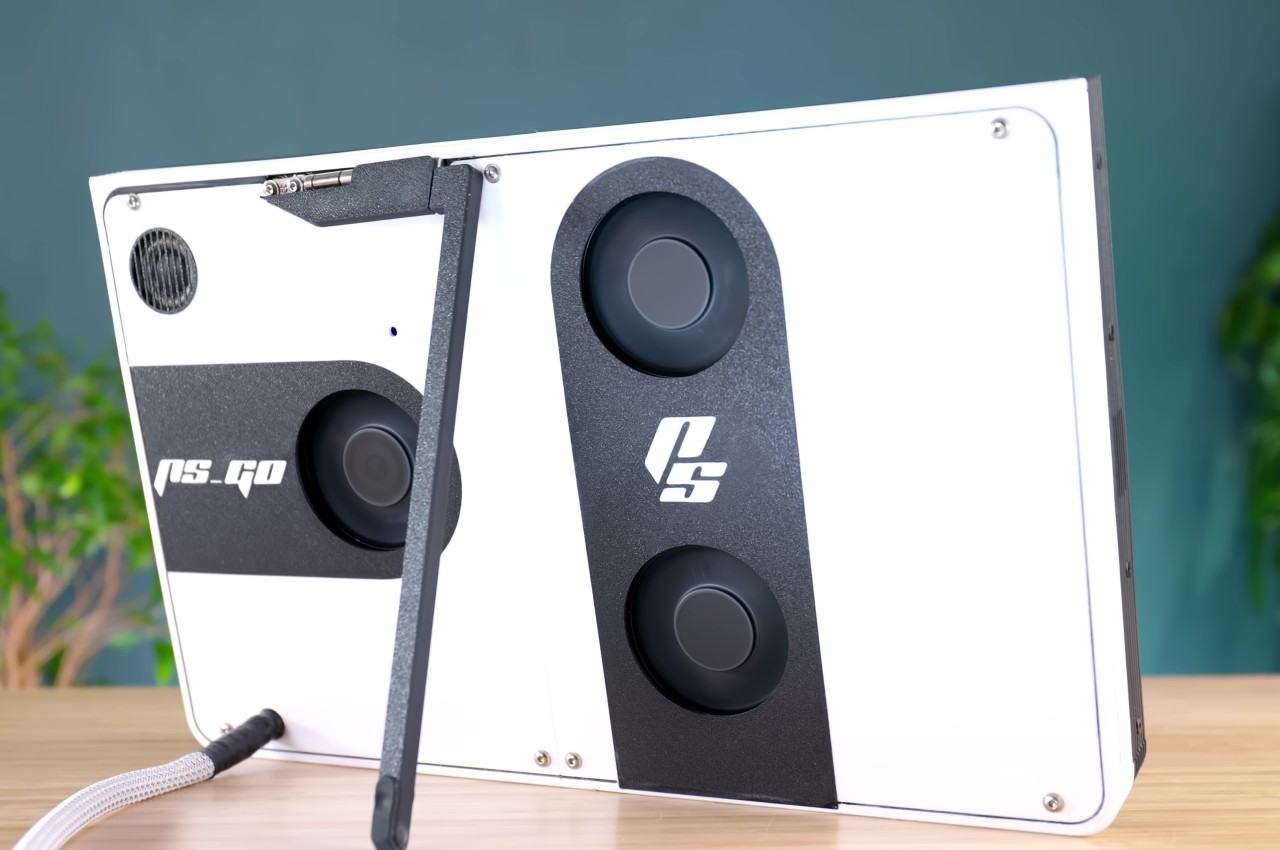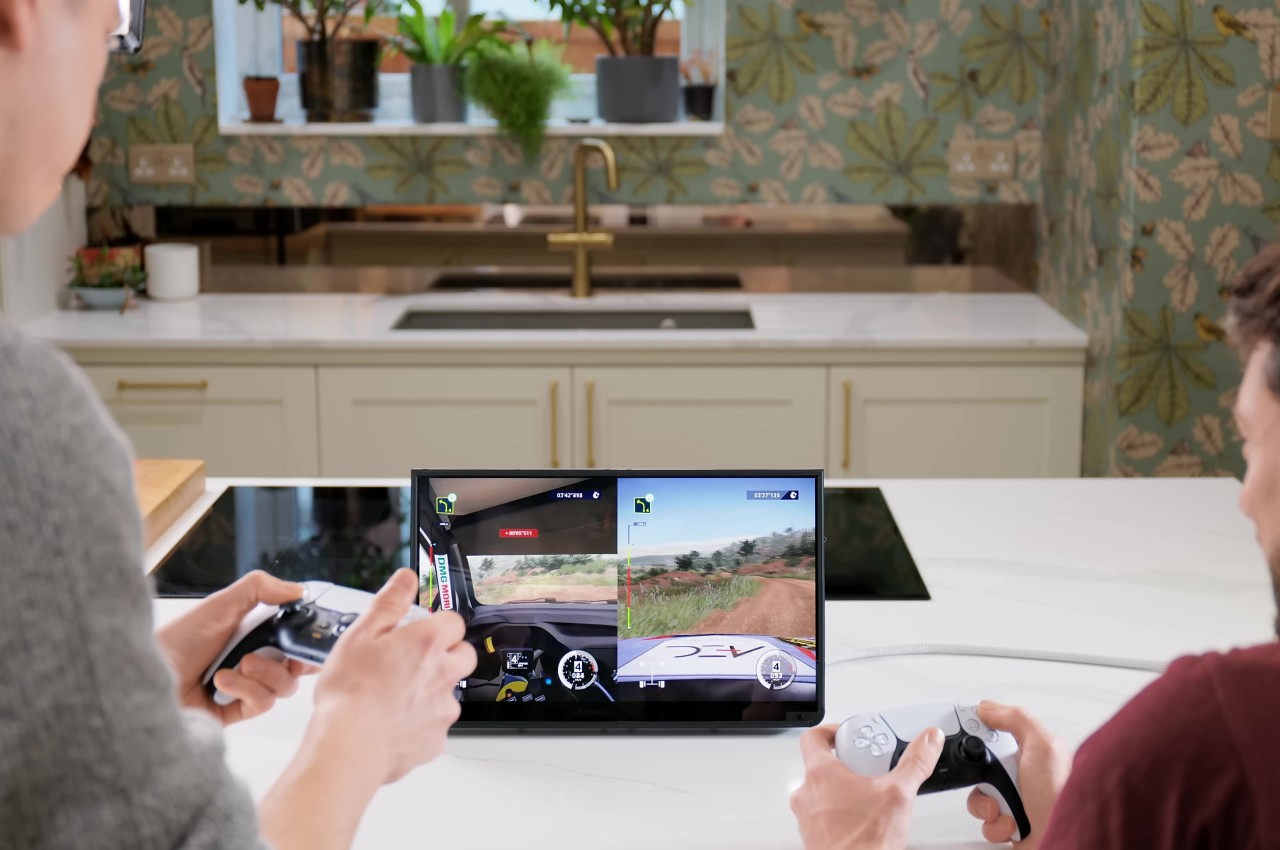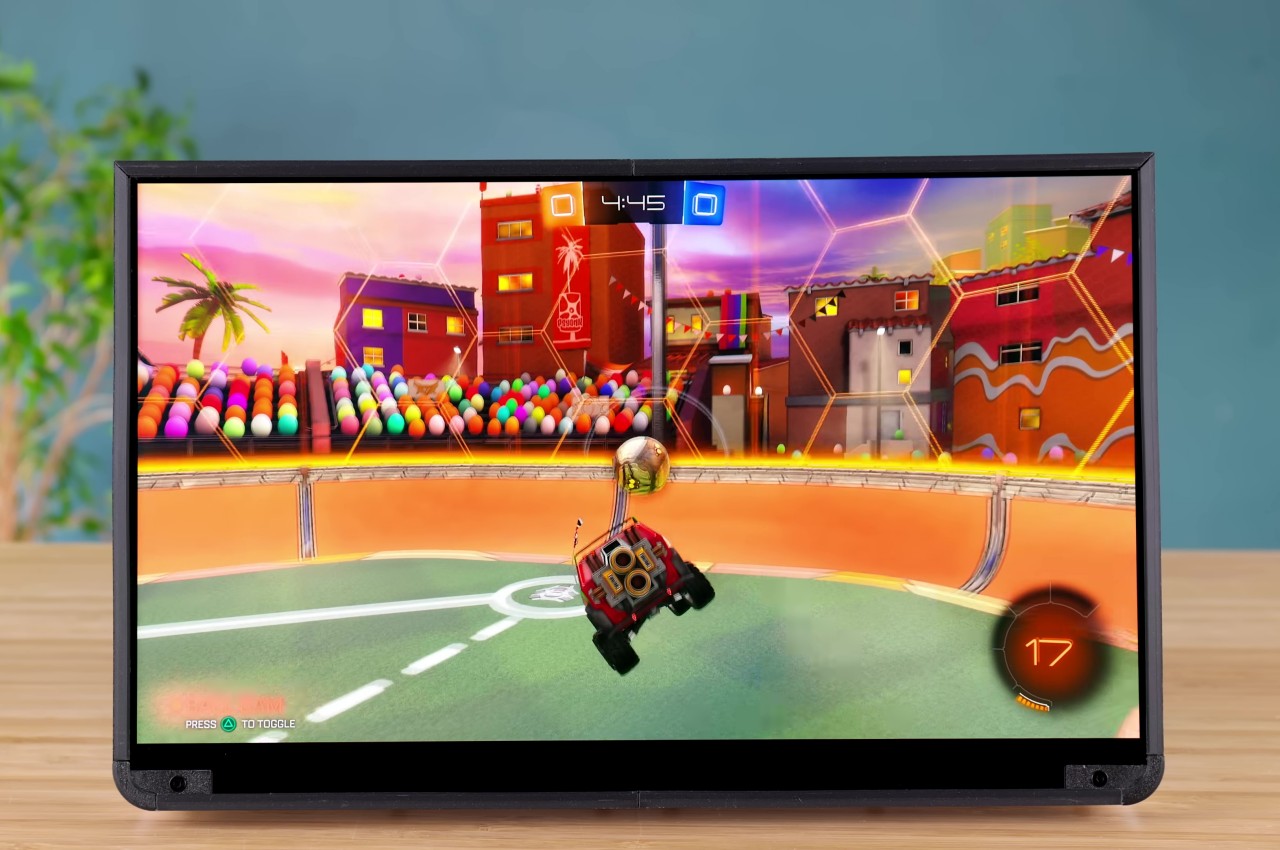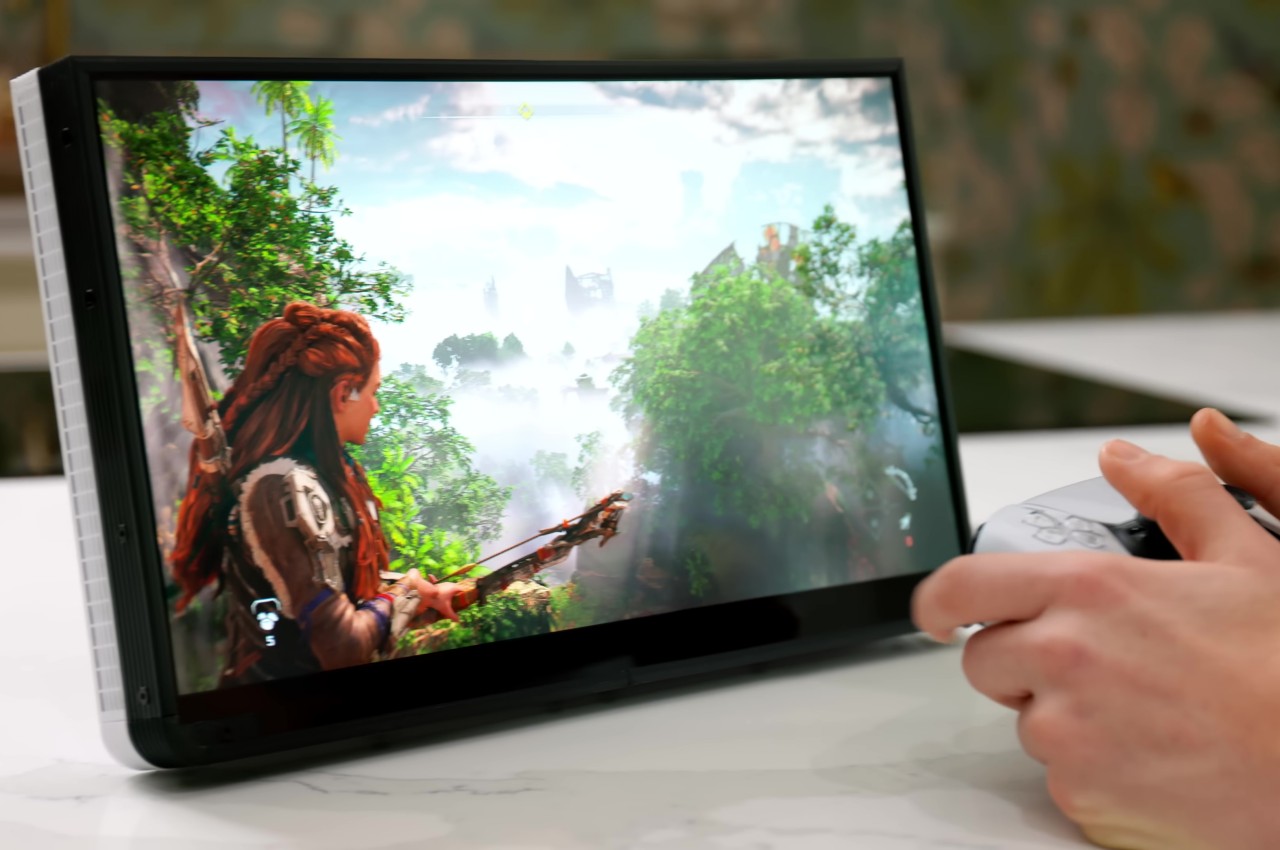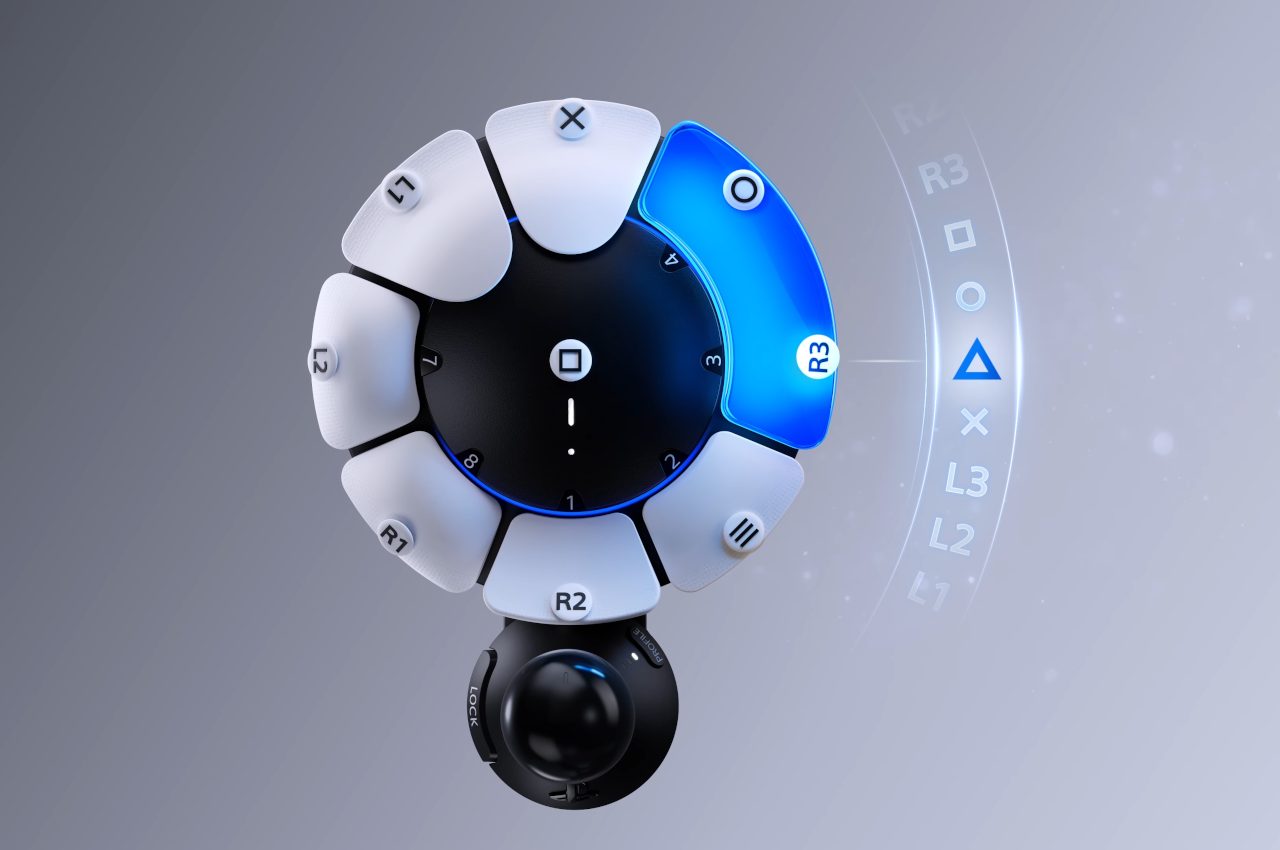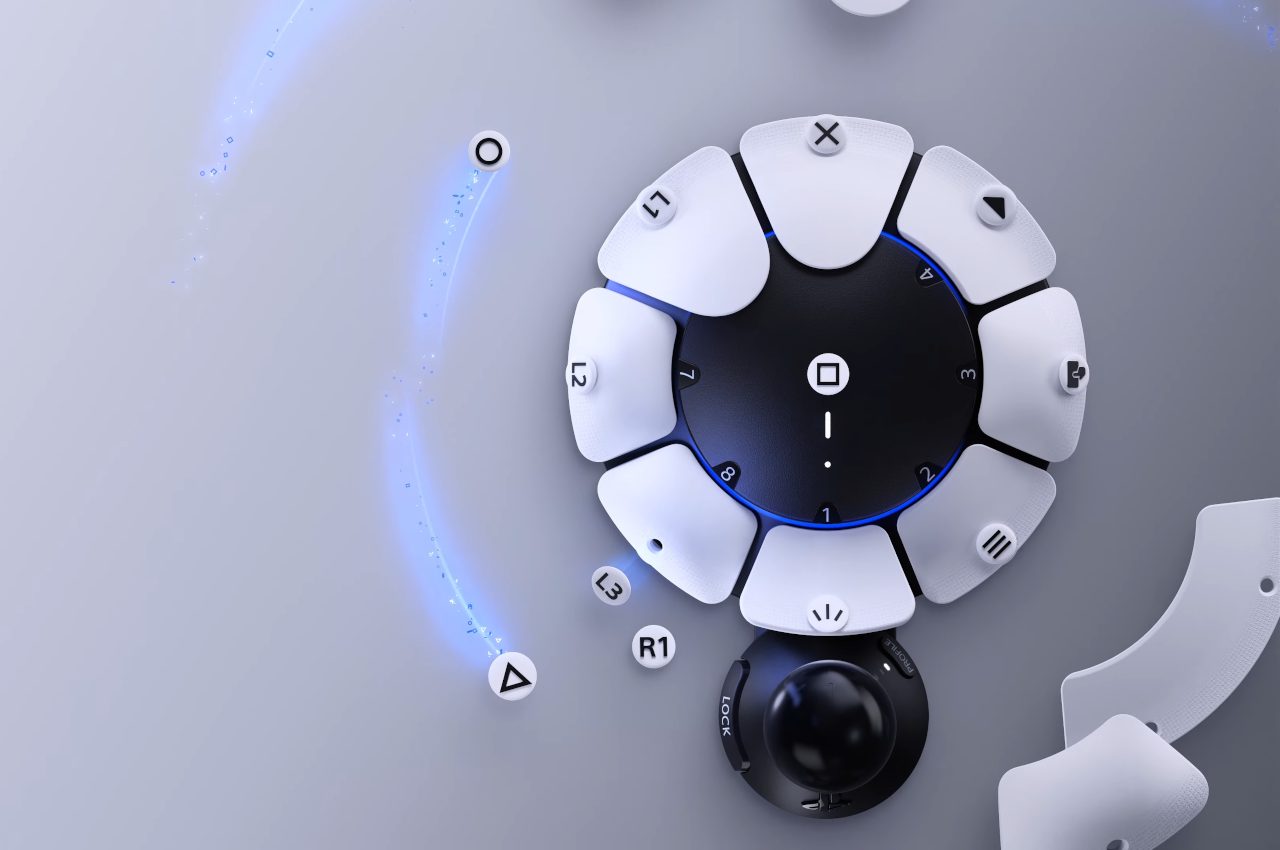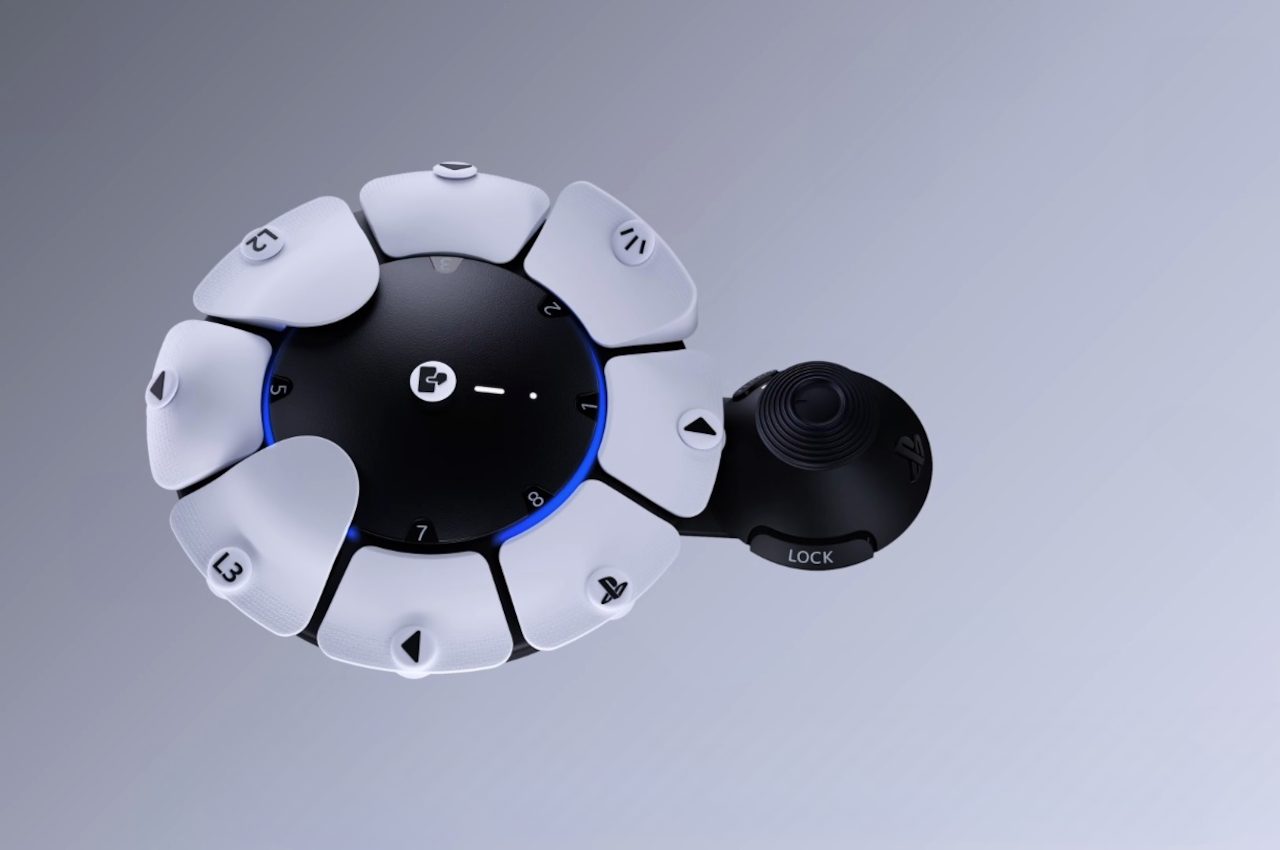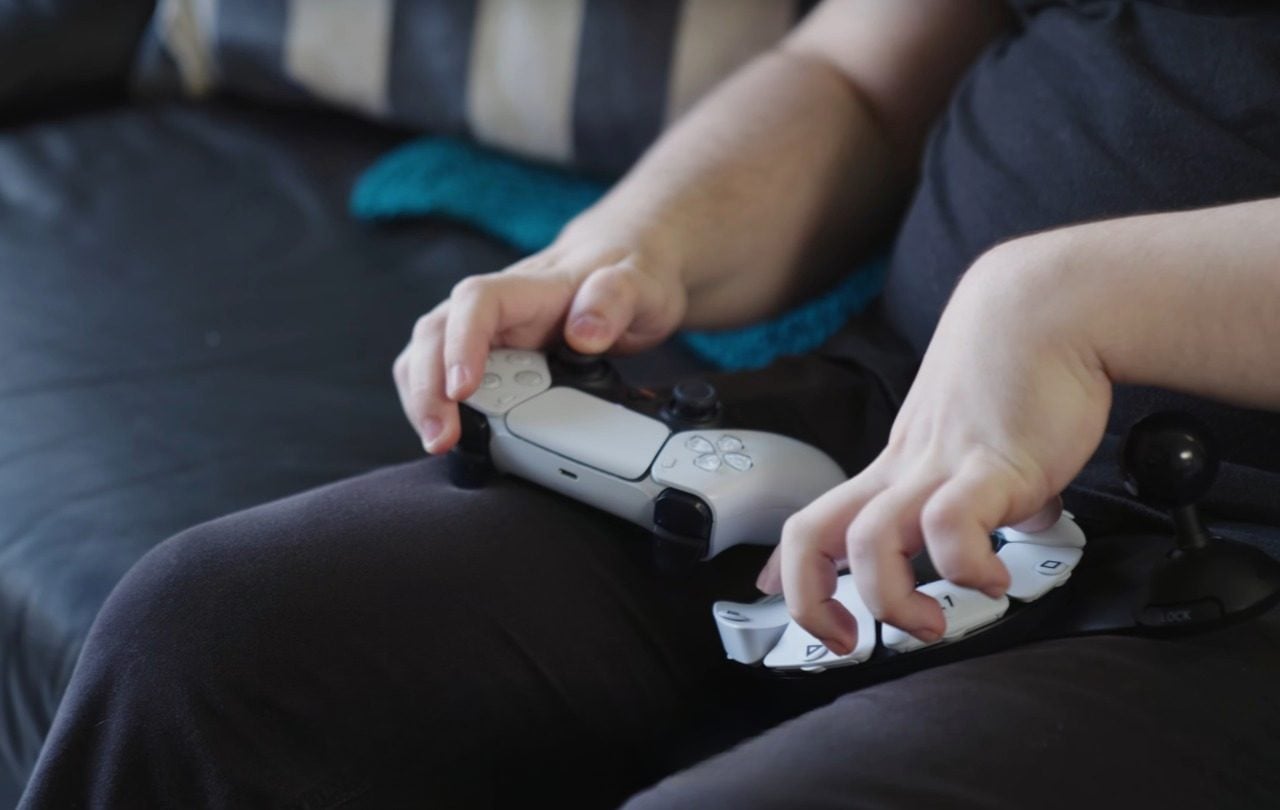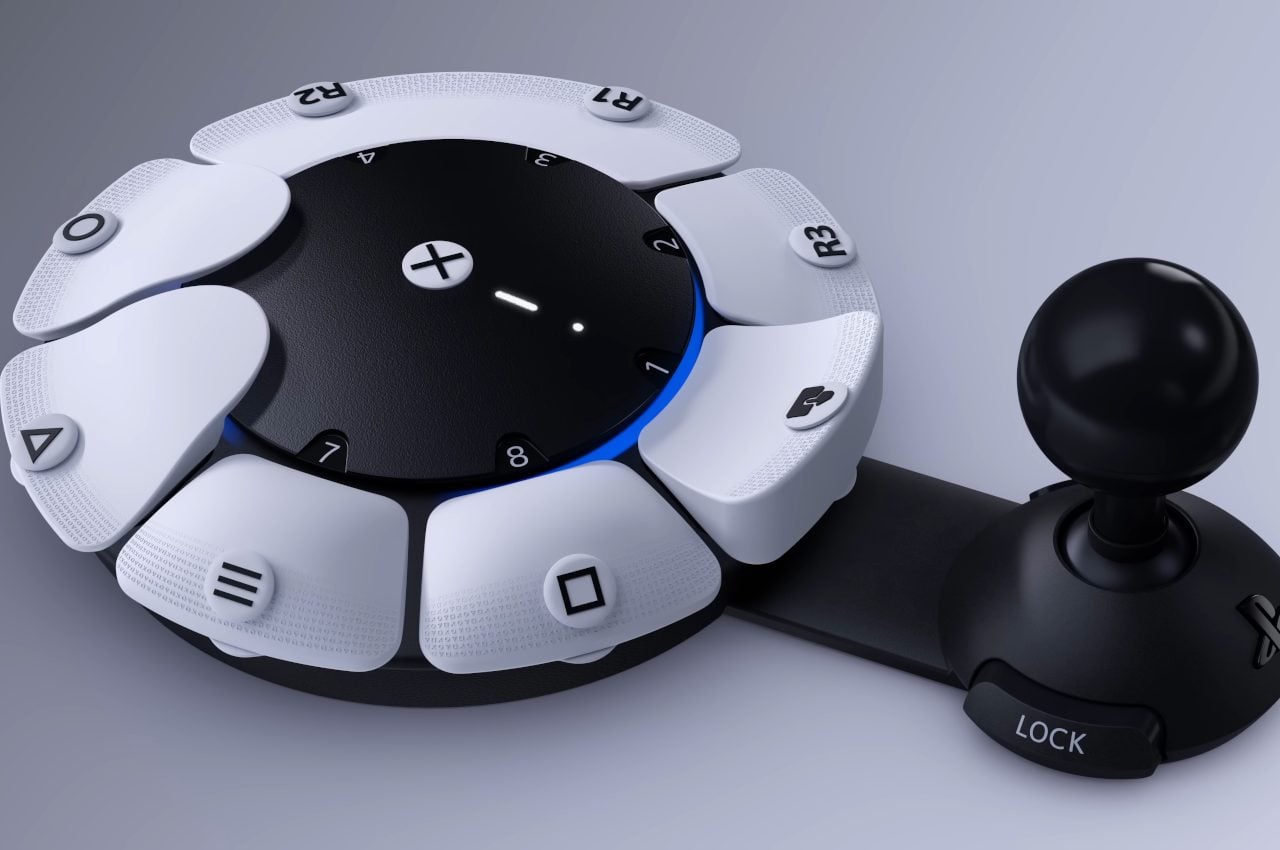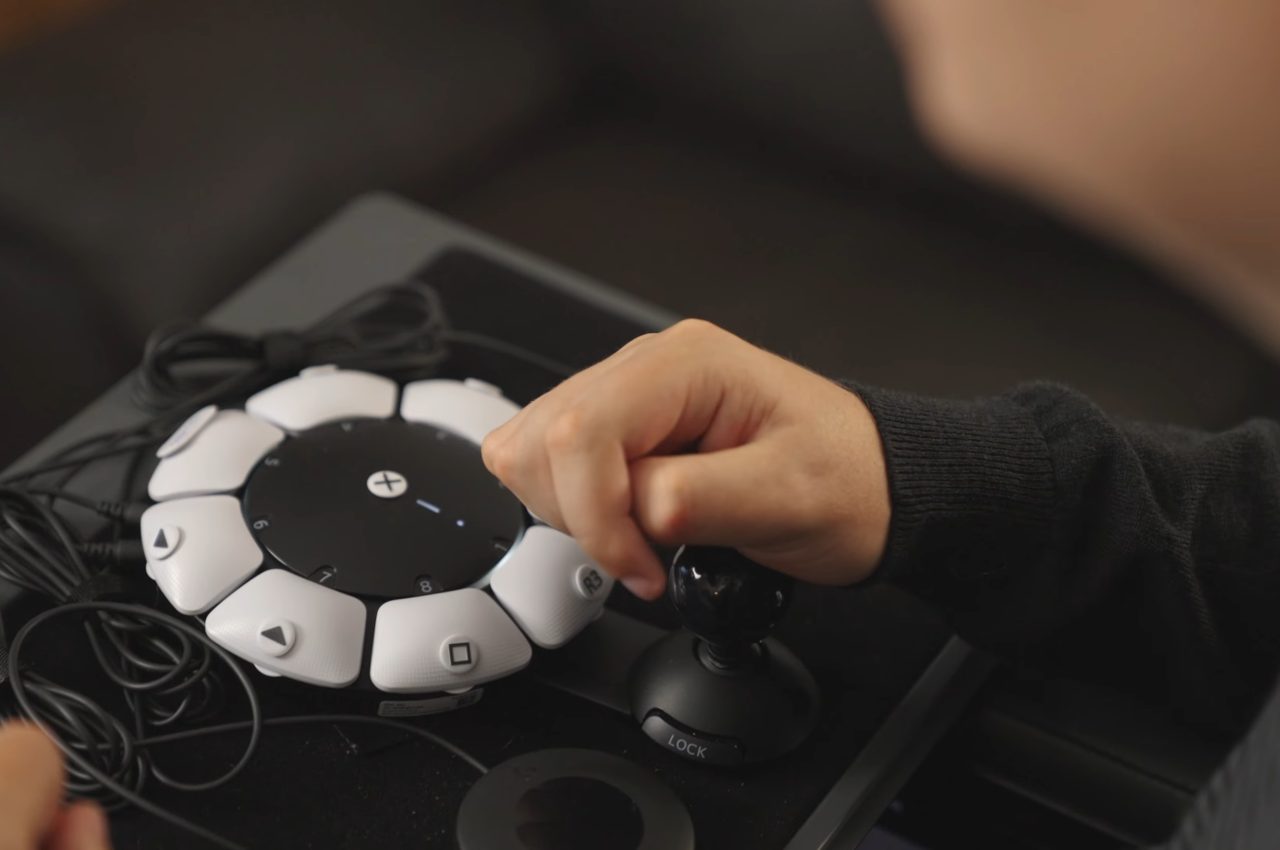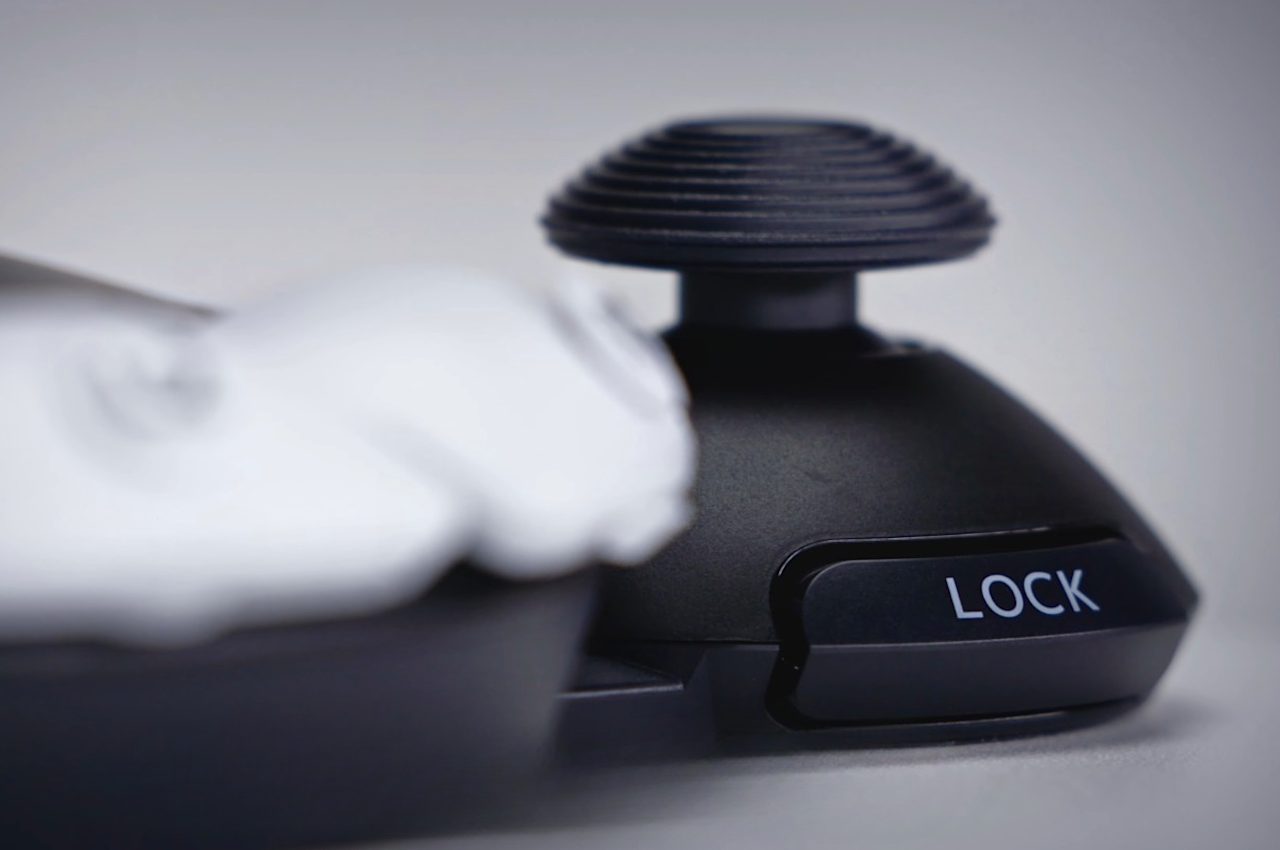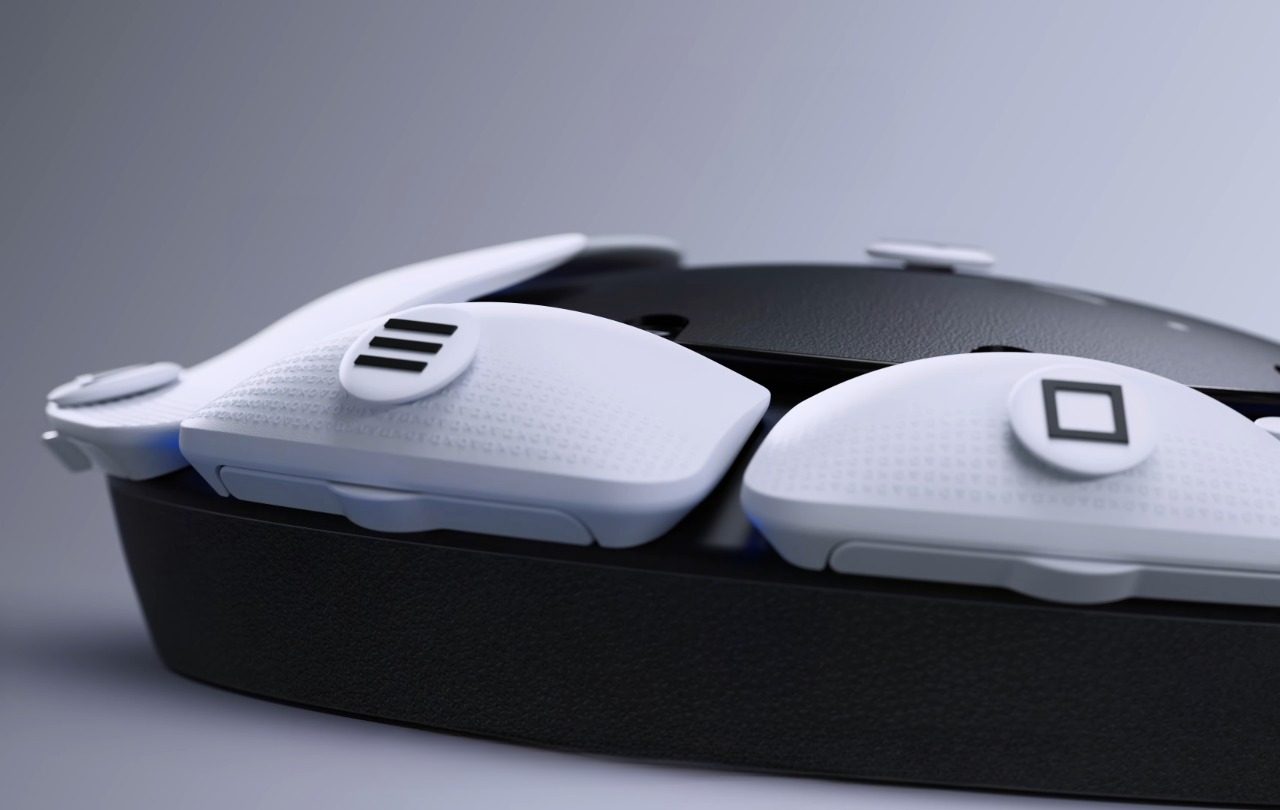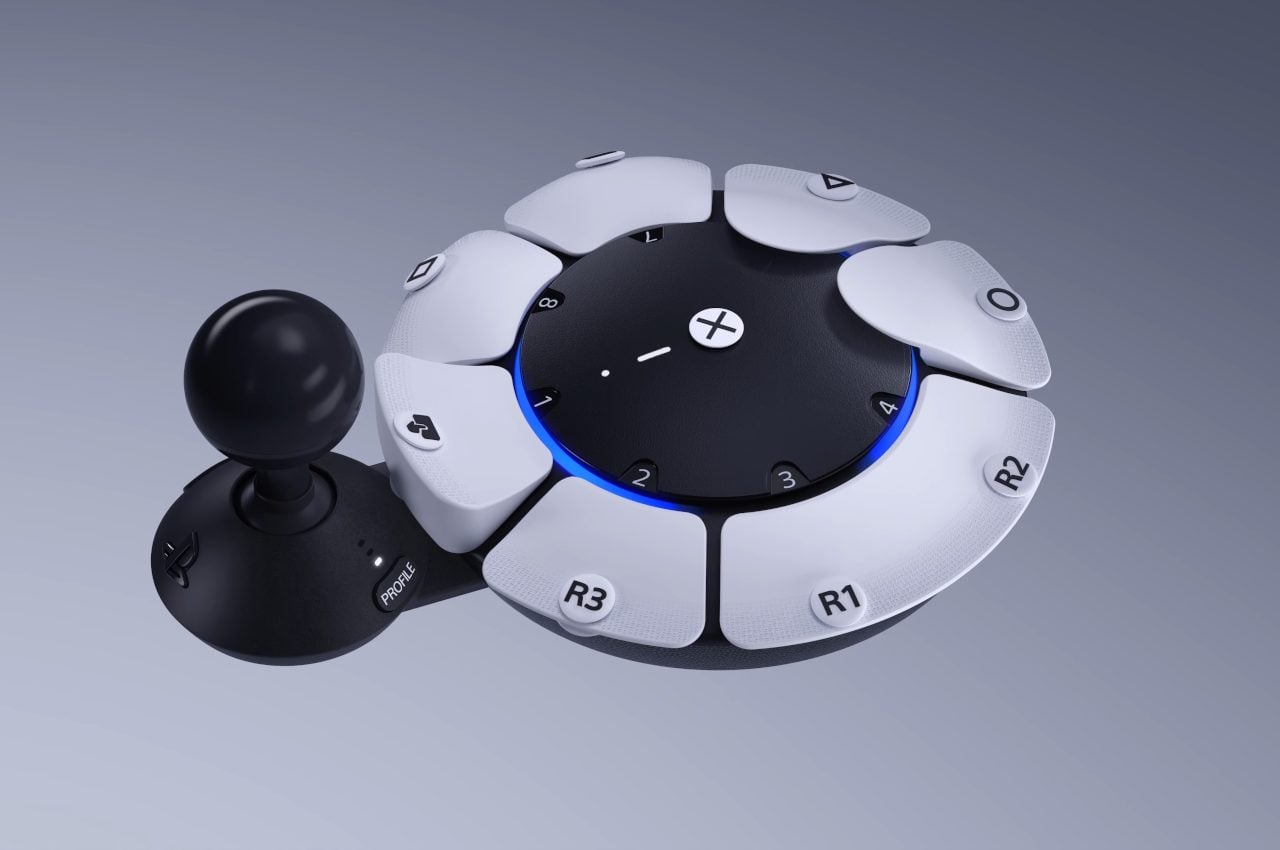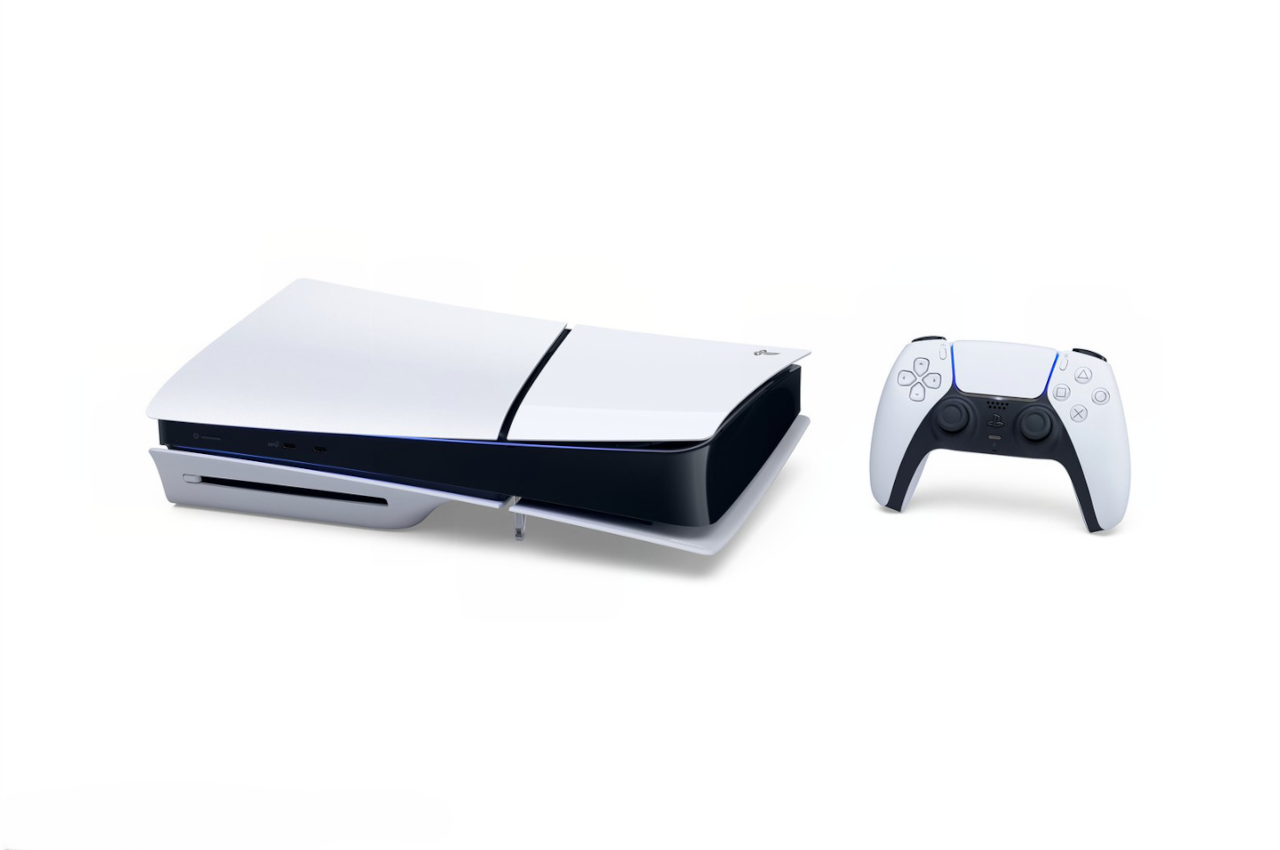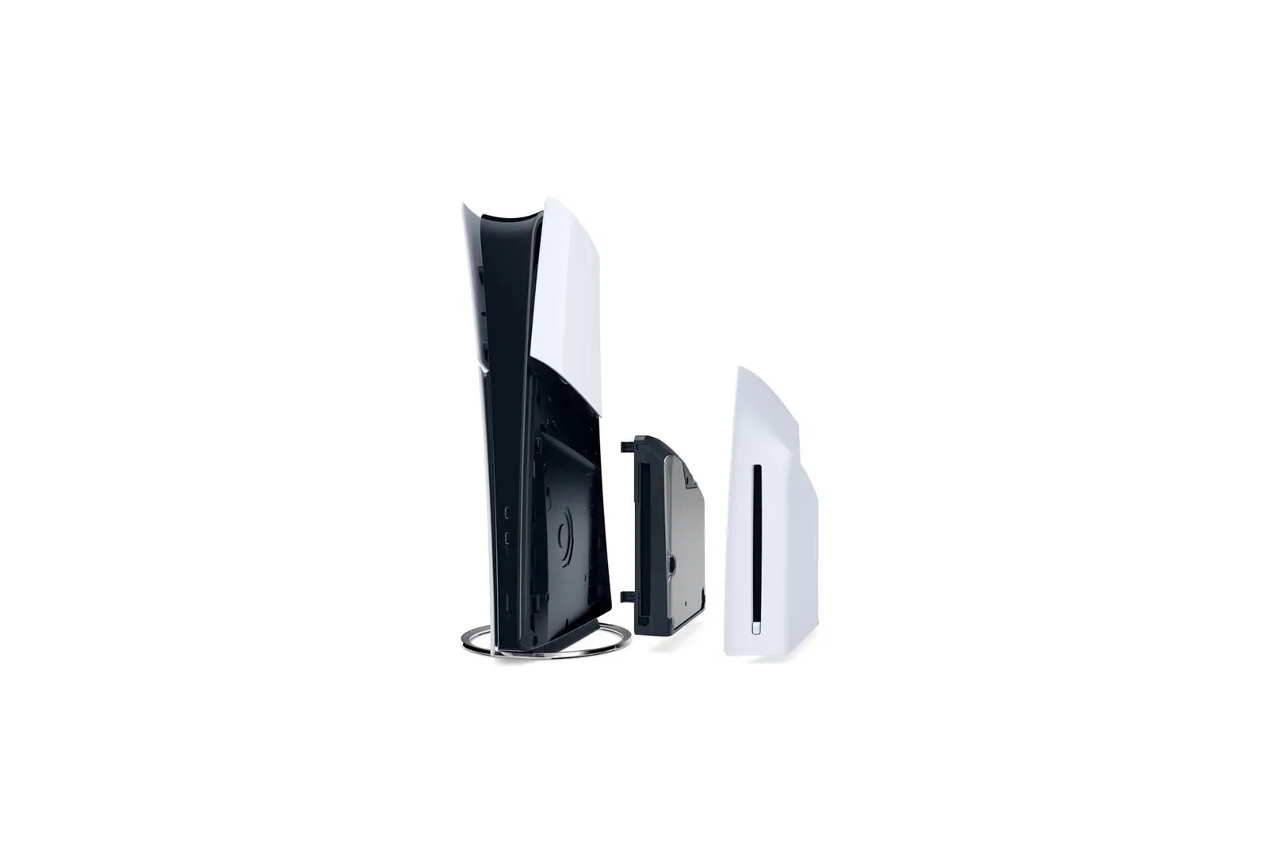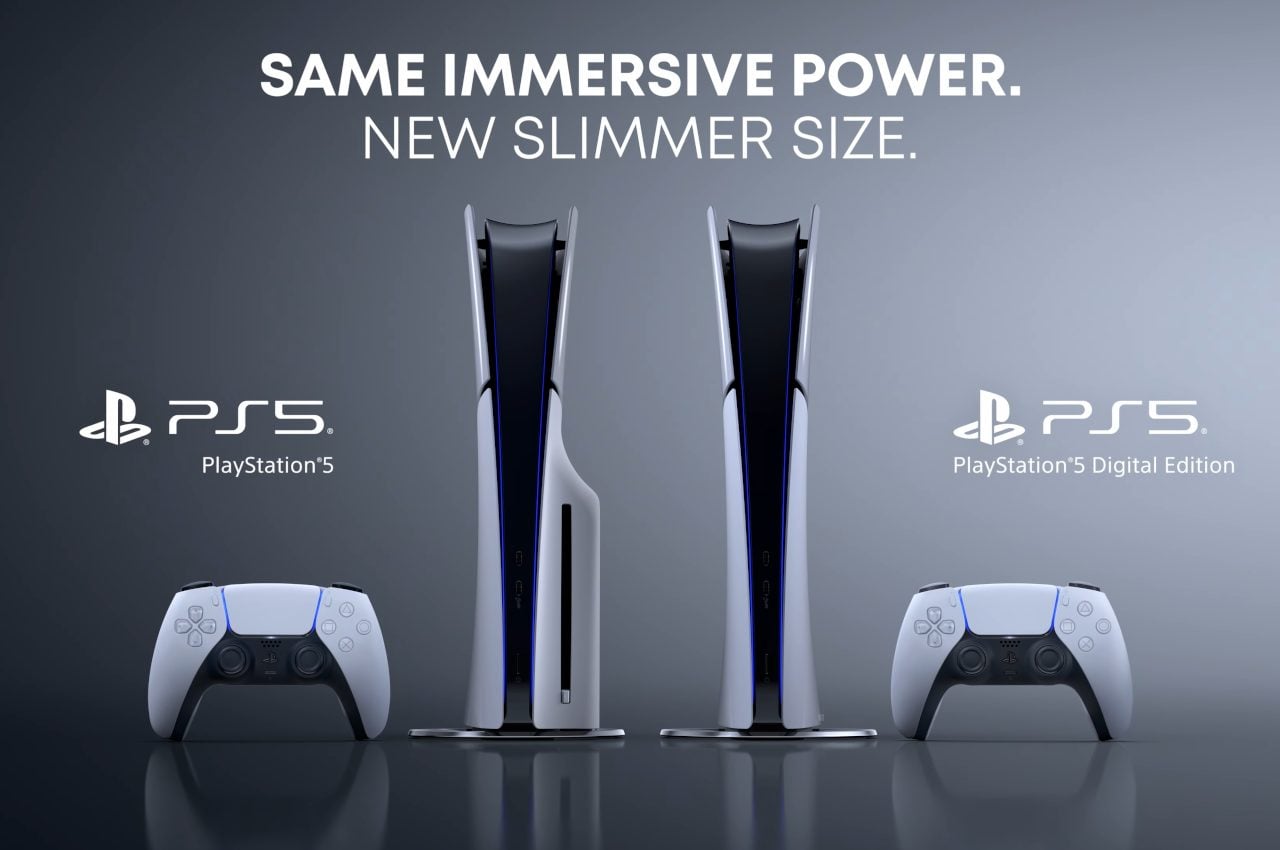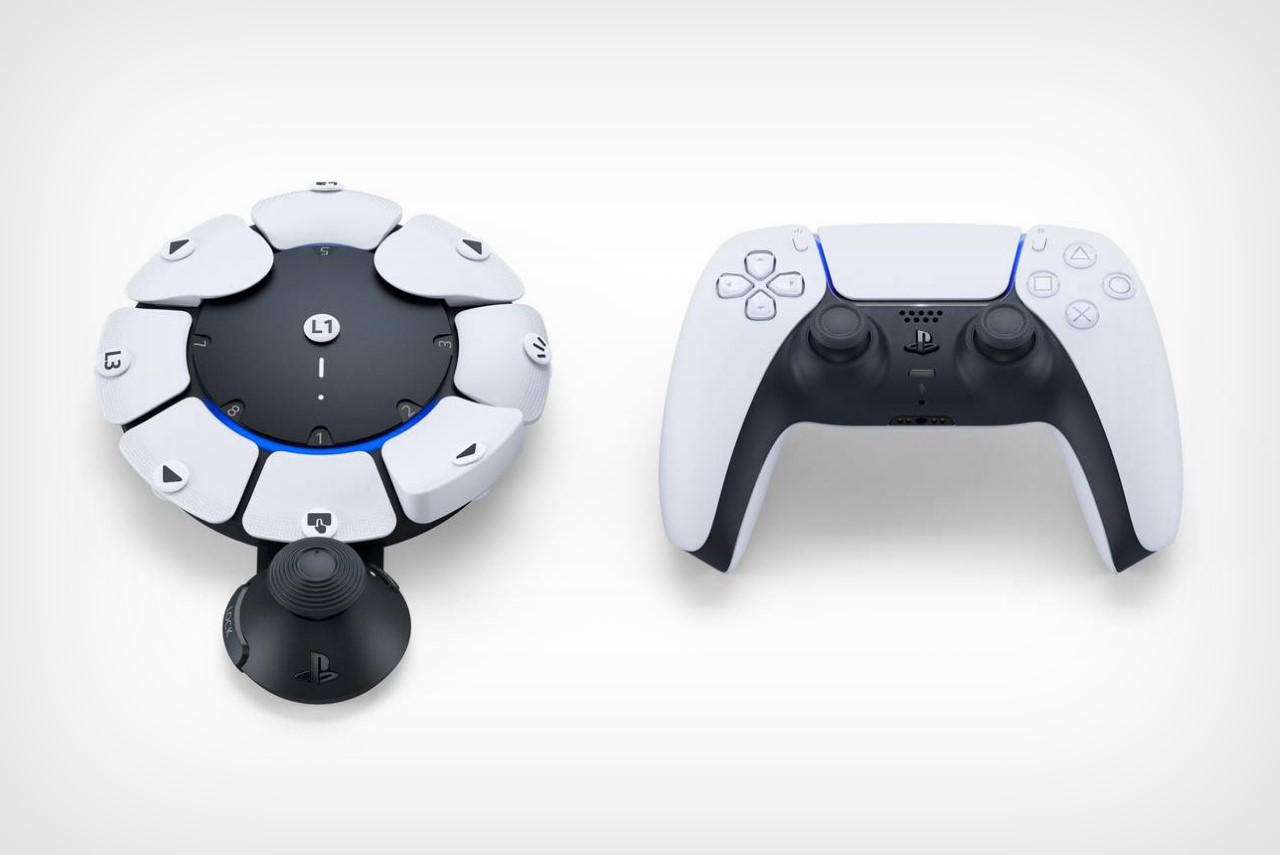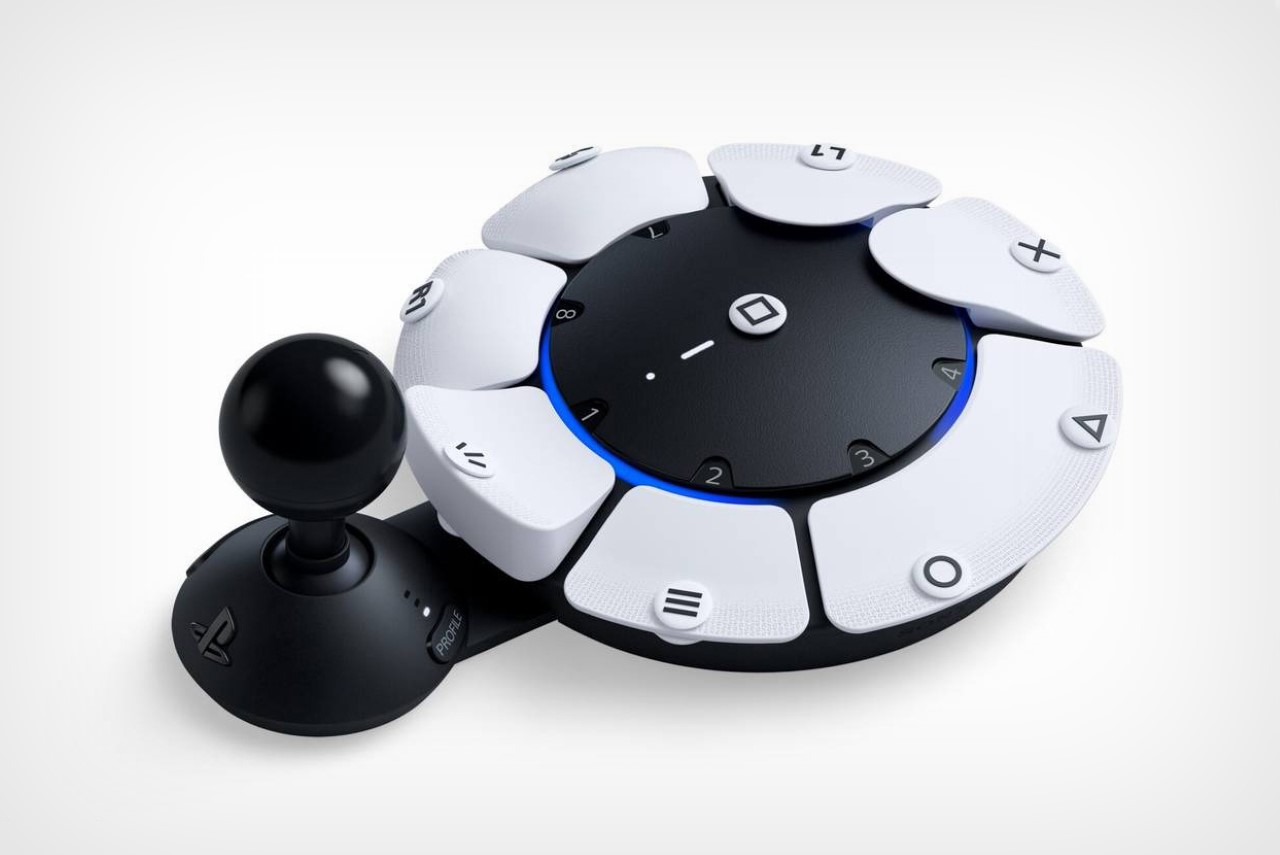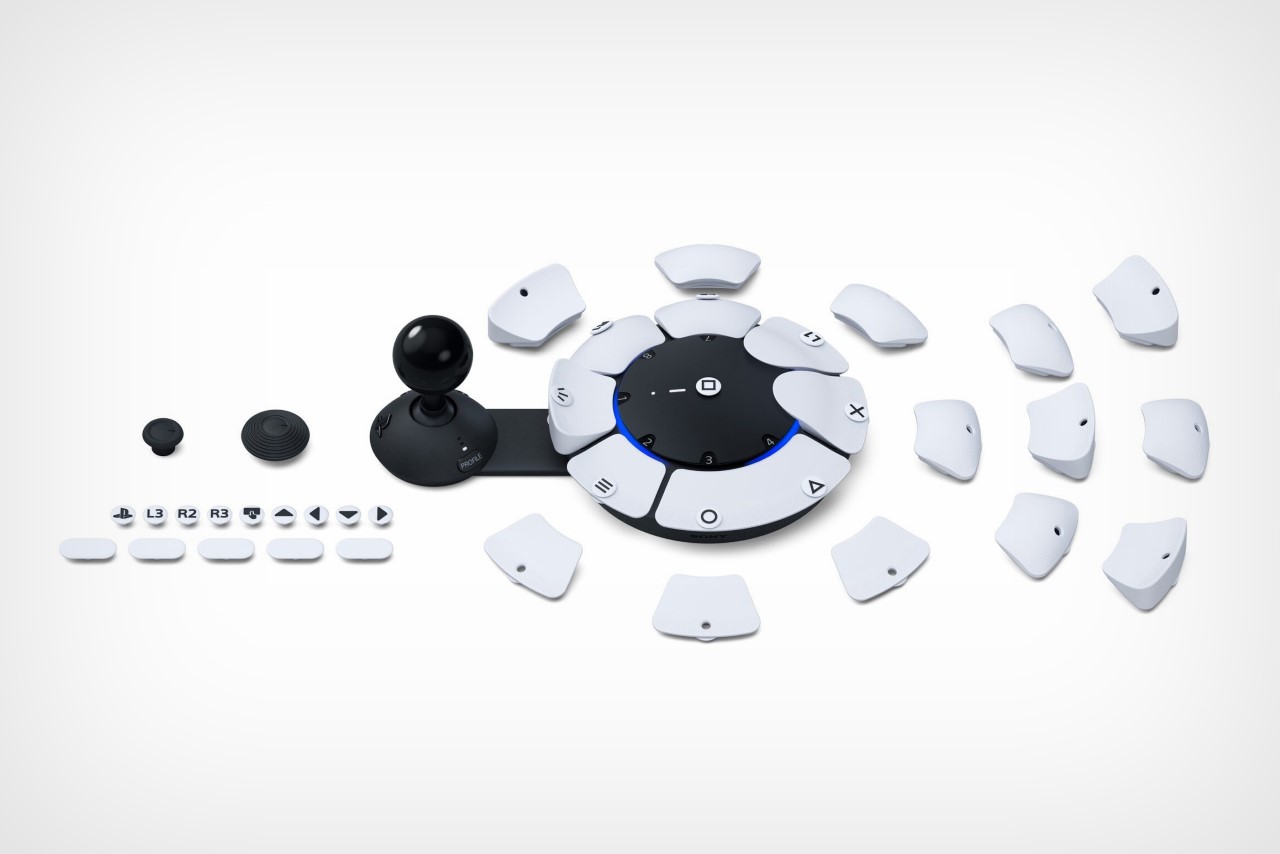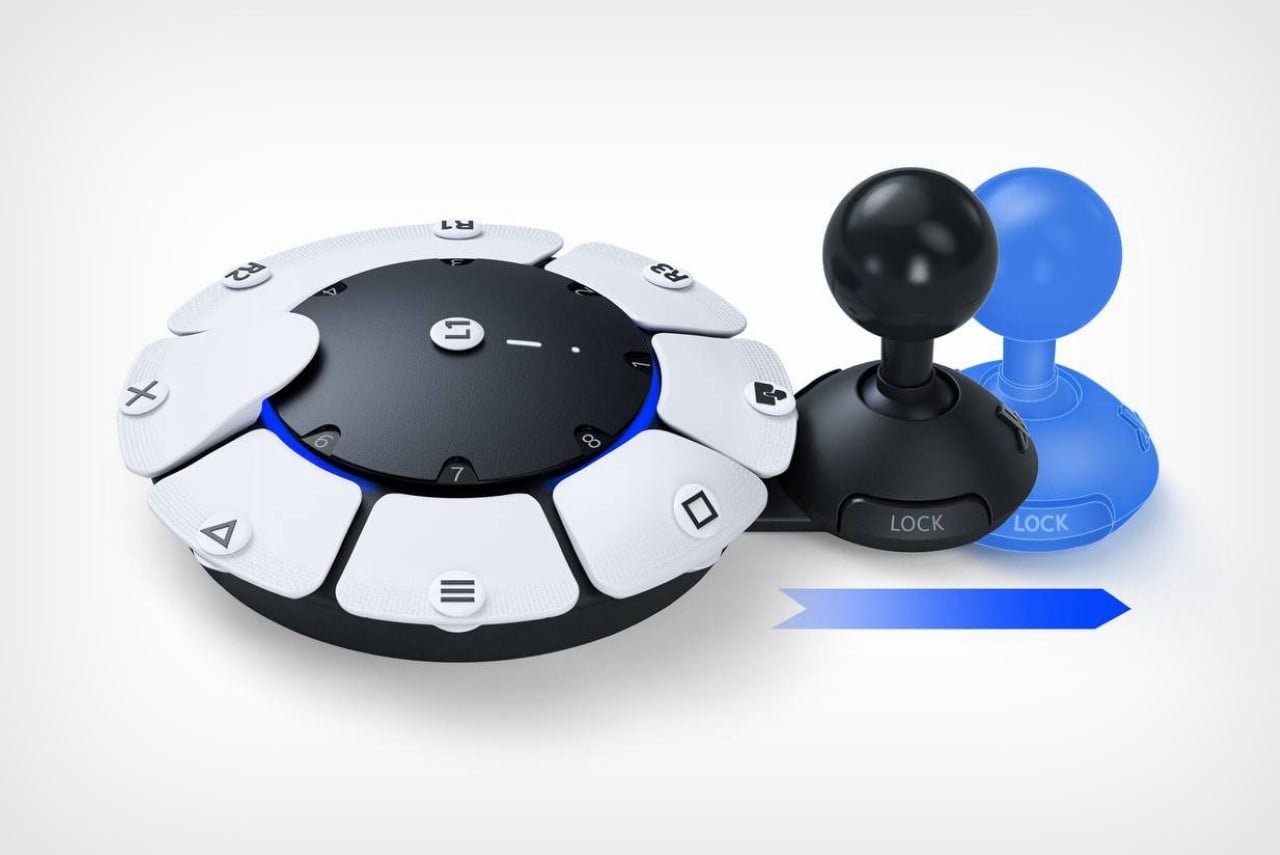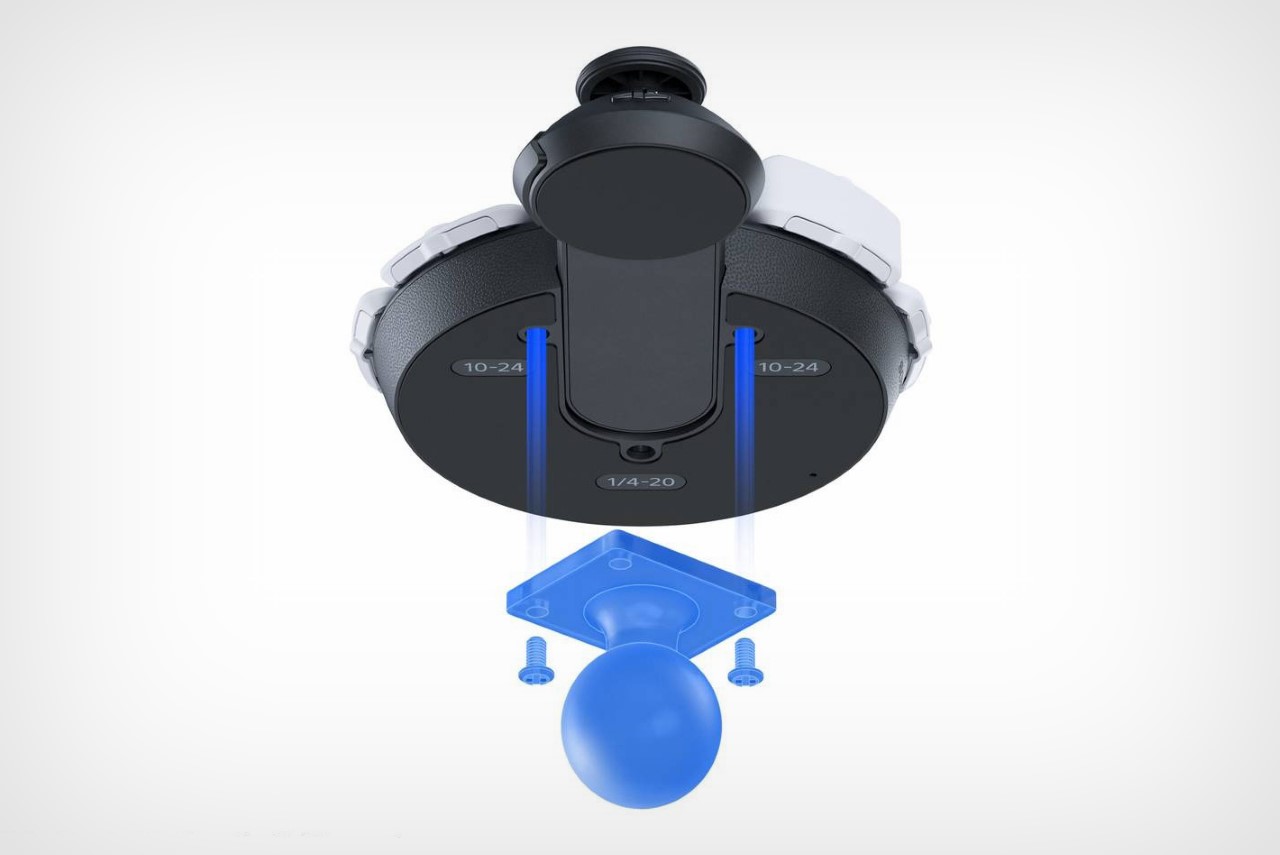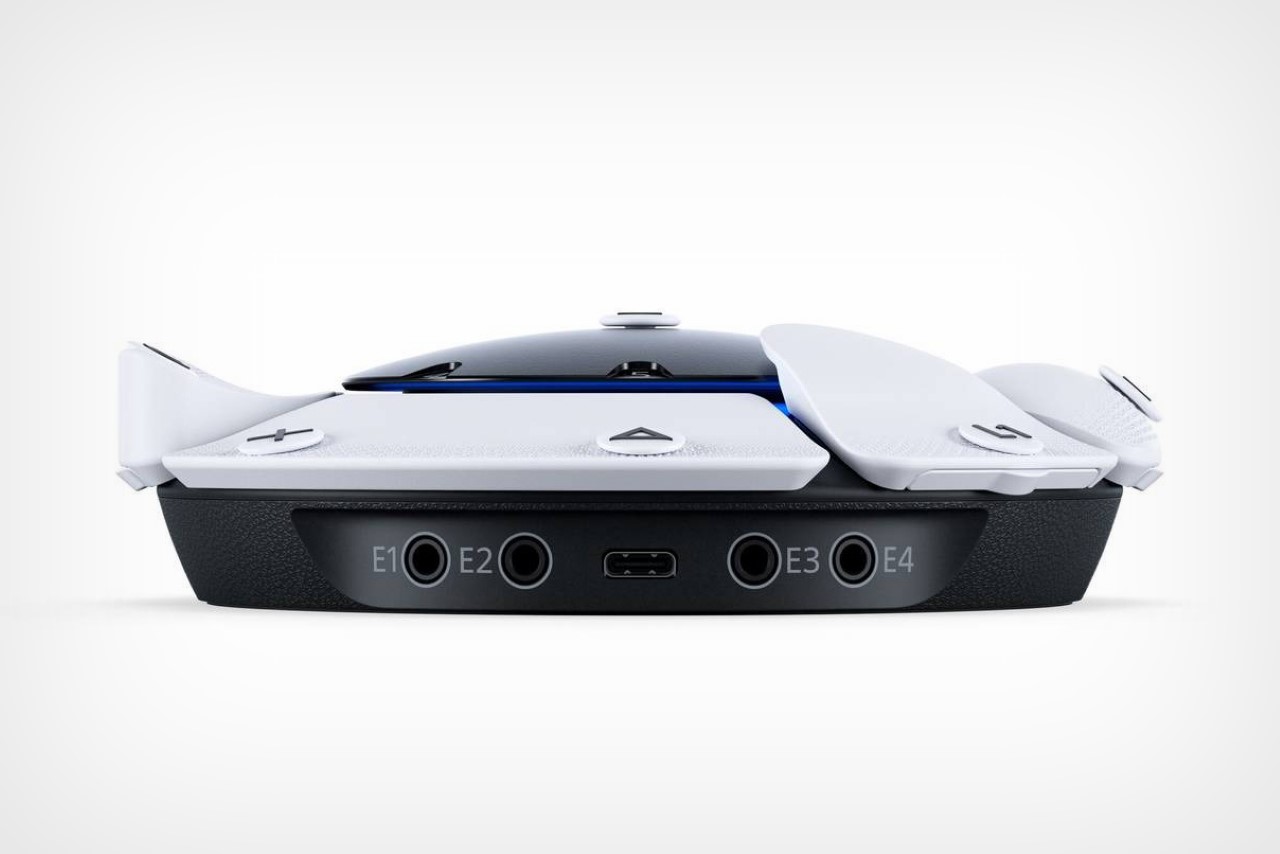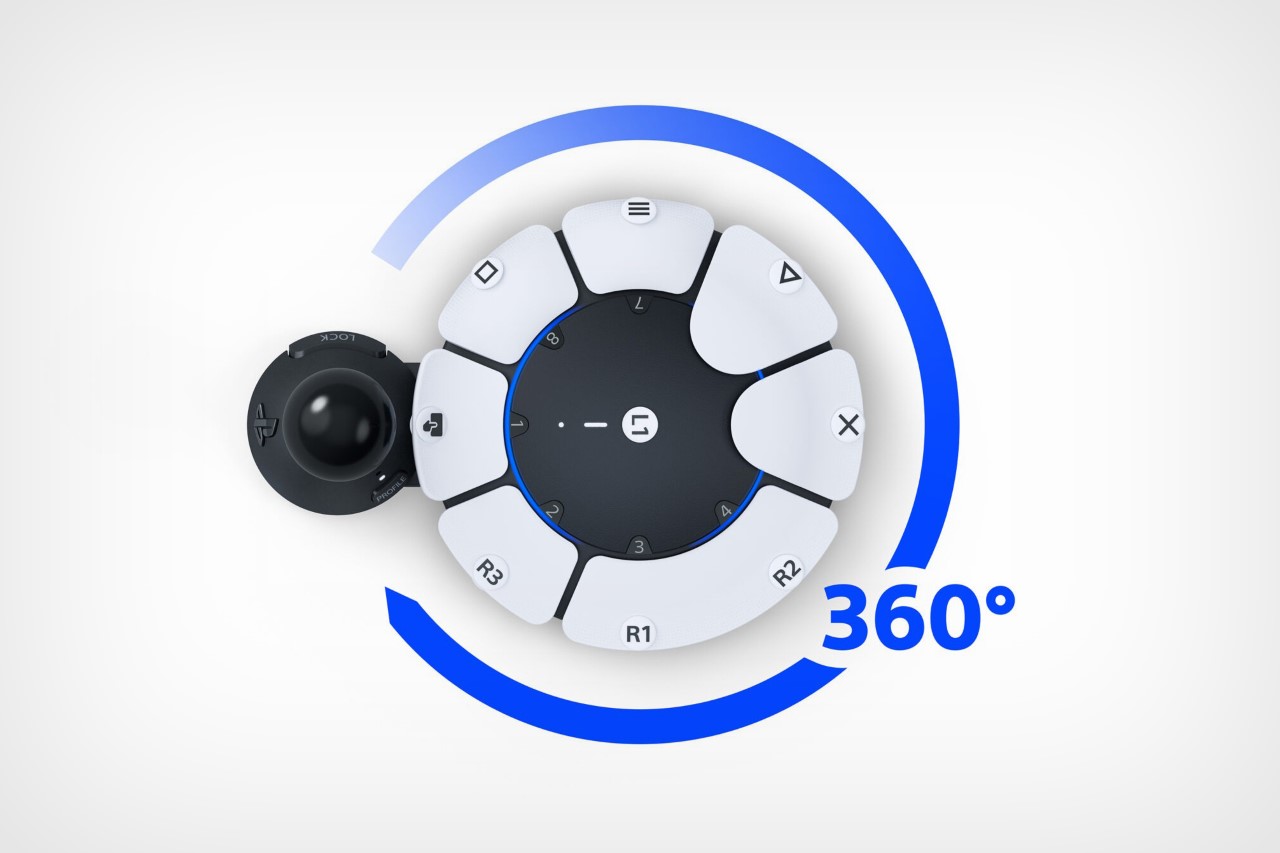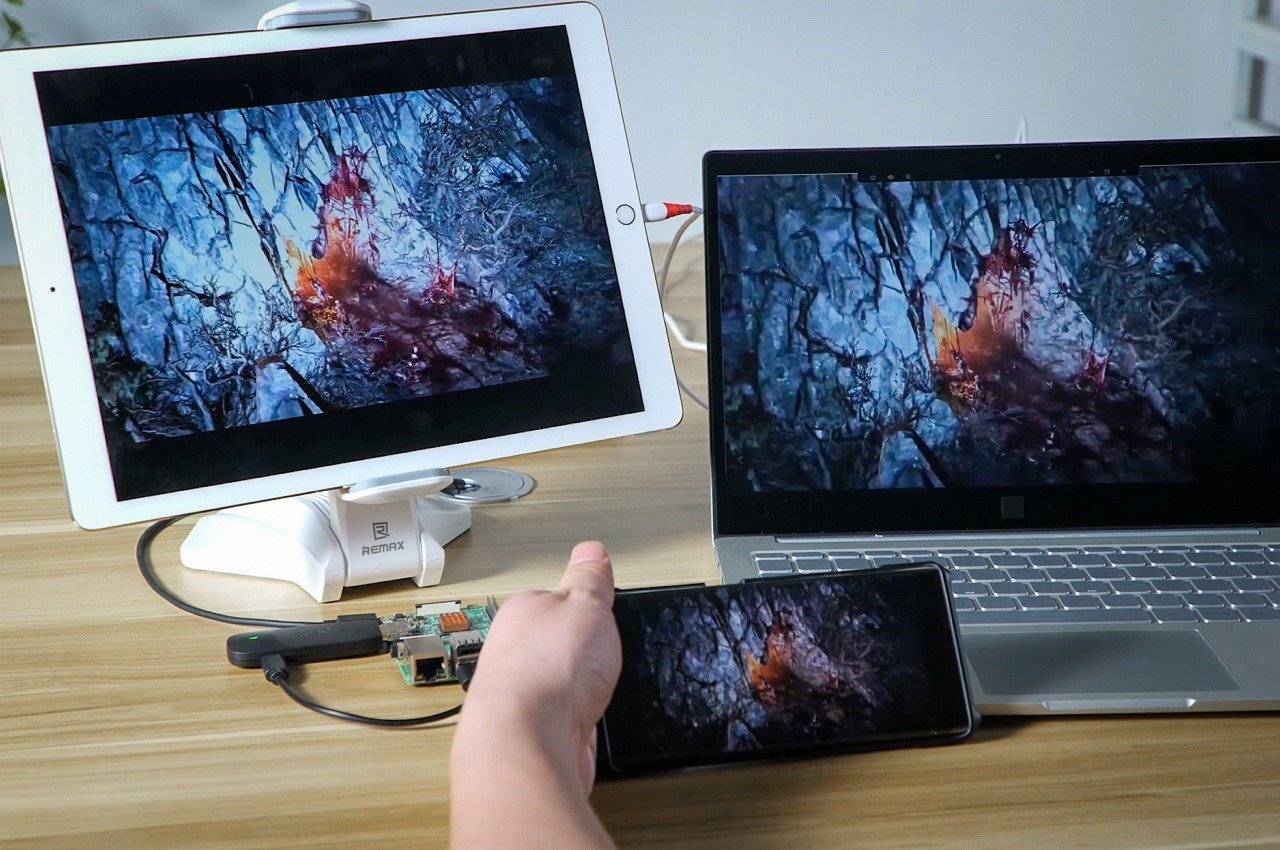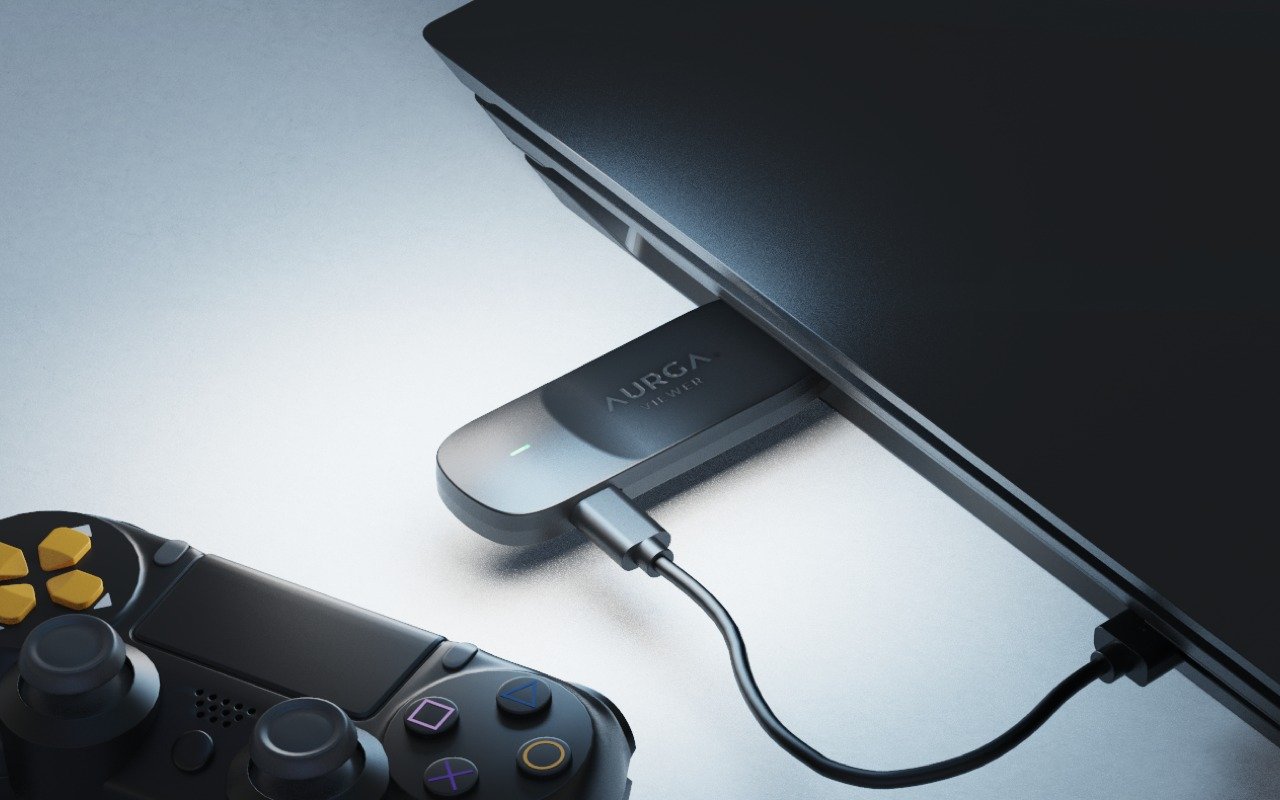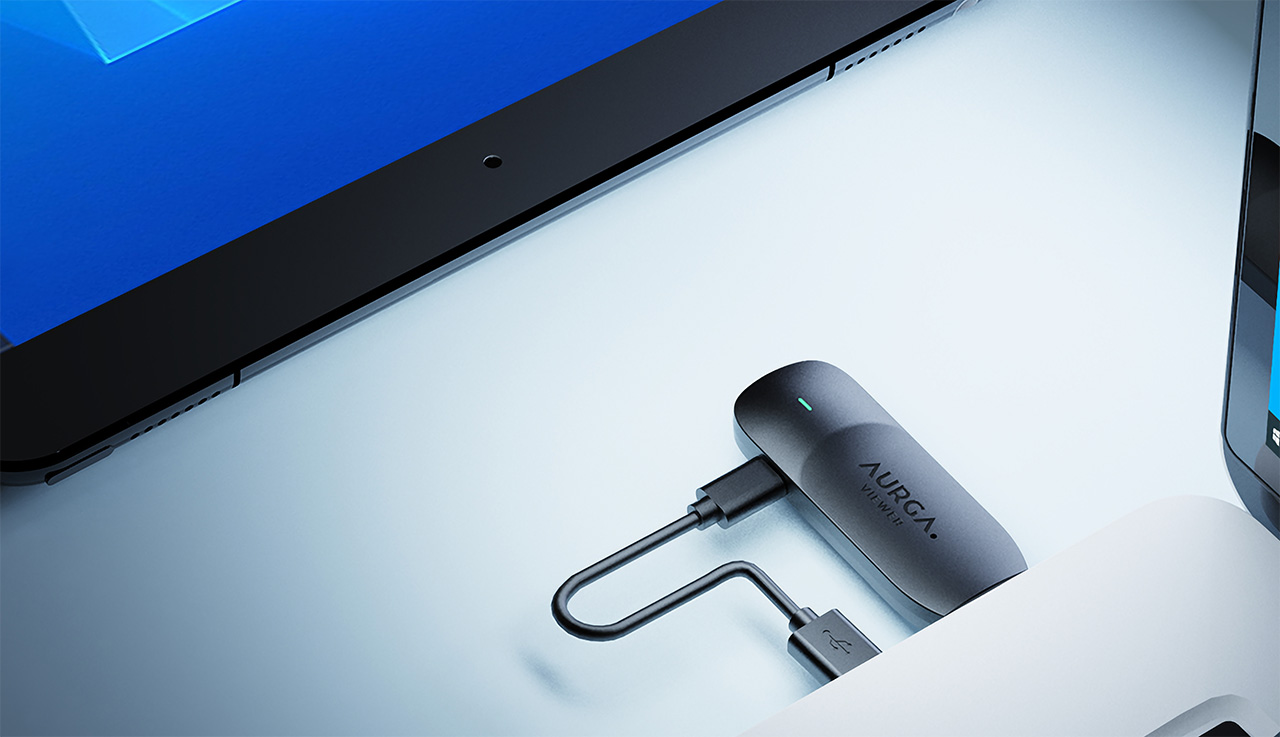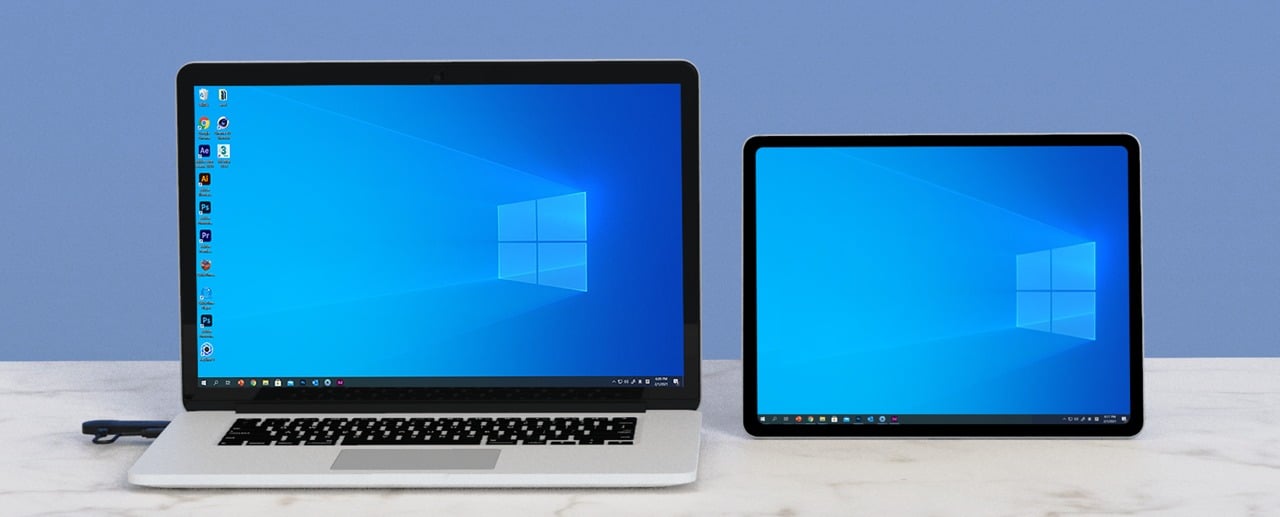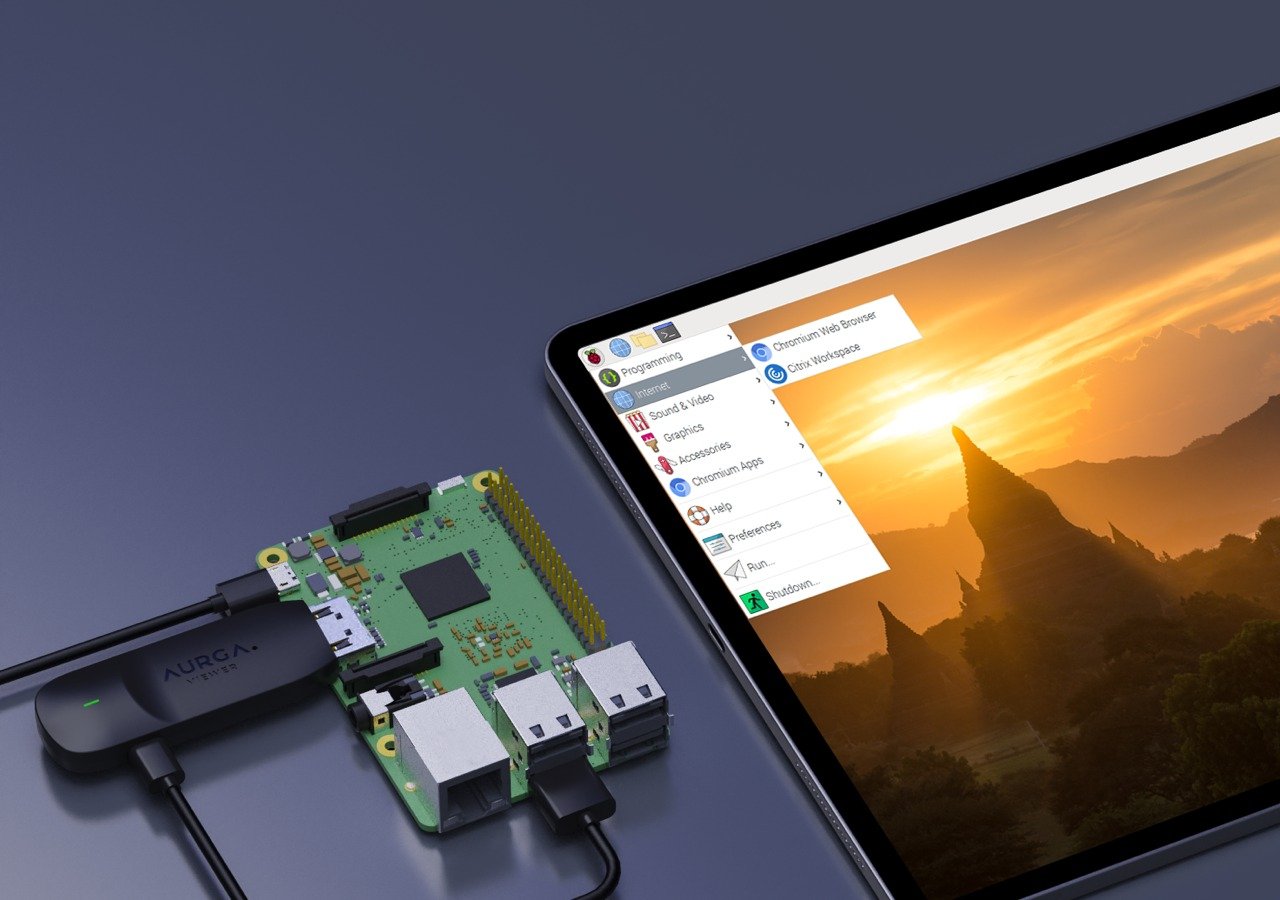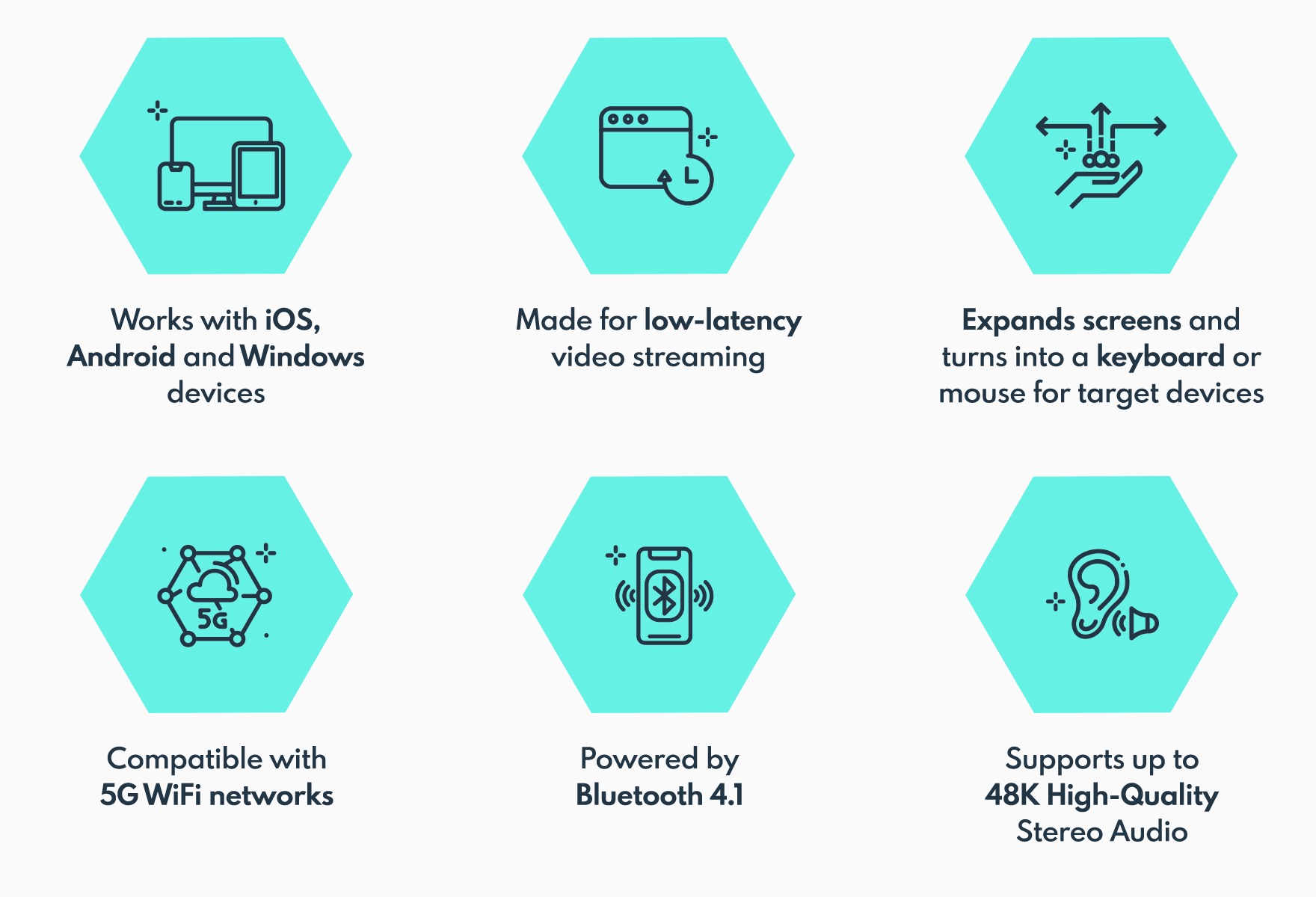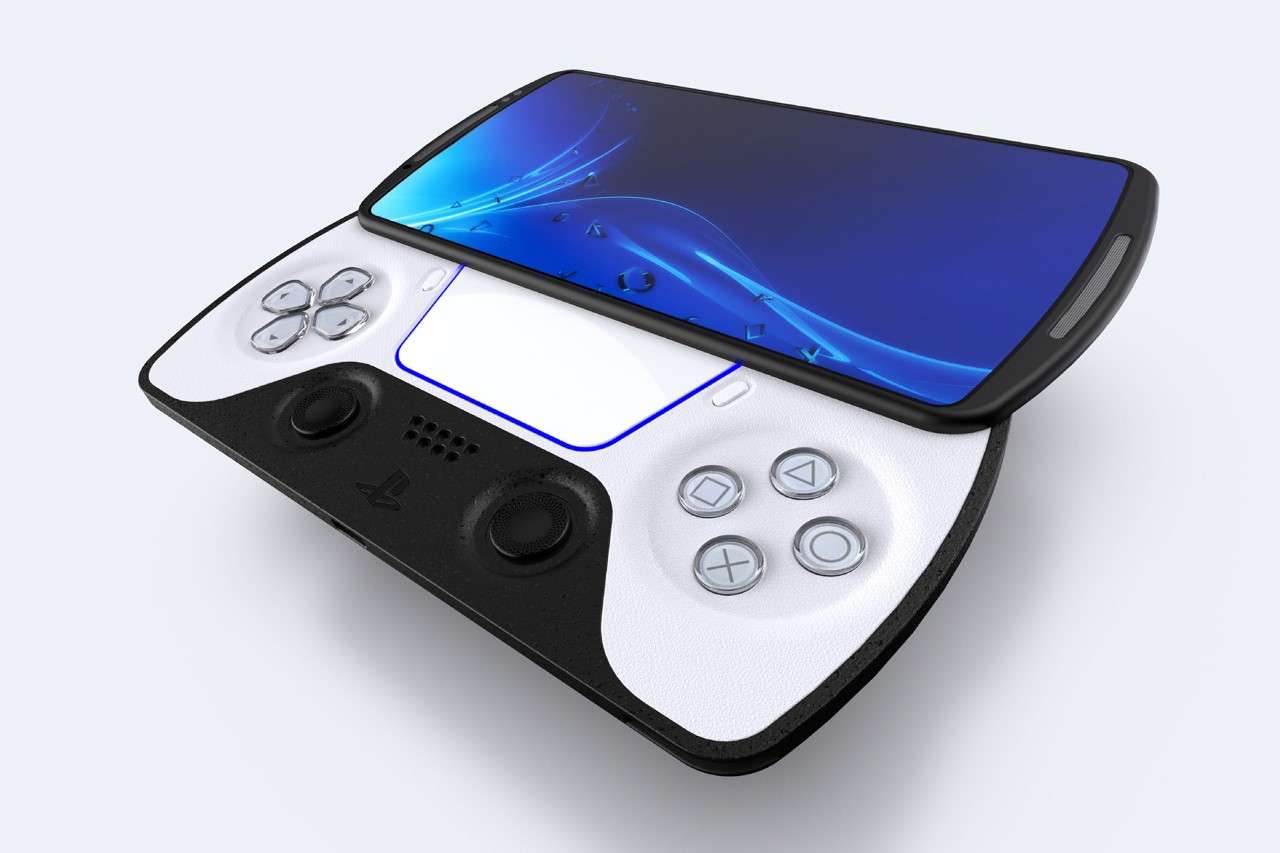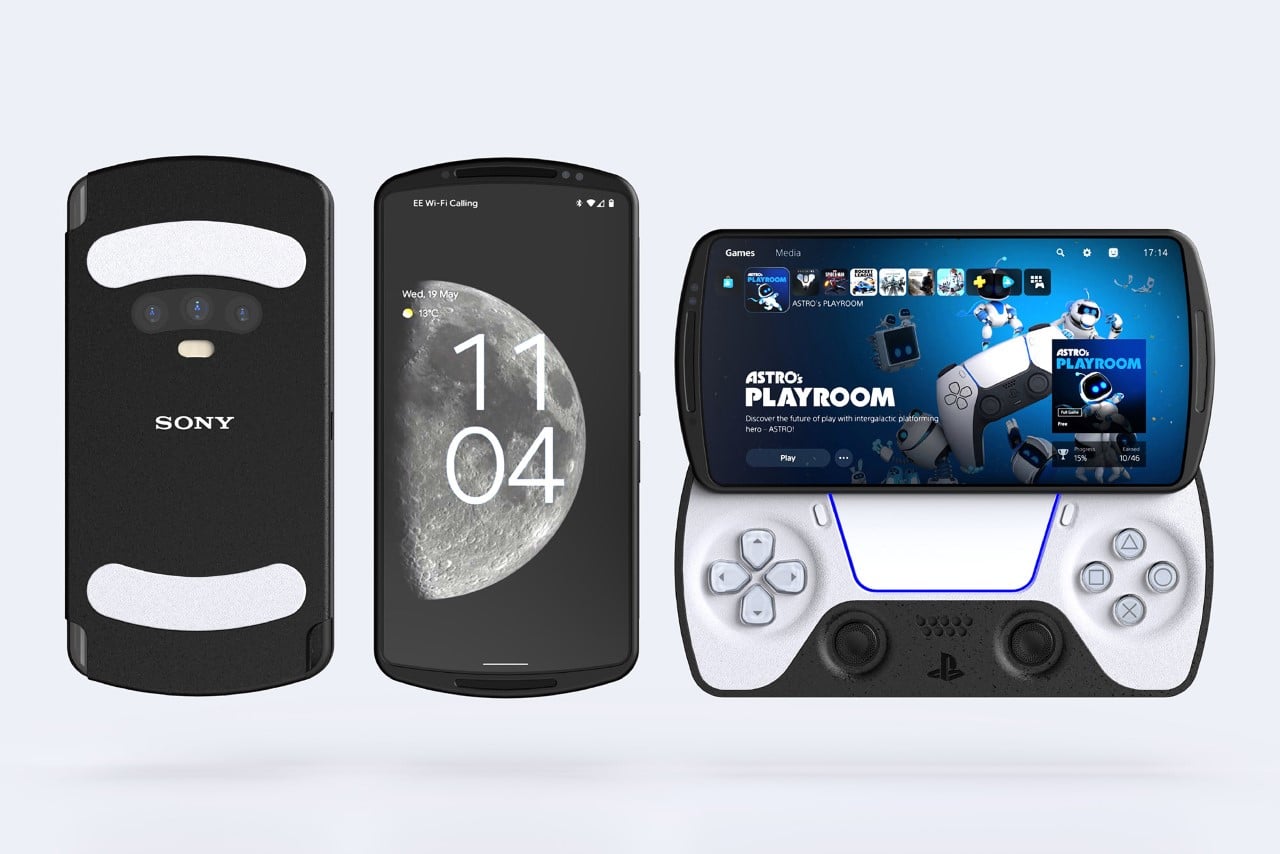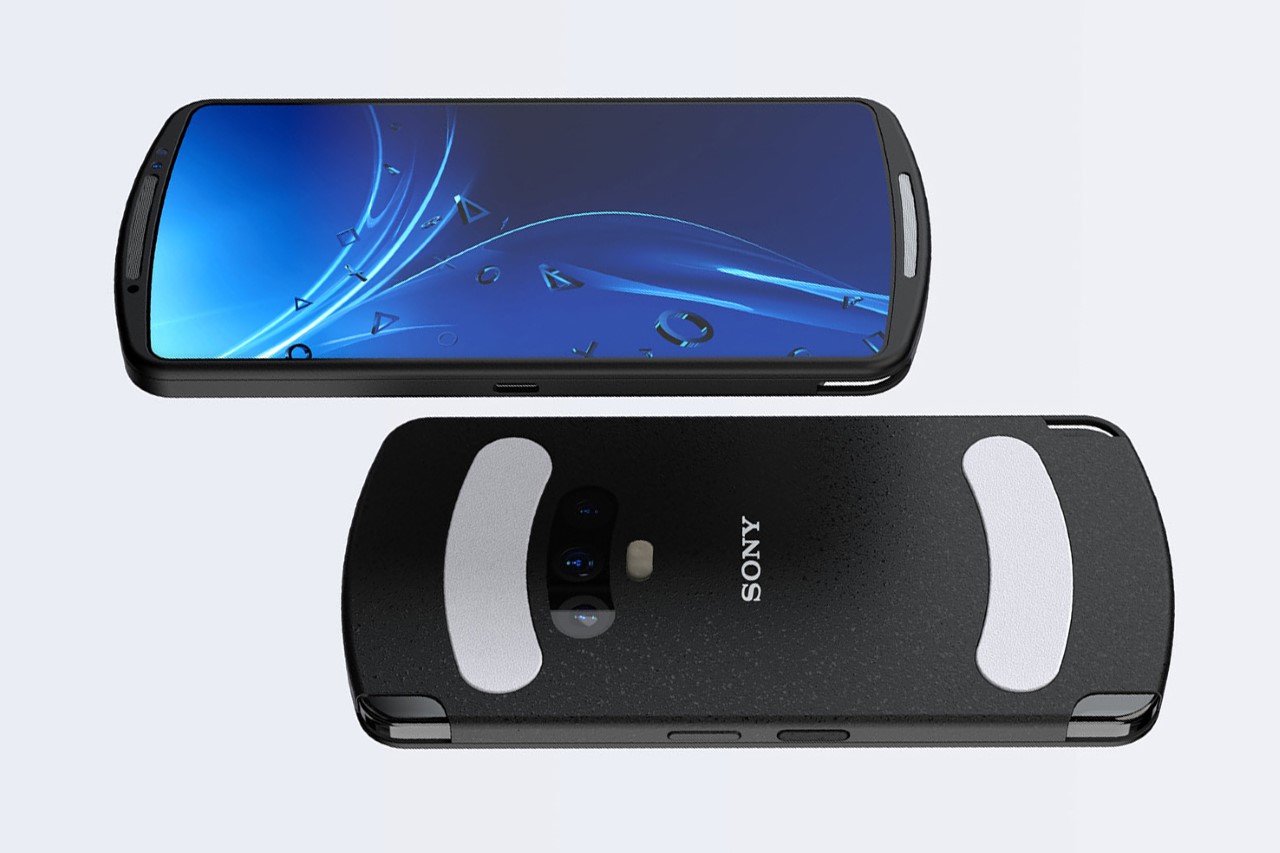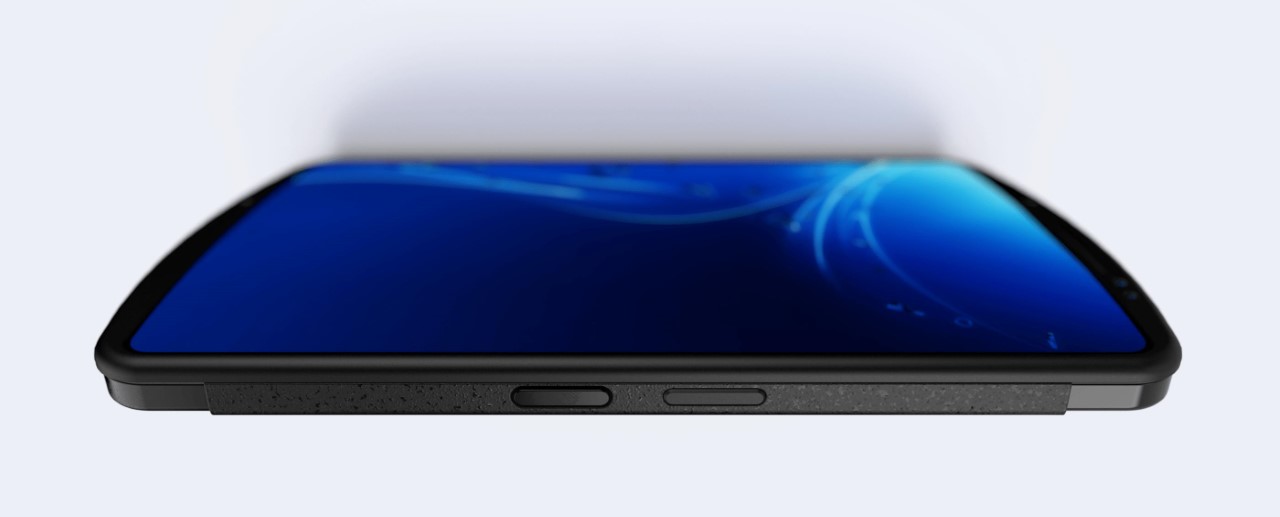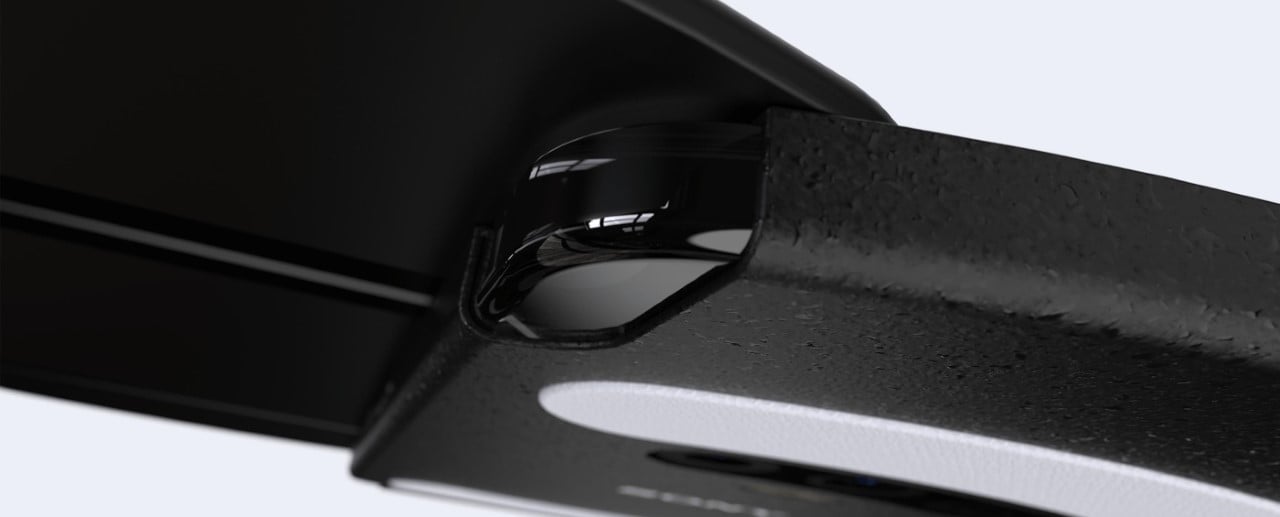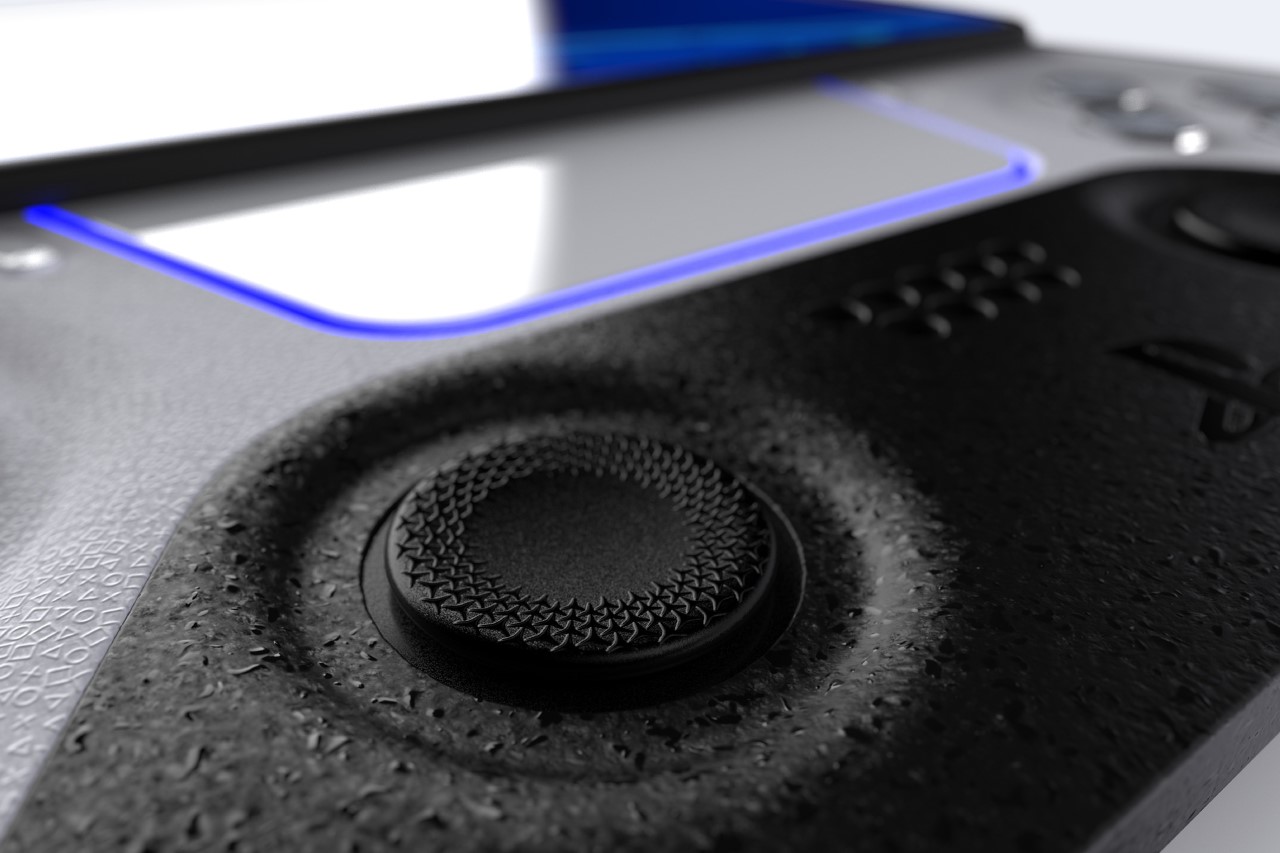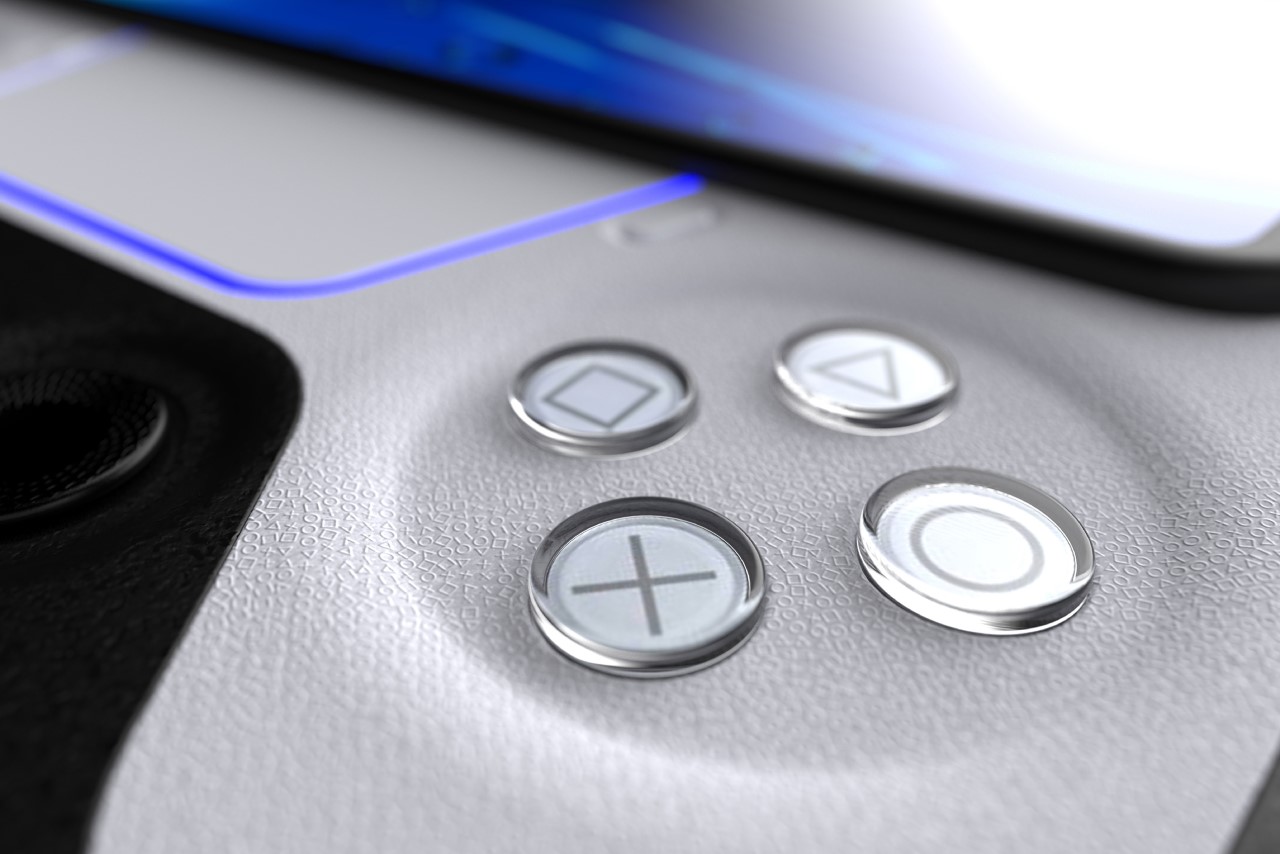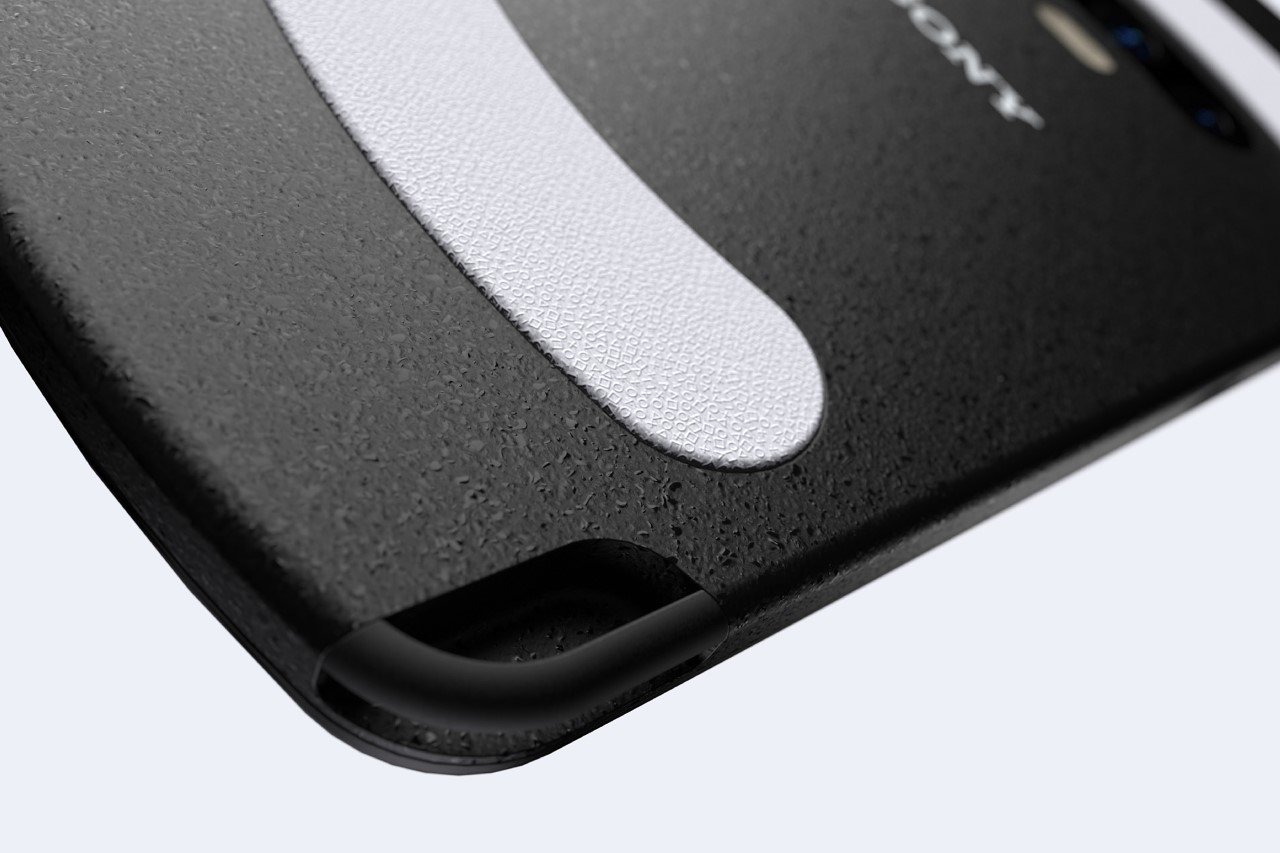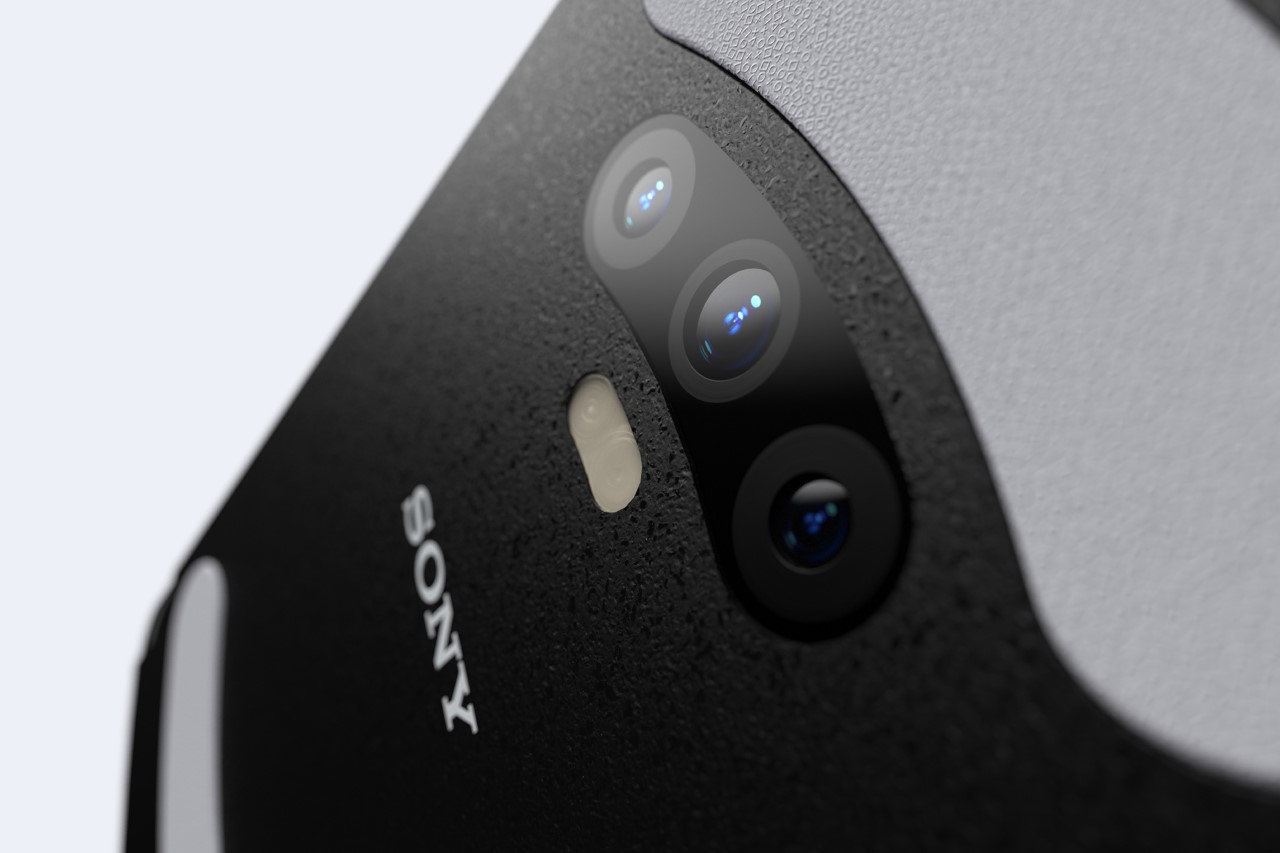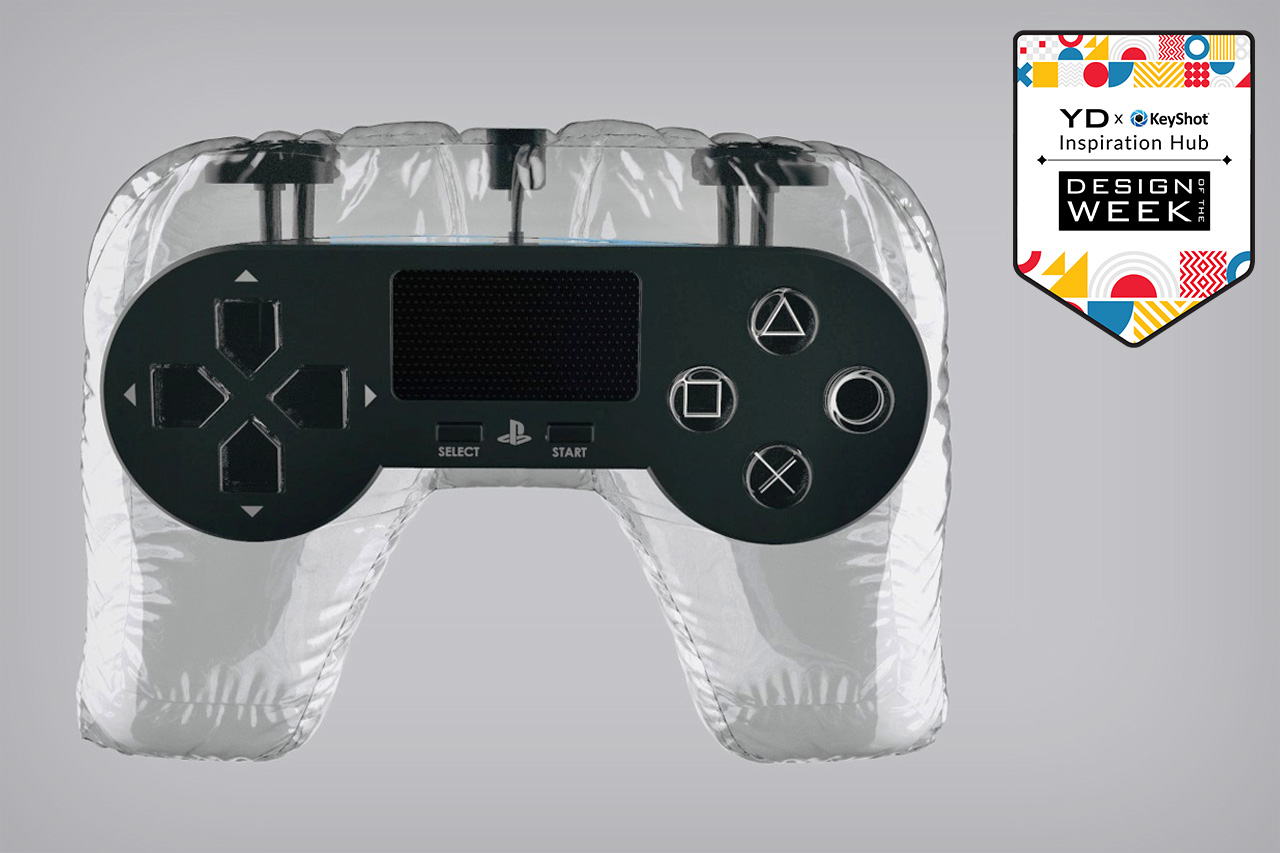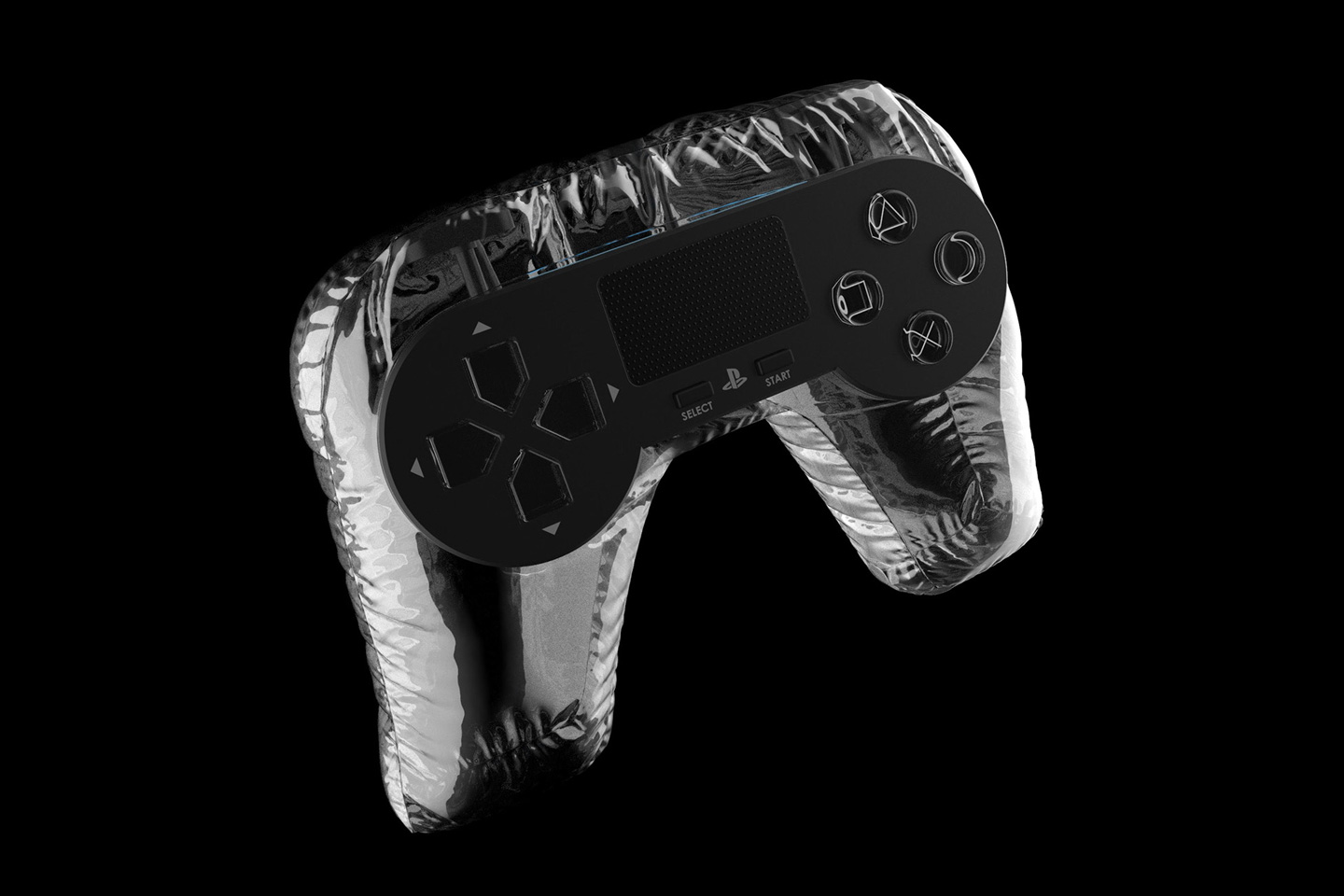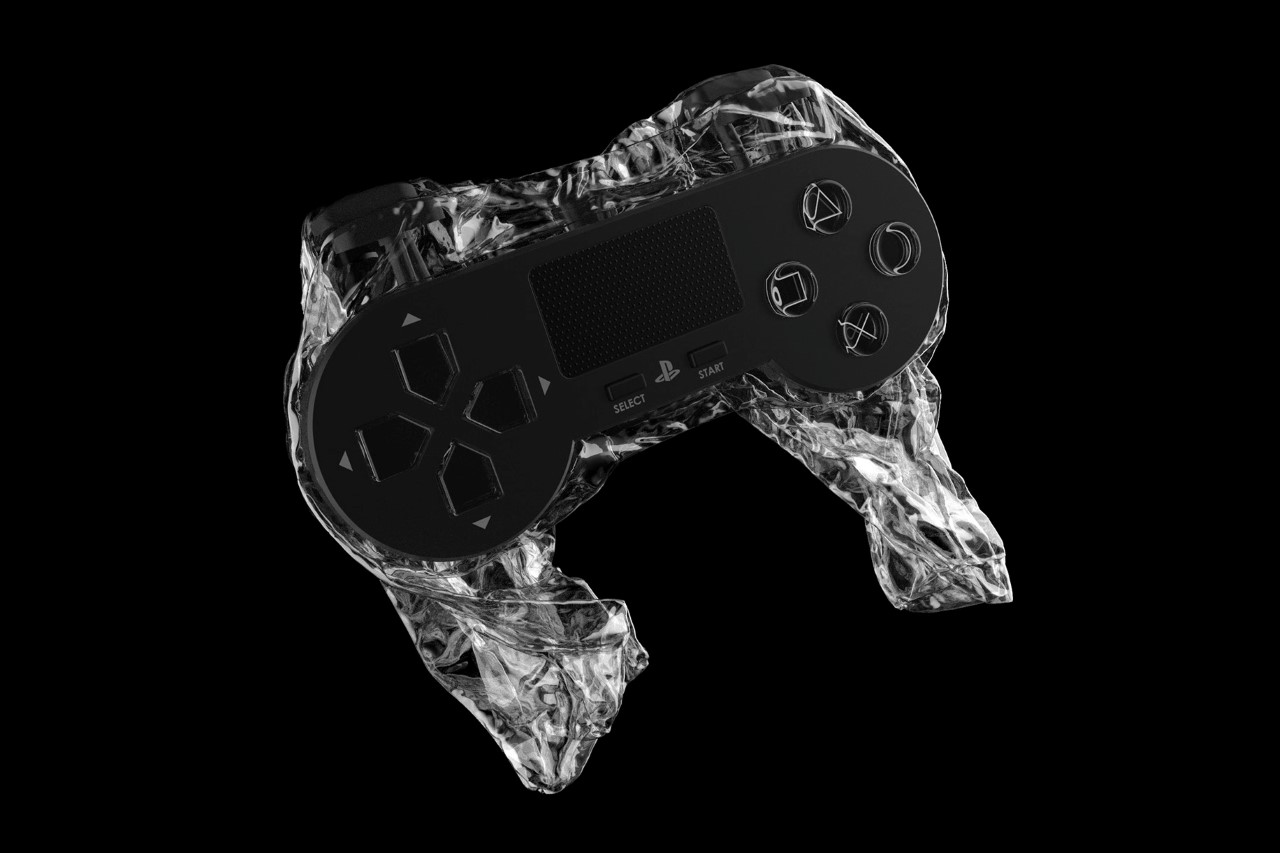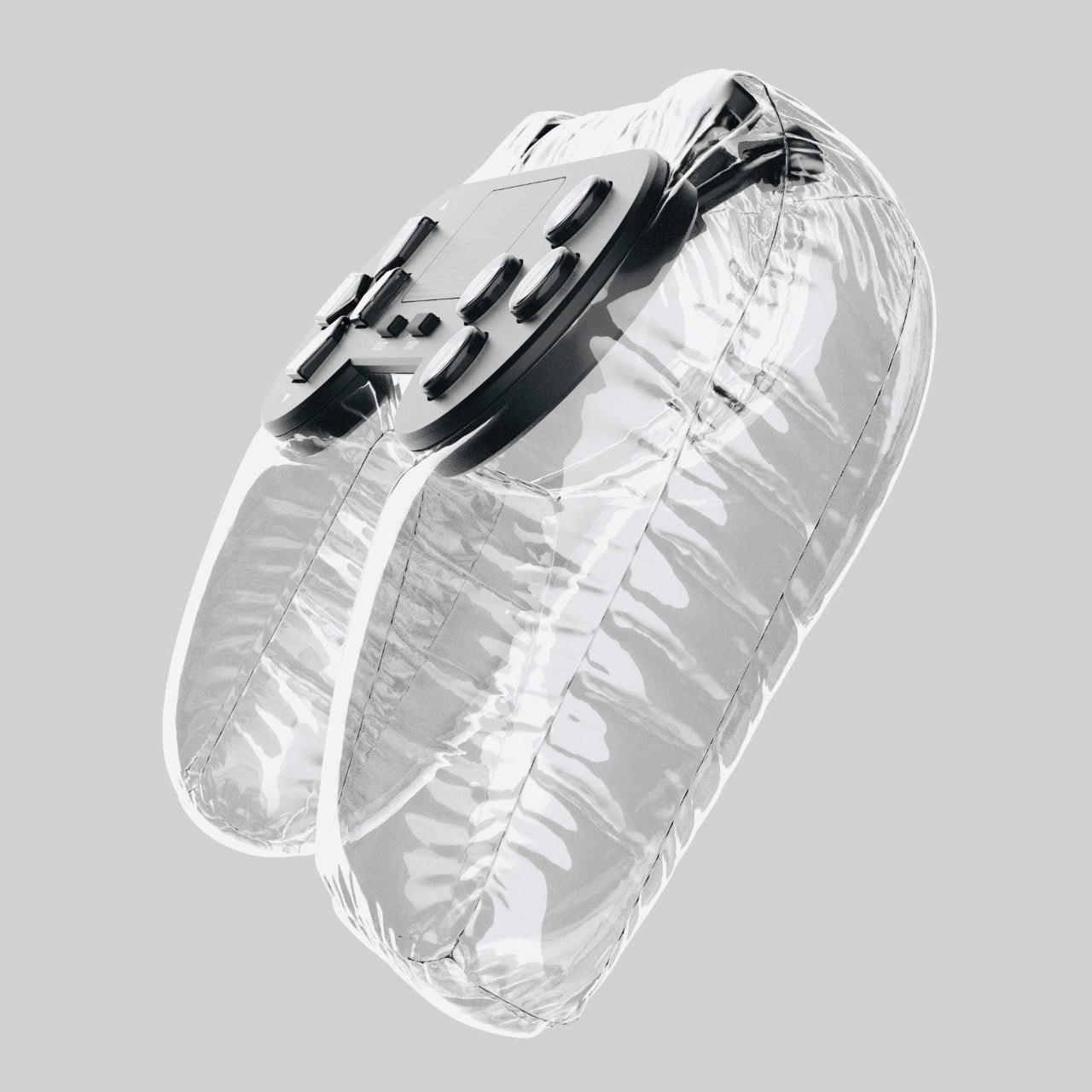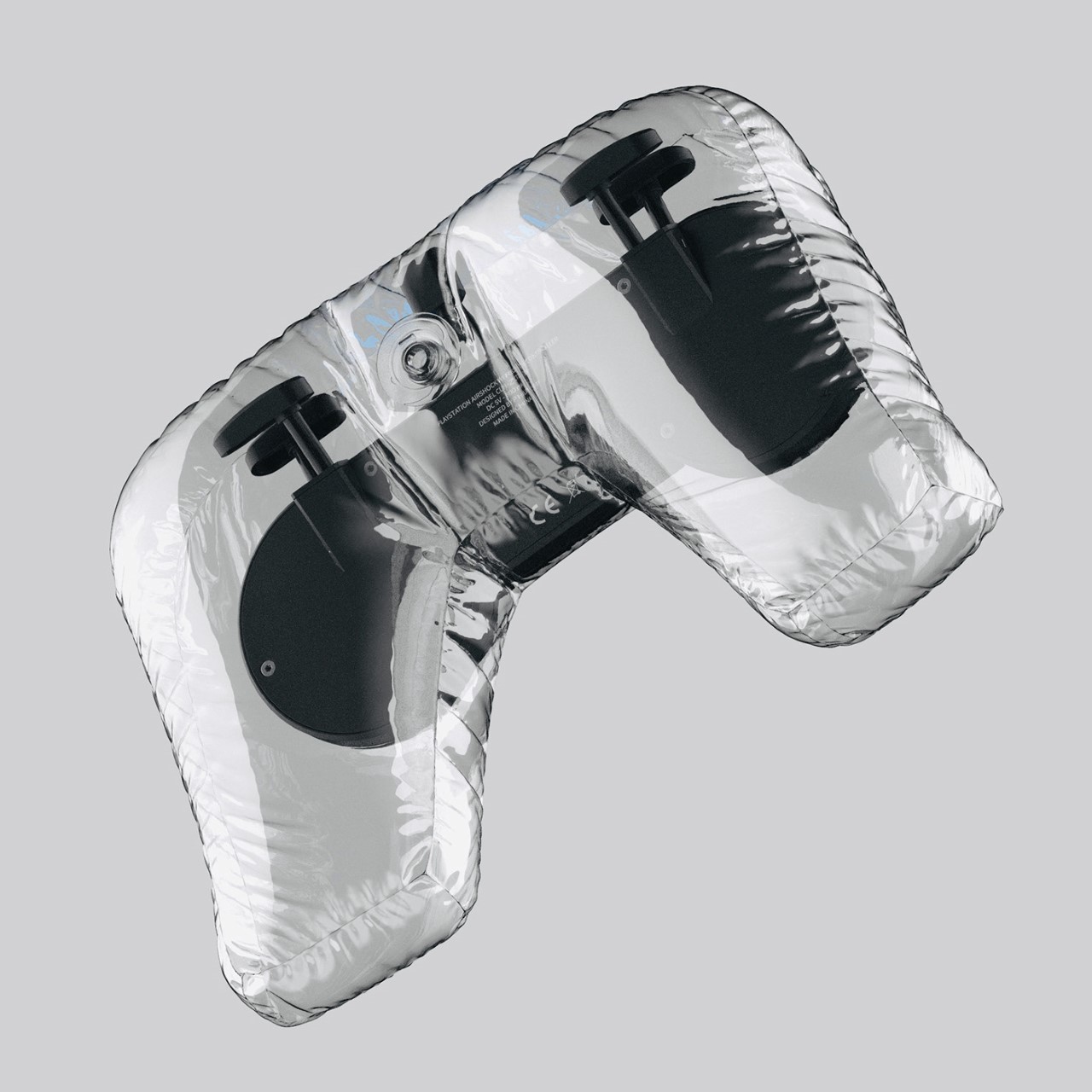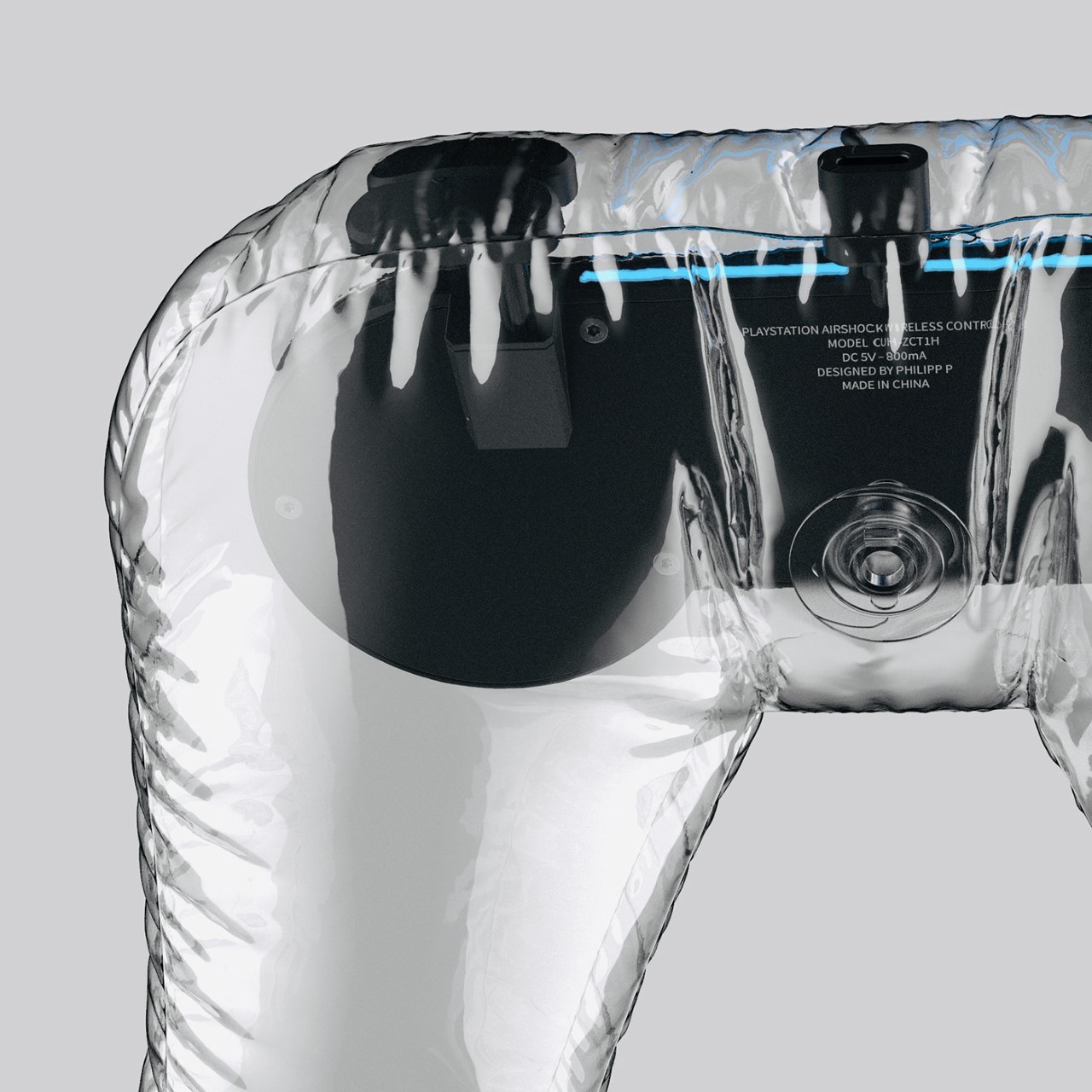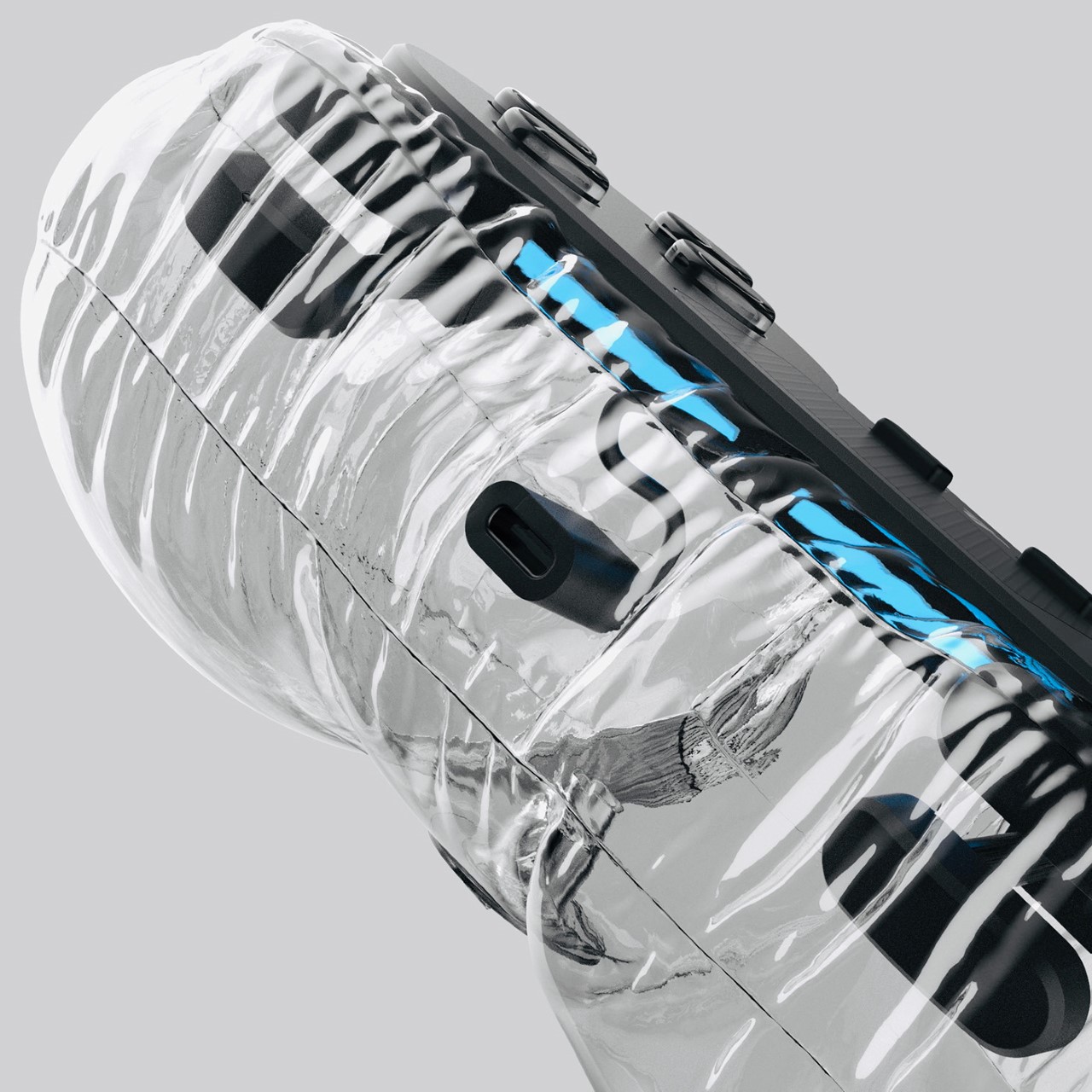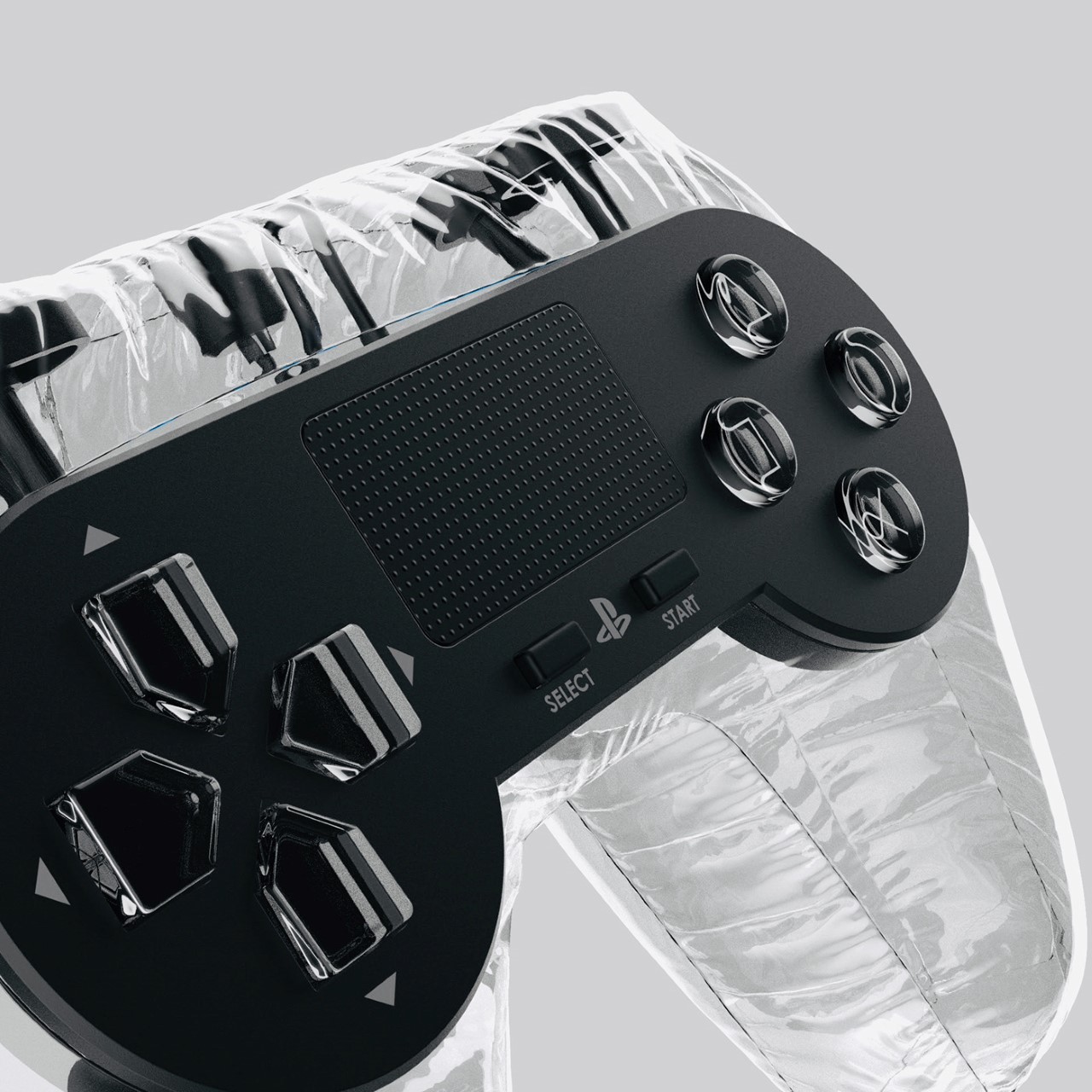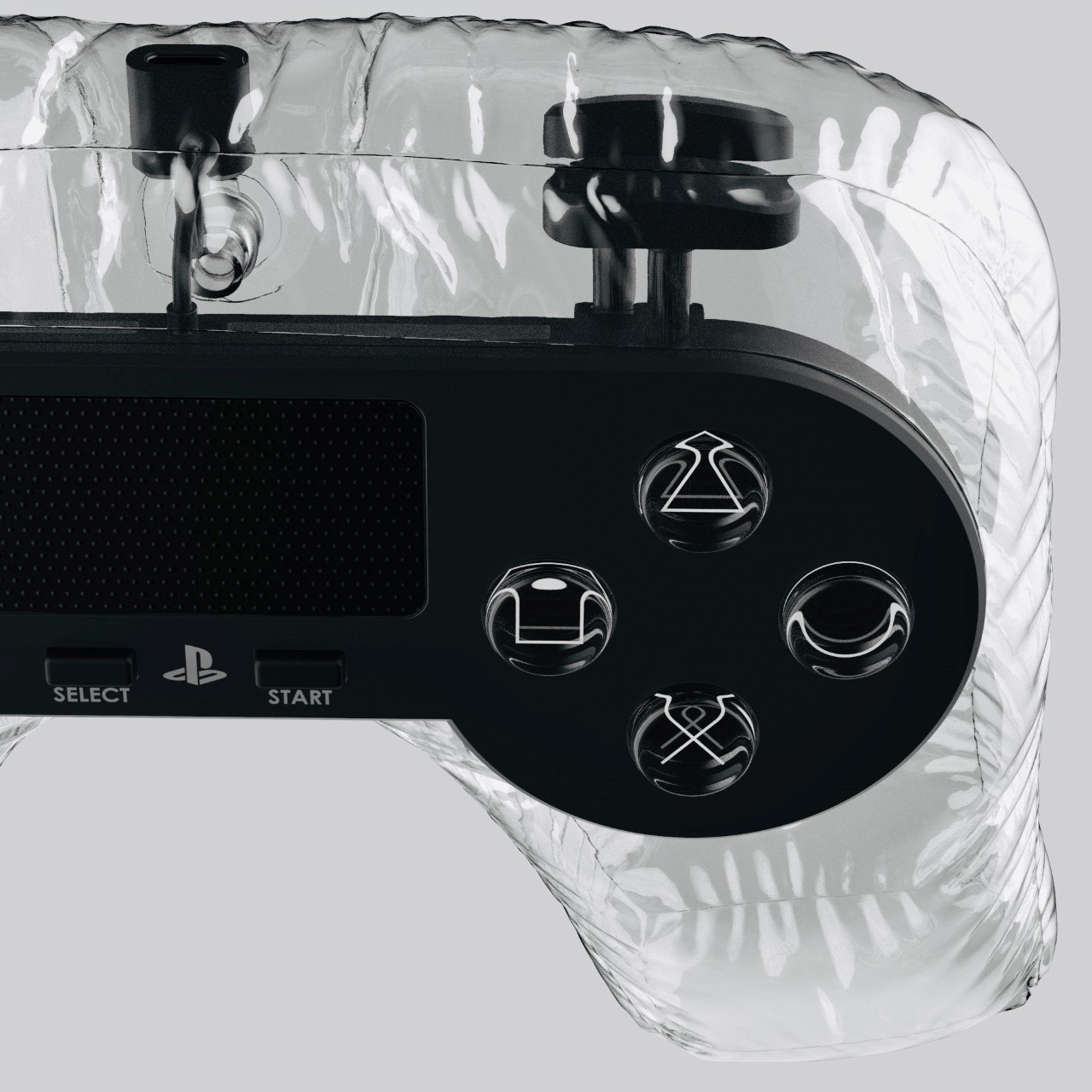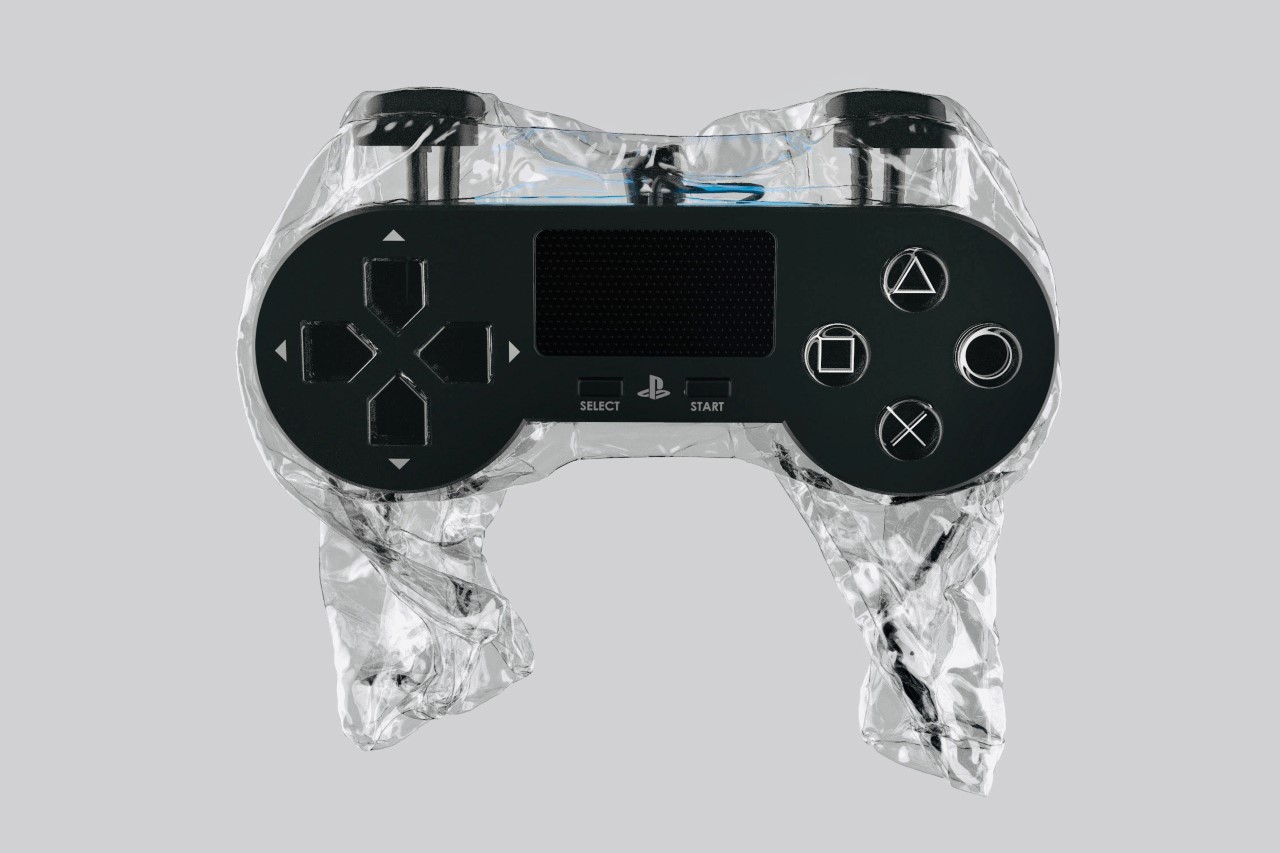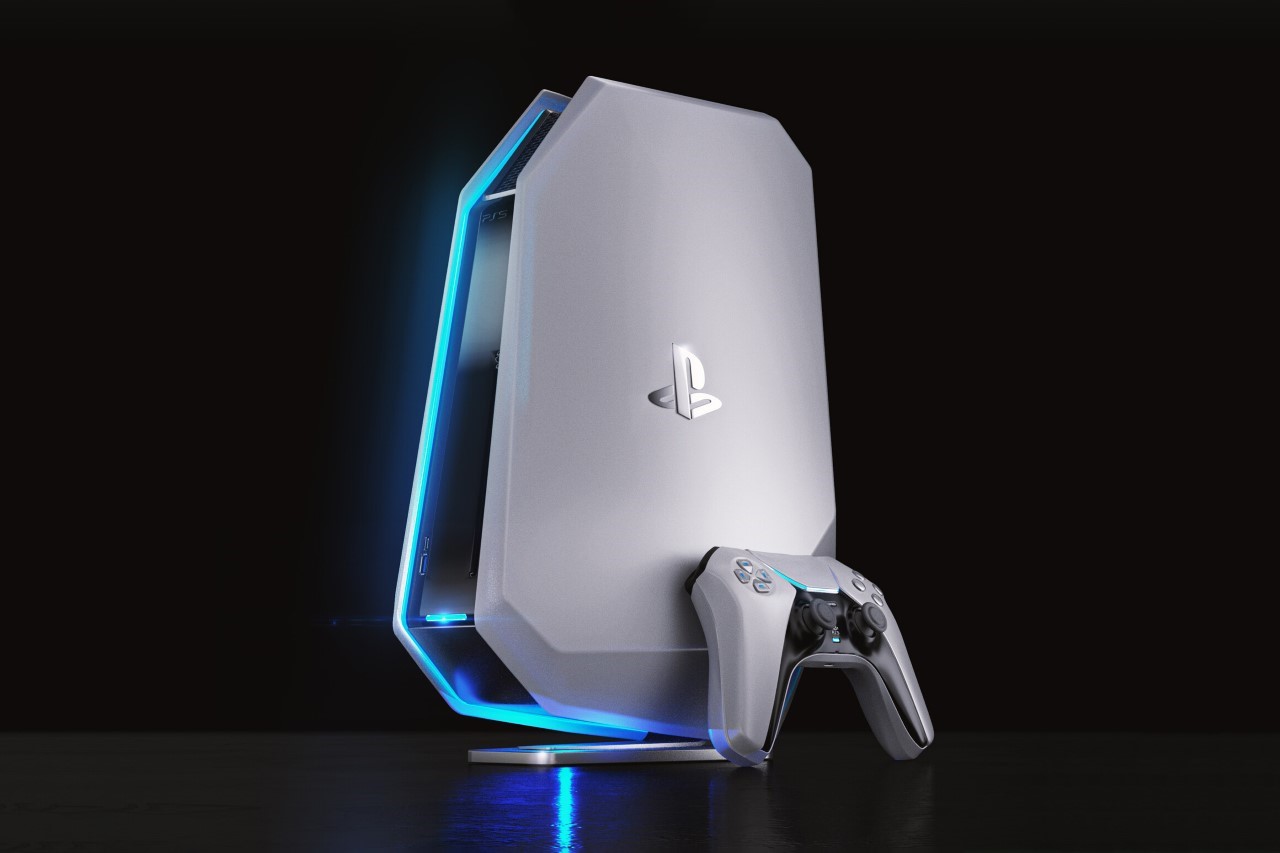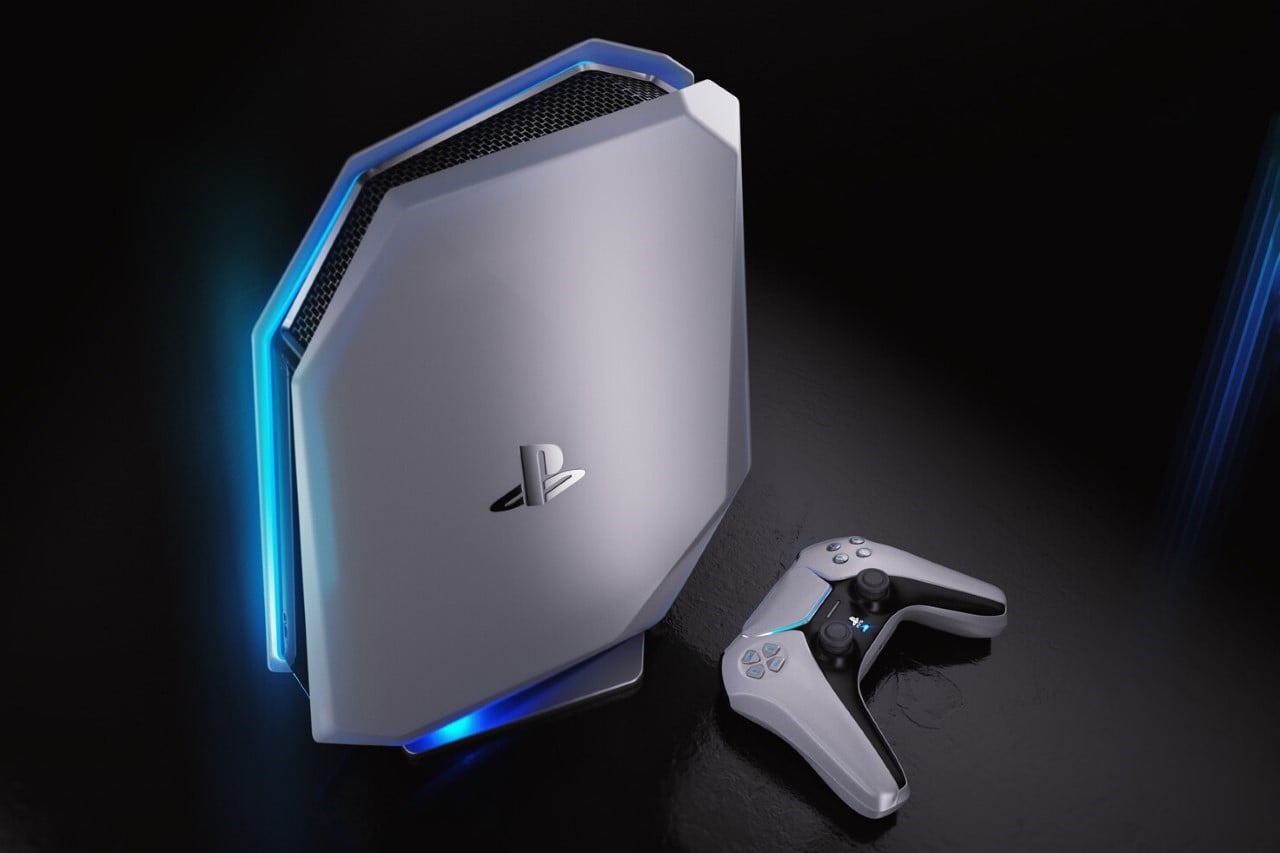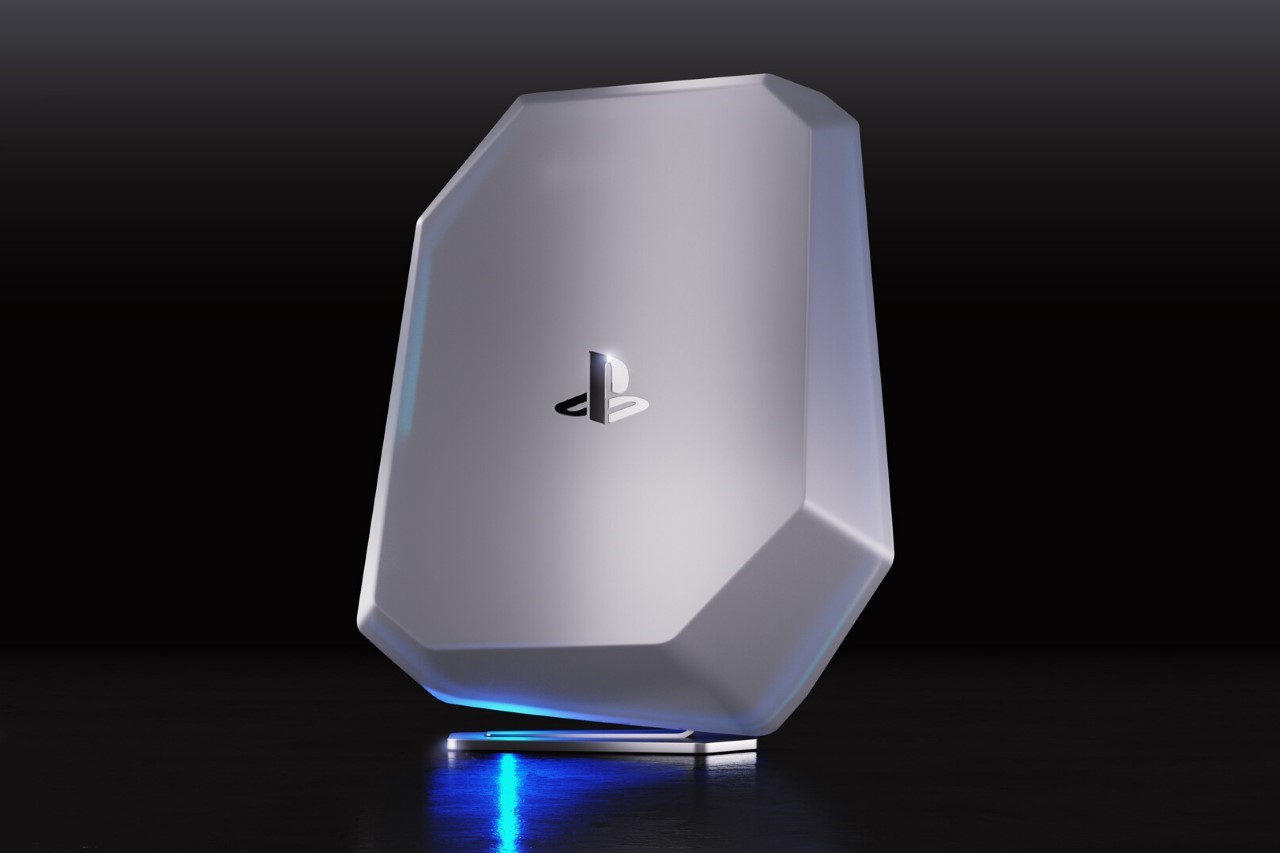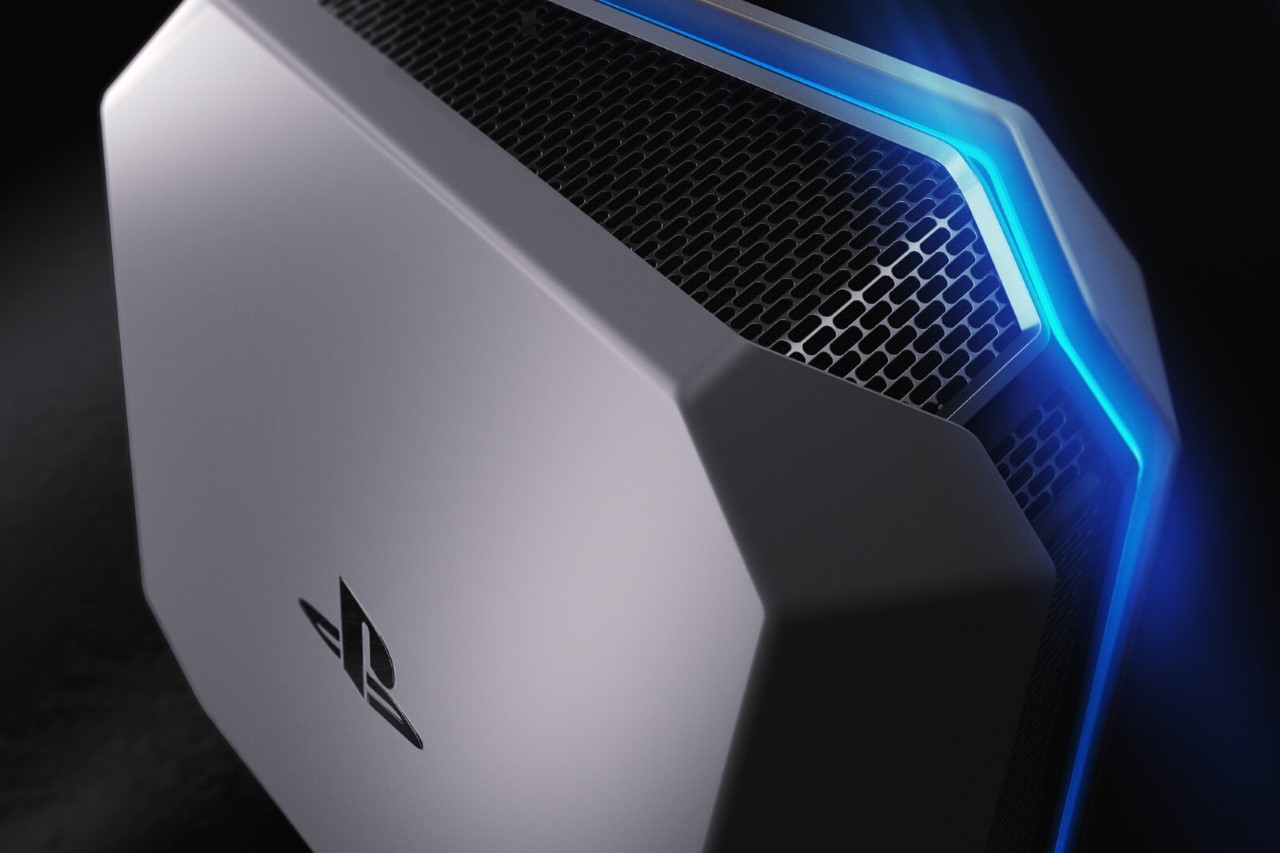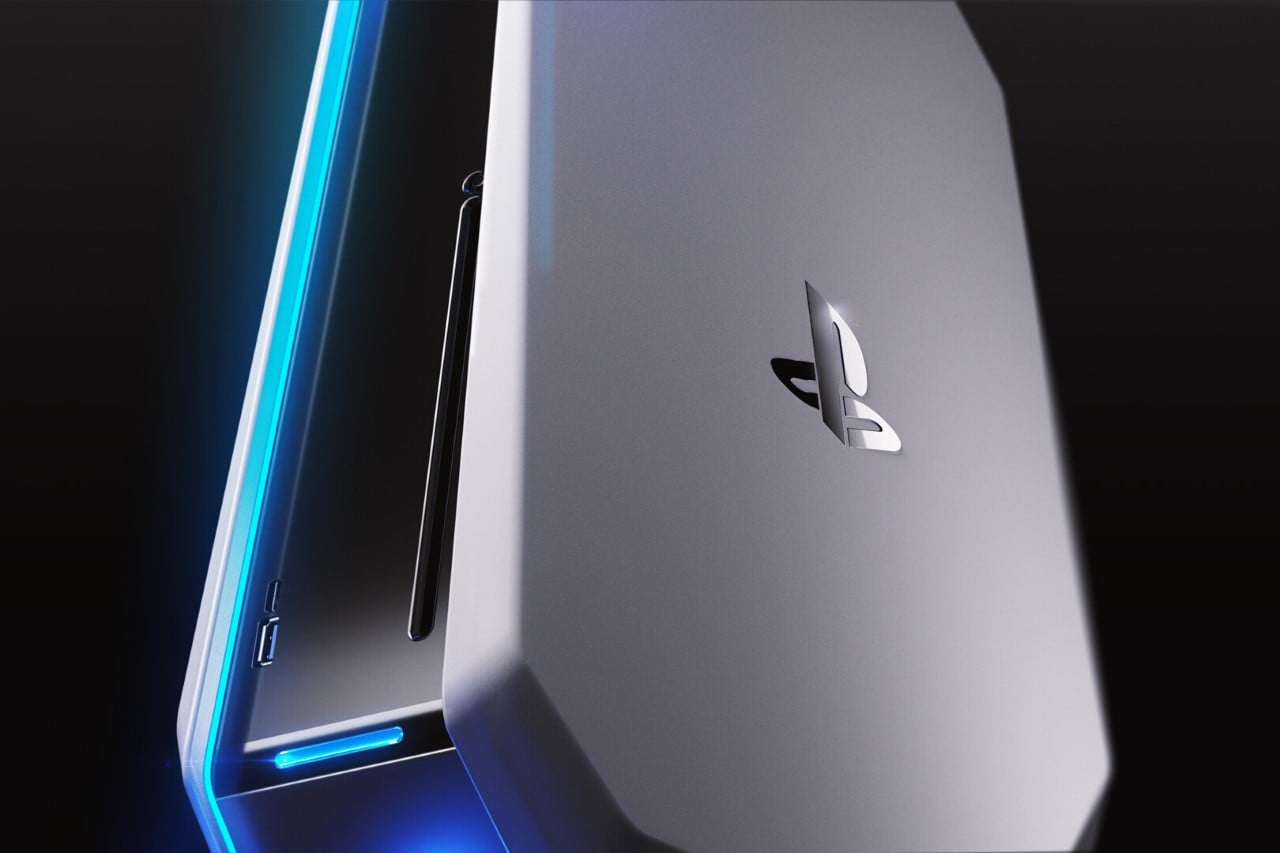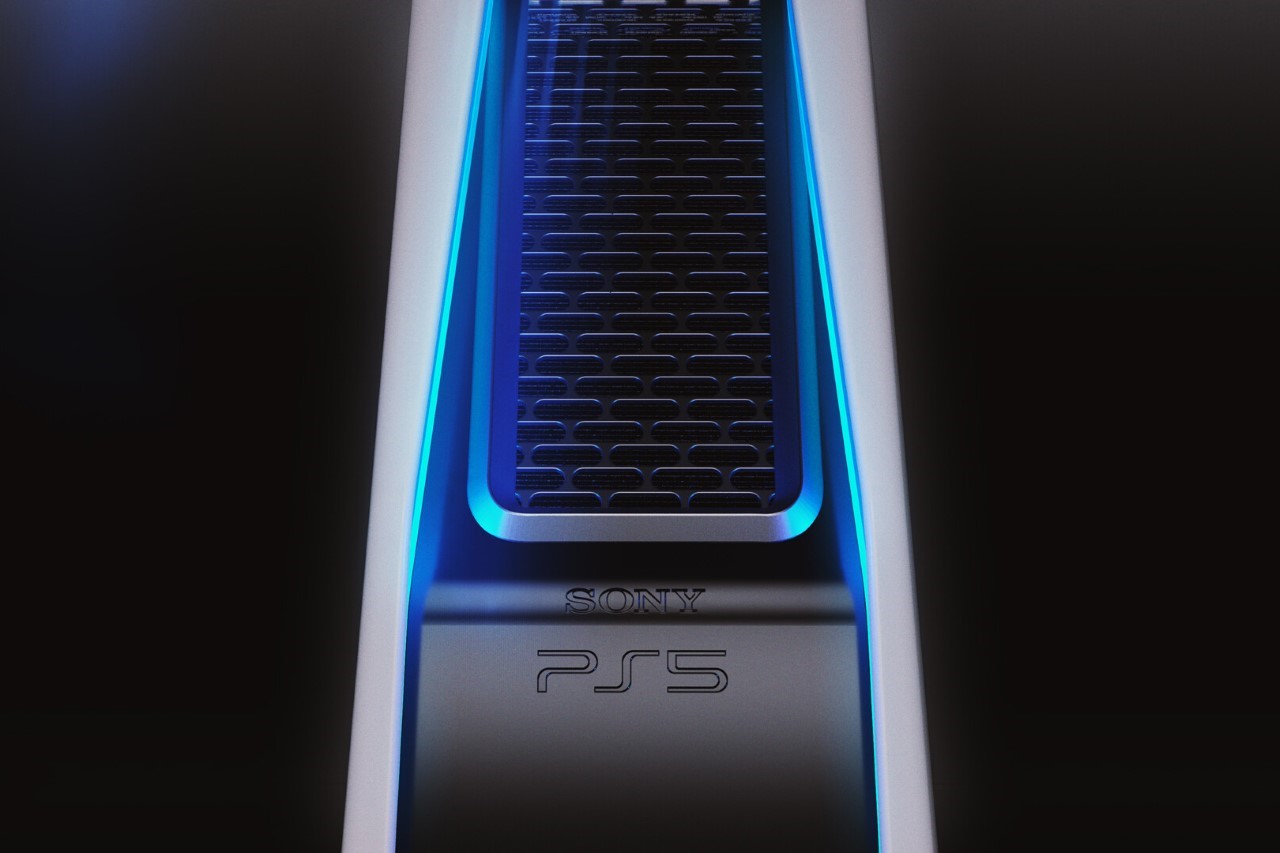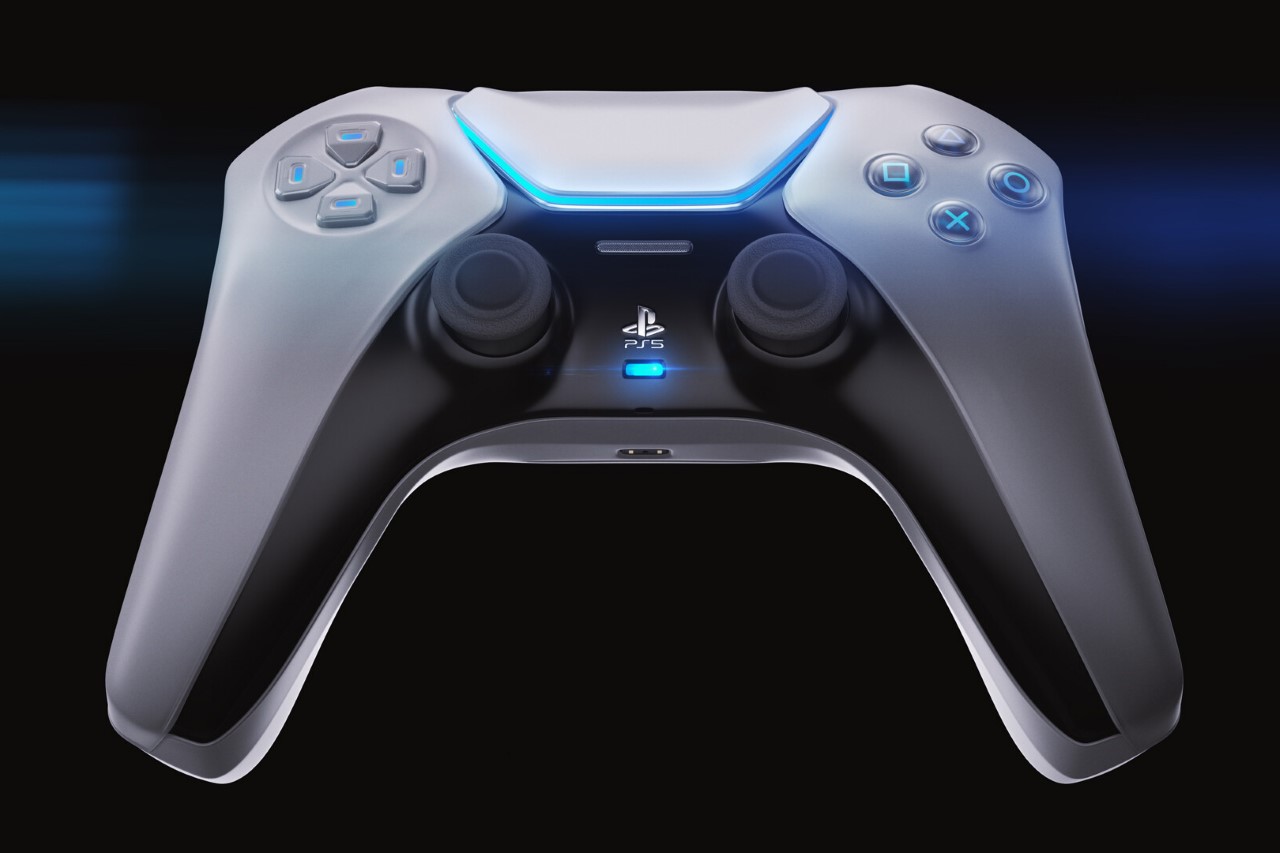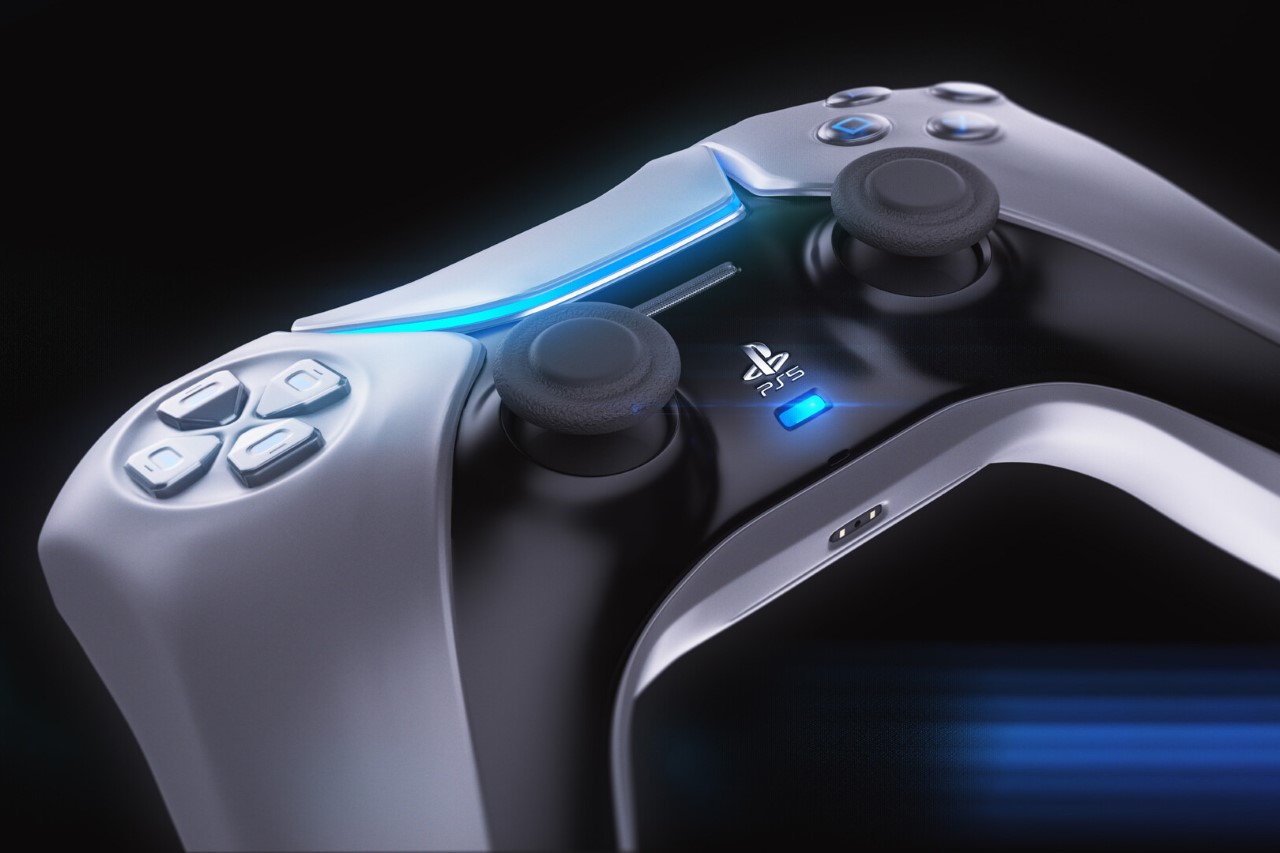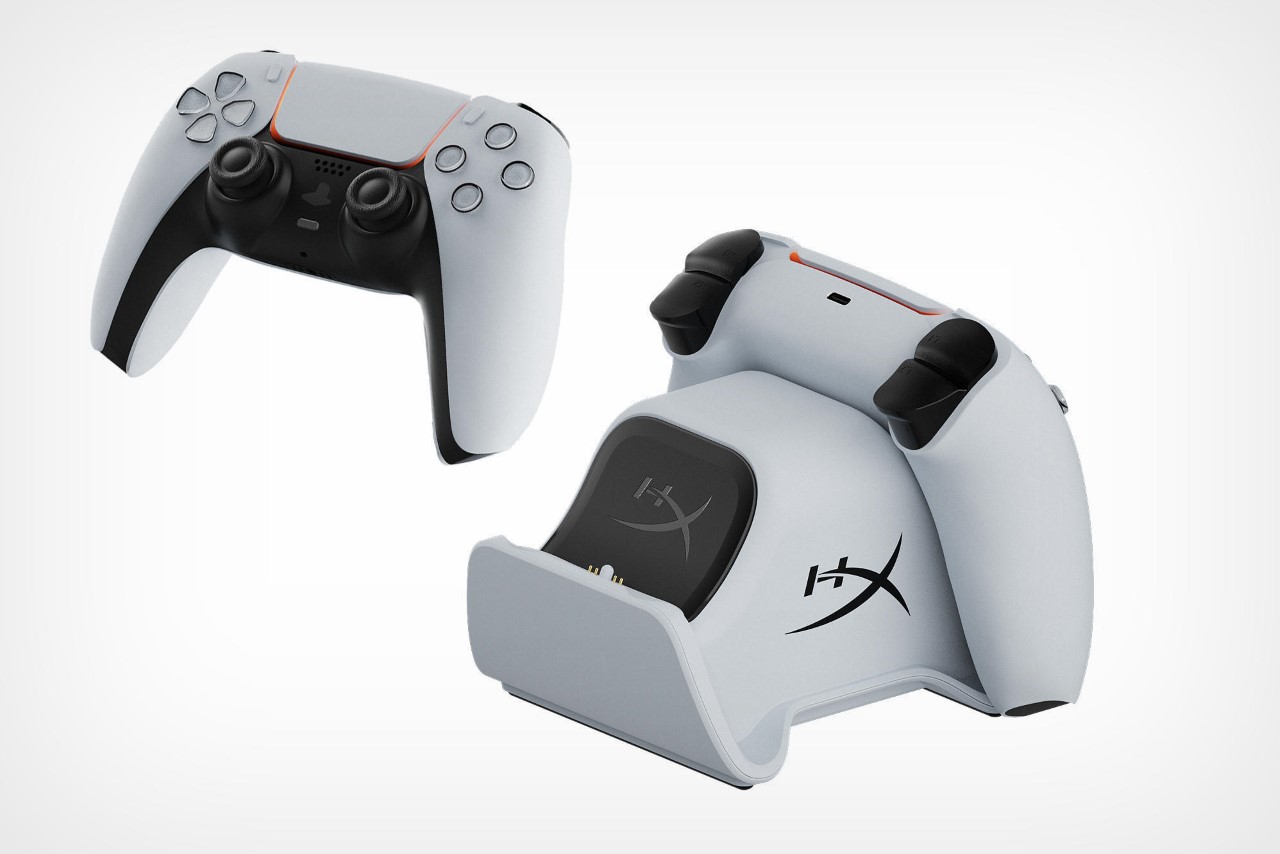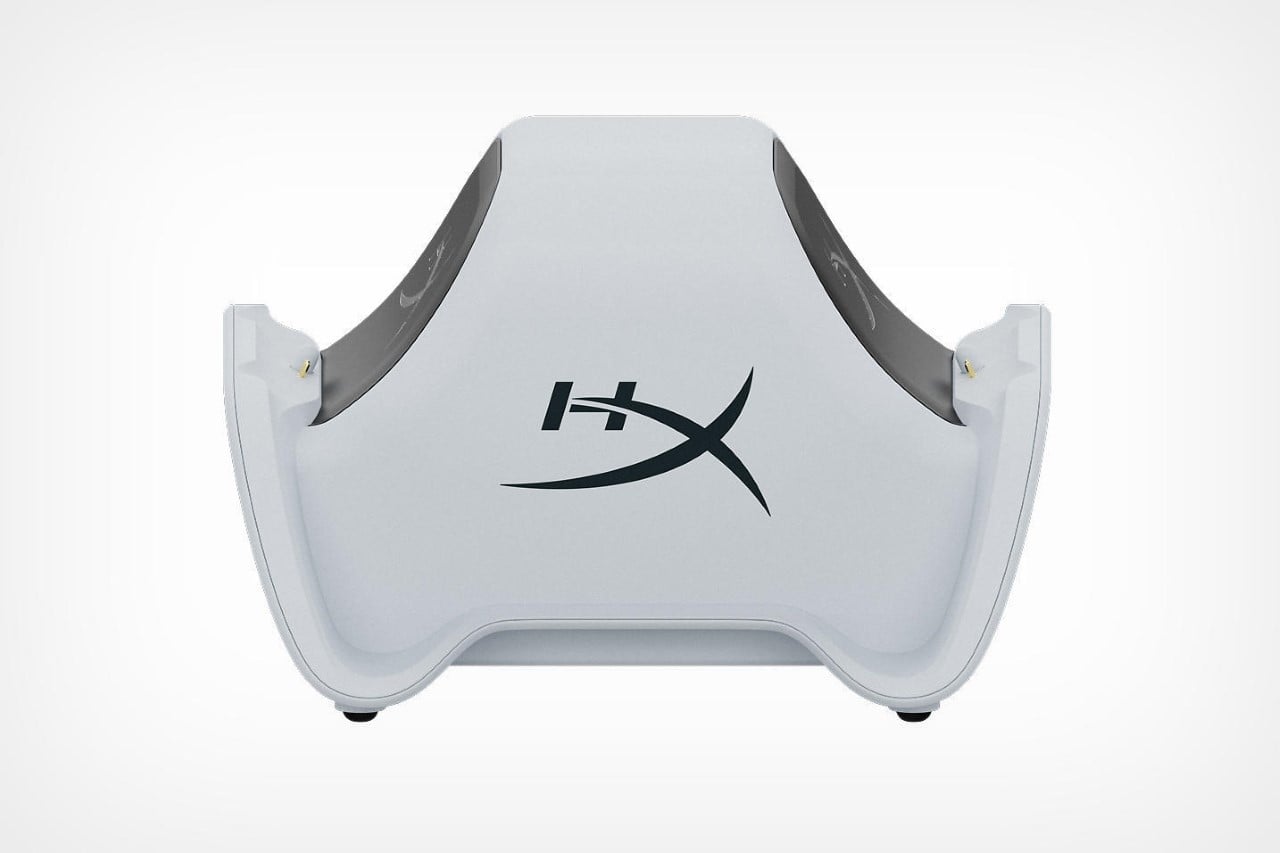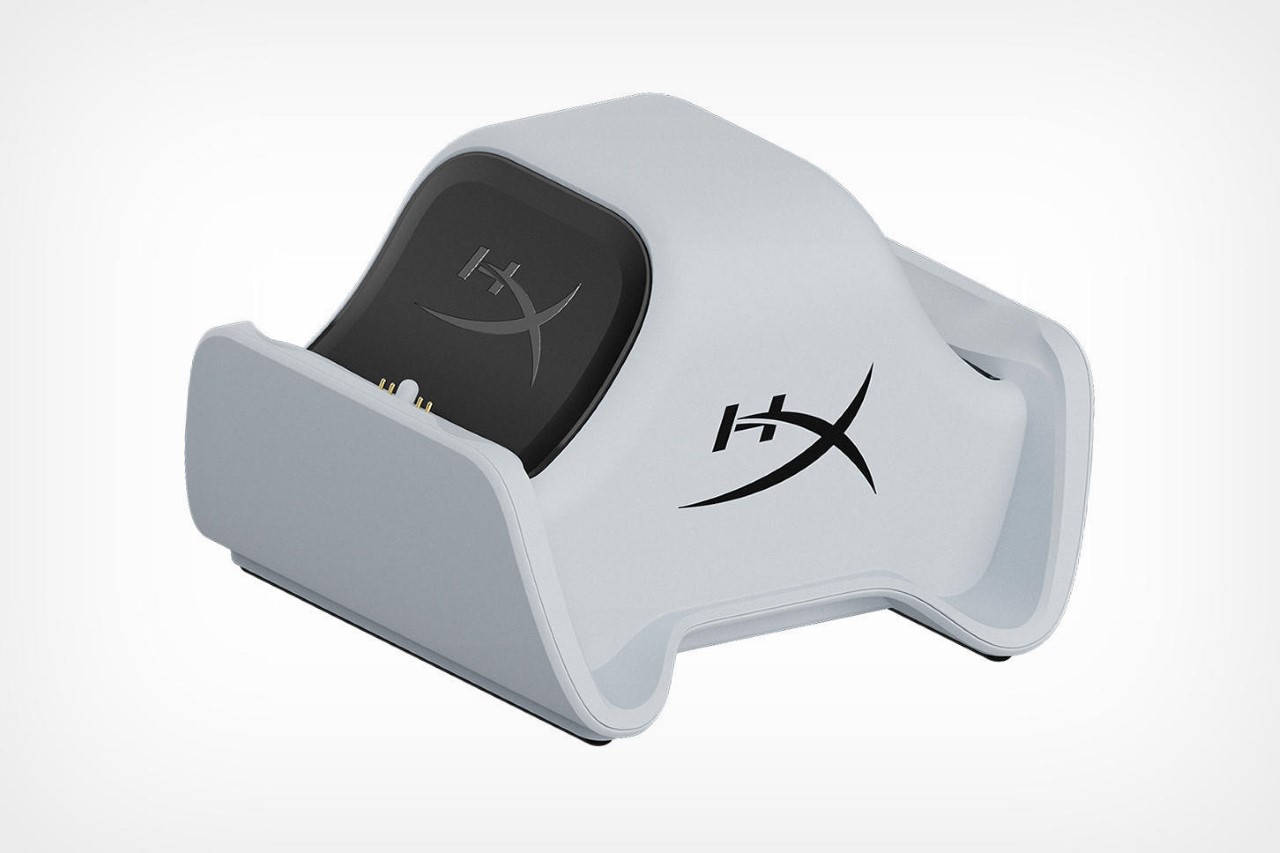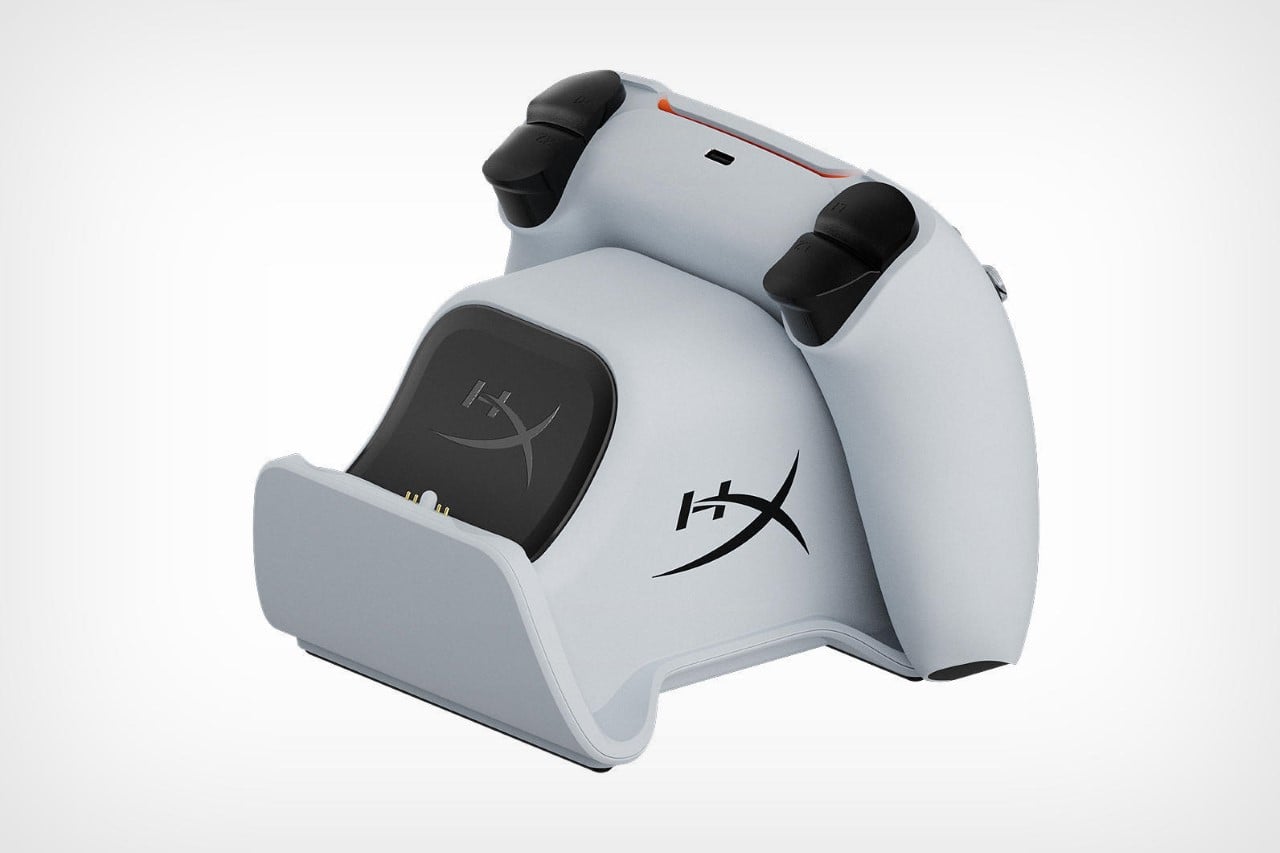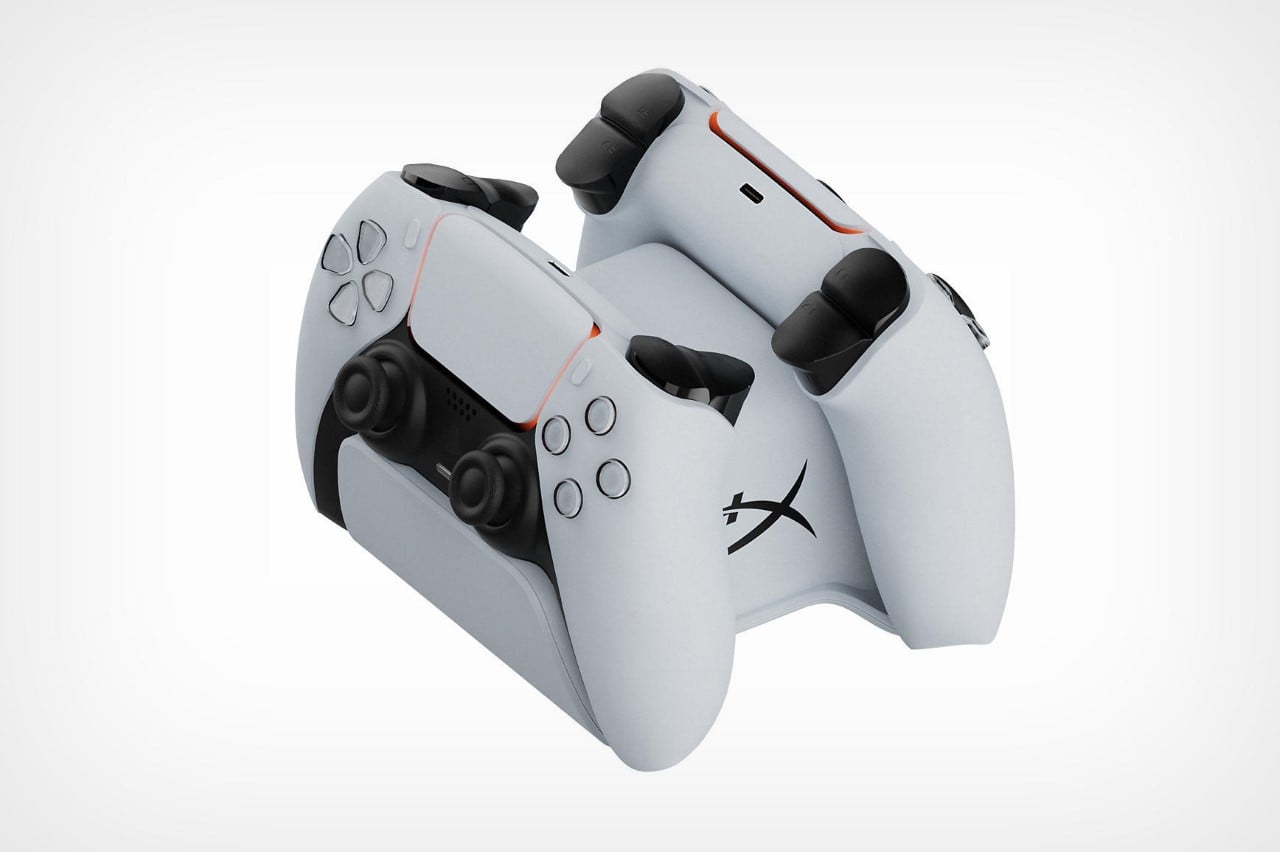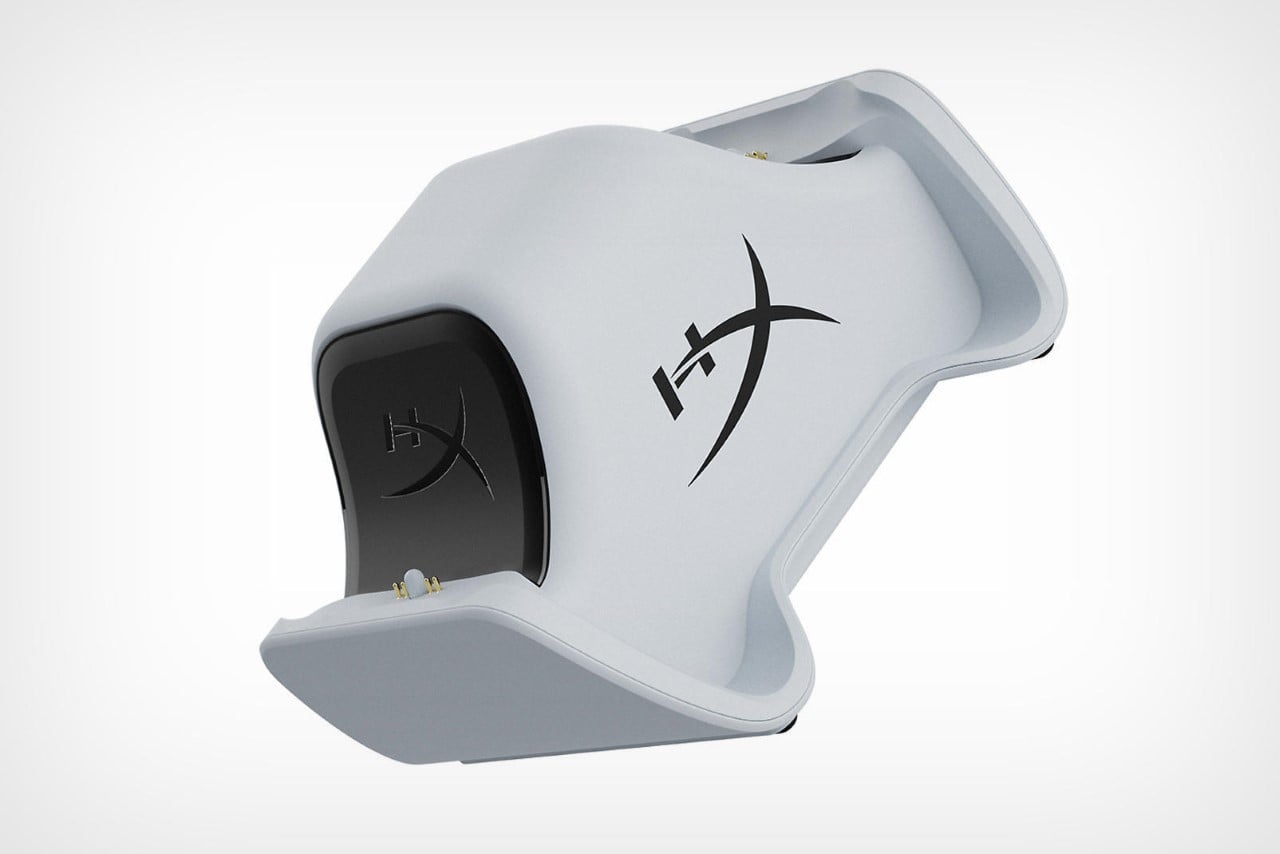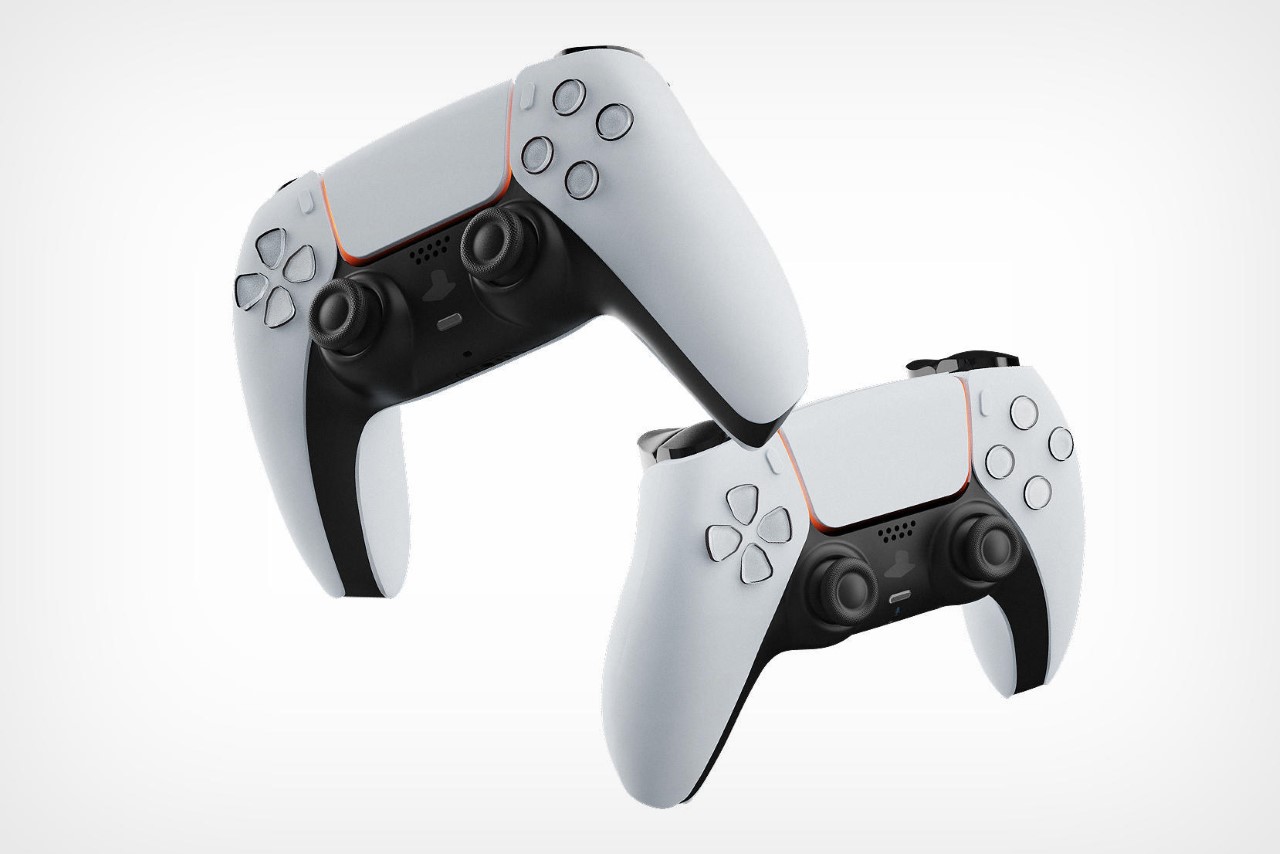There’s never a dull moment in the gaming world. Microsoft and Activision’s merger caused enough excitement, while a random rumor also indicated that the company was giving up on Xbox amid mass layoffs. GTA 6 may see a new trailer drop in May but its launch has been pushed to 2026 amid development delays. Meanwhile, the world is gearing up for the next Nintendo Switch to drop and now it seems like credible leaks indicate that there’s a Sony PlayStation 5 Pro in the horizon.
Designer: Sony
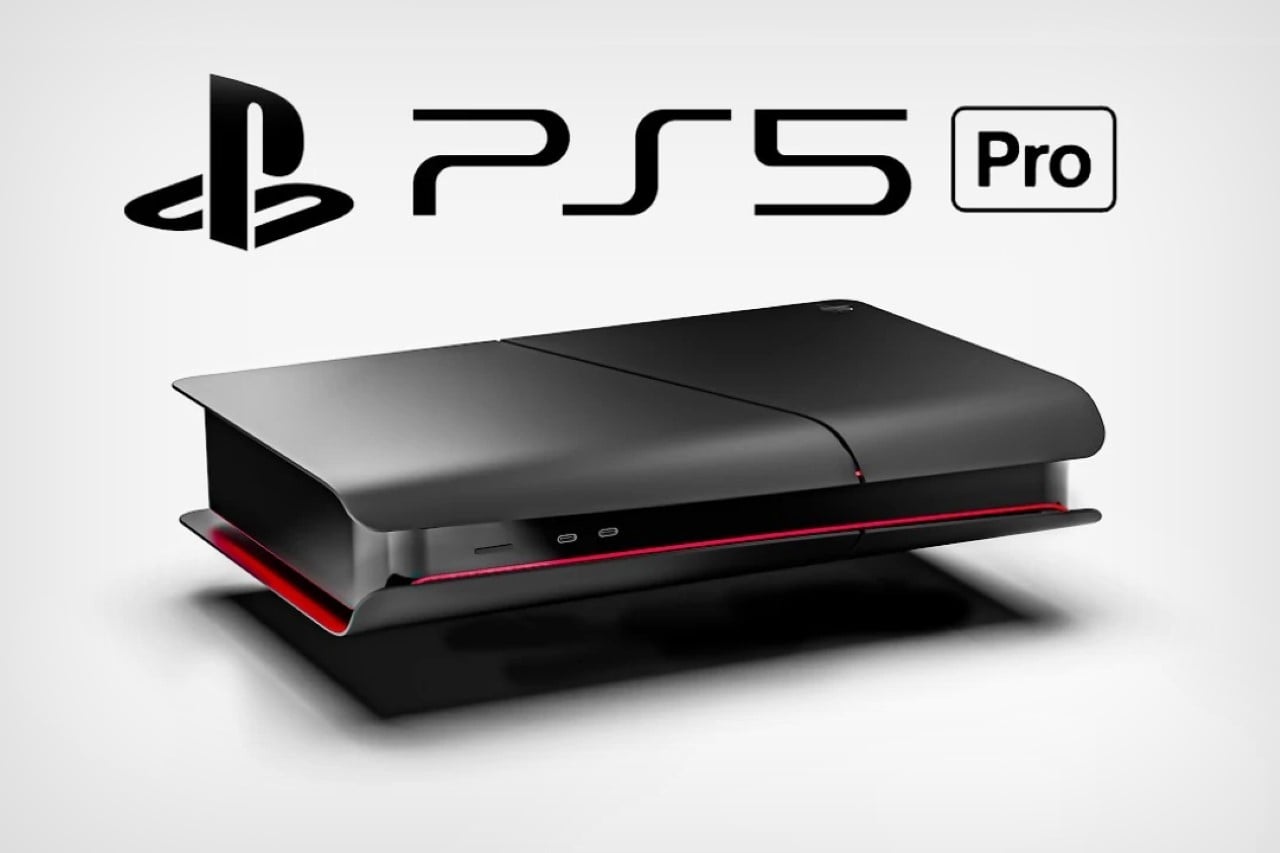
The sources behind these leaks inspire a degree of confidence. Respected outlets like IGN and industry insider Tom Henderson of Insider Gaming have lent their credibility to the rumors. Additionally, Sony’s own investigative response to the leaks suggests they might hold some weight. It’s not every day we get such a comprehensive glimpse into the potential future of console gaming.
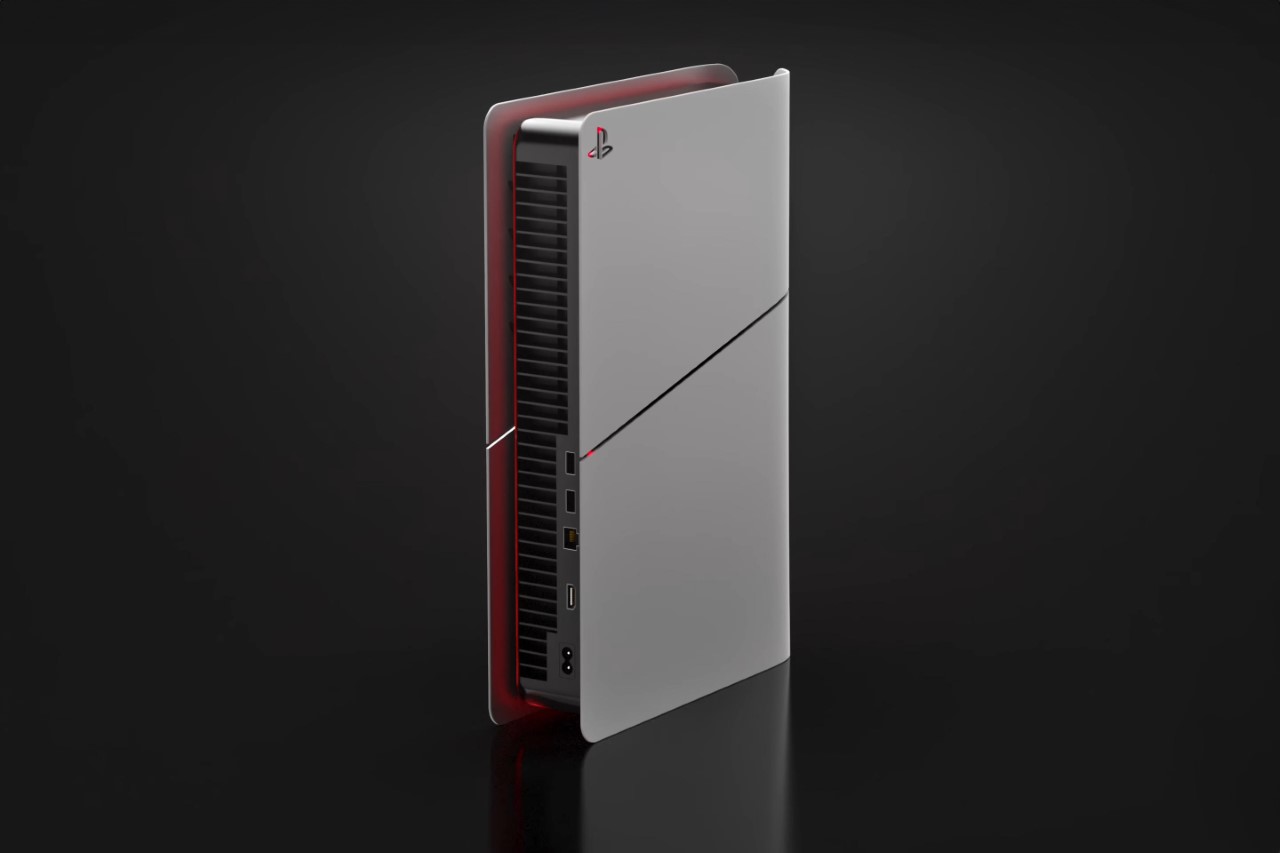
So, what advancements can we expect from the PS5 Pro? The leaks paint a picture of a console designed to push the boundaries of graphical fidelity and performance. While the CPU clock speed is rumored to see a modest 10% increase, the real game-changer lies in the GPU. This powerhouse component boasts a staggering 3.25 times the processing power of its predecessor in the PS5, translating to a potential 45% jump in rendering performance. Imagine buttery smooth gameplay with visuals that leave you speechless – that’s the promise the PS5 Pro seems to hold.
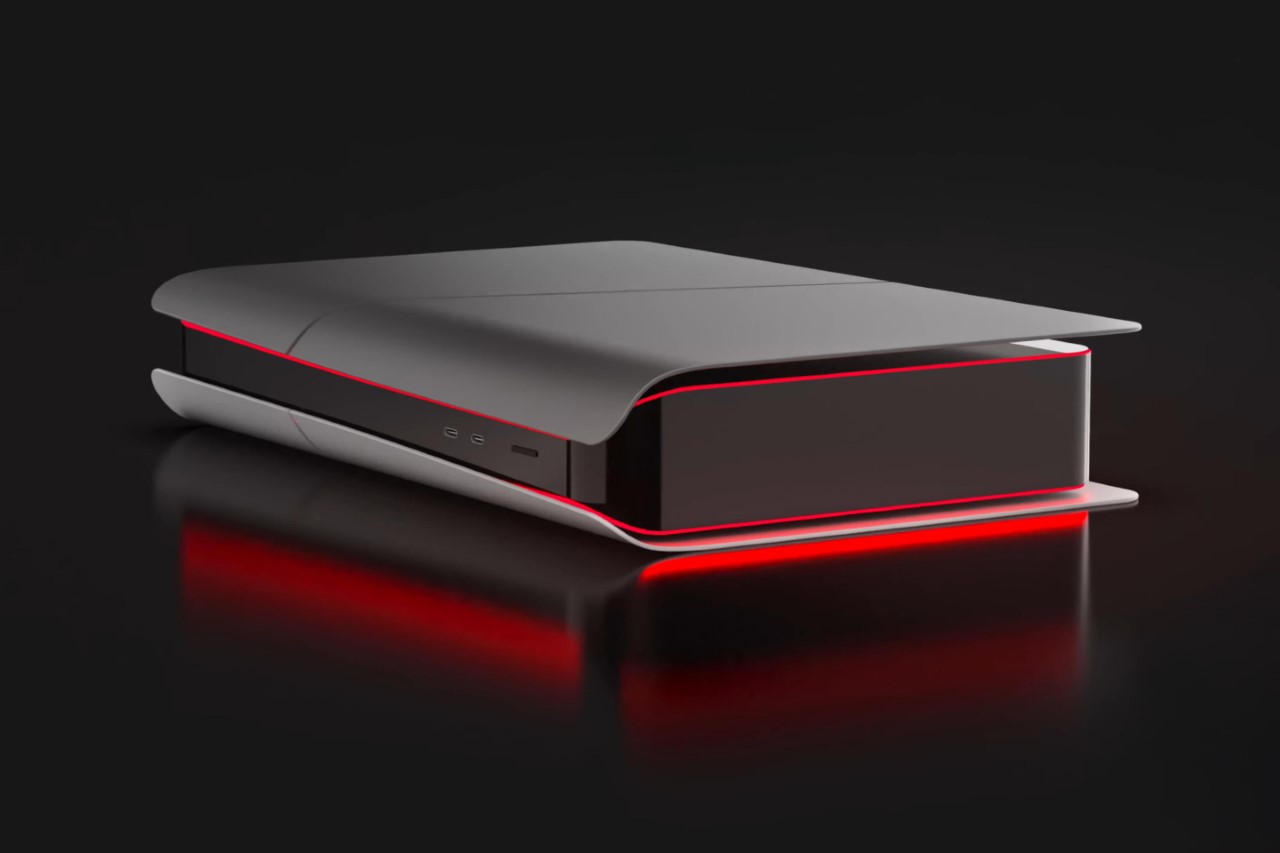
For gamers who crave hyper-realistic visuals, the news gets even better. Ray tracing, the technology that simulates real-world lighting effects for unparalleled immersion, is set for a significant boost. Leaks suggest a two to four times improvement in ray tracing performance, which, when combined with the rumored AI accelerator and custom machine learning architecture, hints at Sony’s ambitious plans to integrate AI more deeply into the gaming experience. Imagine enemies that adapt to your tactics, environments that react to your actions, and a level of detail that blurs the lines between reality and the virtual world.
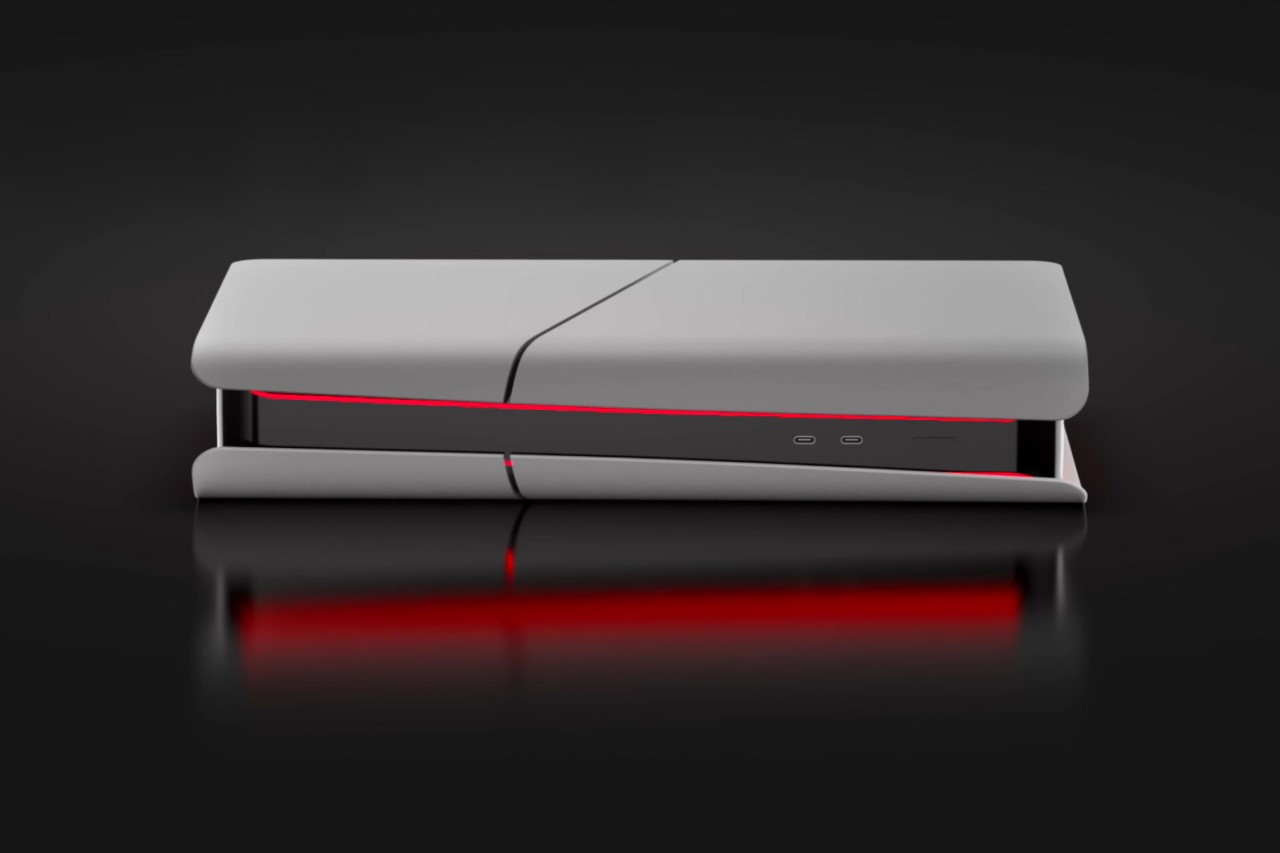
The PS5 Pro might retain the 16GB of memory found in the PS5, but it’s poised to make significant strides in data transfer speeds with a rumored 28% increase in bandwidth. This translates to potentially shorter loading times, a welcome change for any gamer who’s grown weary of staring at progress bars.
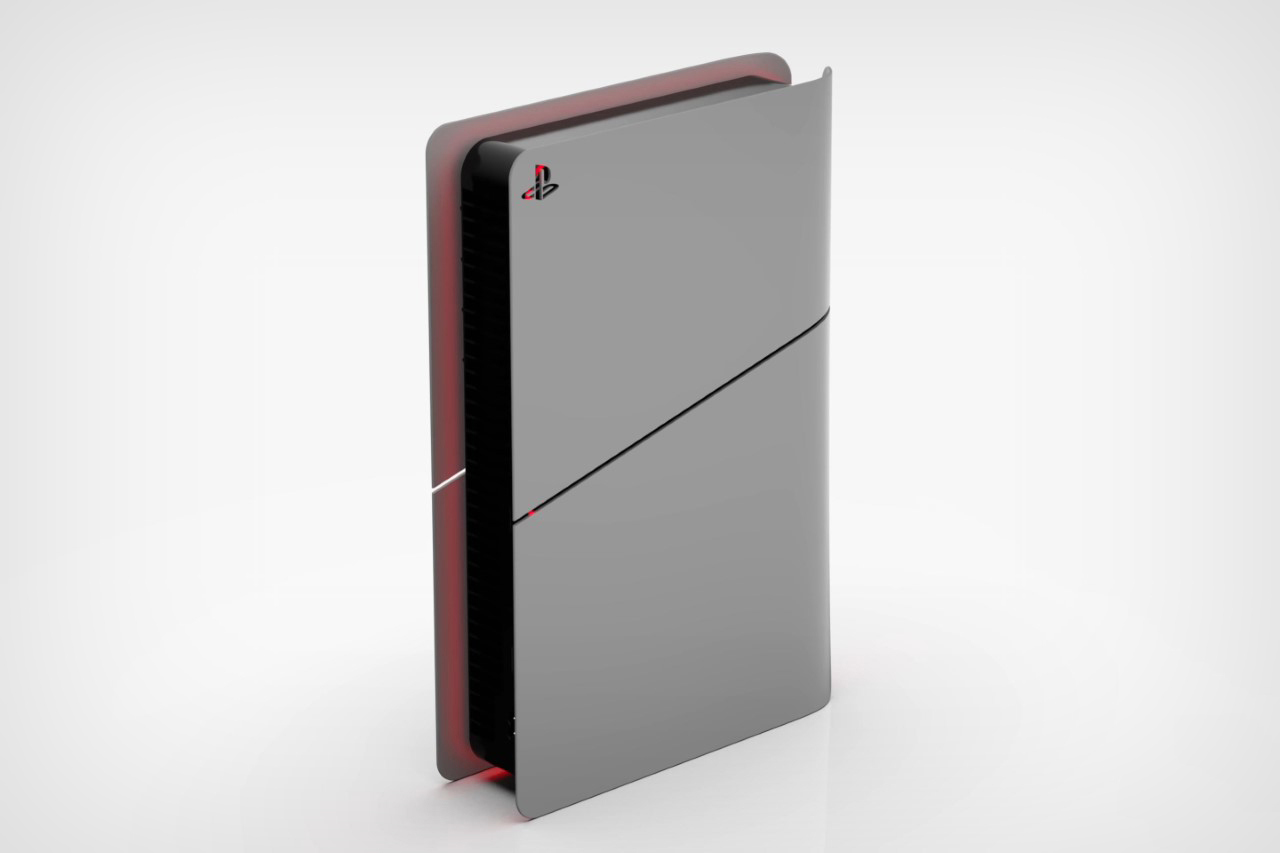
One particularly intriguing feature is PlayStation Spectral Super Resolution (PSSR). This Sony-developed technology aims to rival AMD’s FSR 2 by offering superior game rendering. With support for up to 4K resolution at a blistering 120fps and even 8K at 60fps, PSSR has the potential to set a new benchmark for visual quality in console gaming. Imagine experiencing your favorite games in stunning detail, running at silky smooth frame rates. It’s a future that promises to redefine how we perceive console graphics.
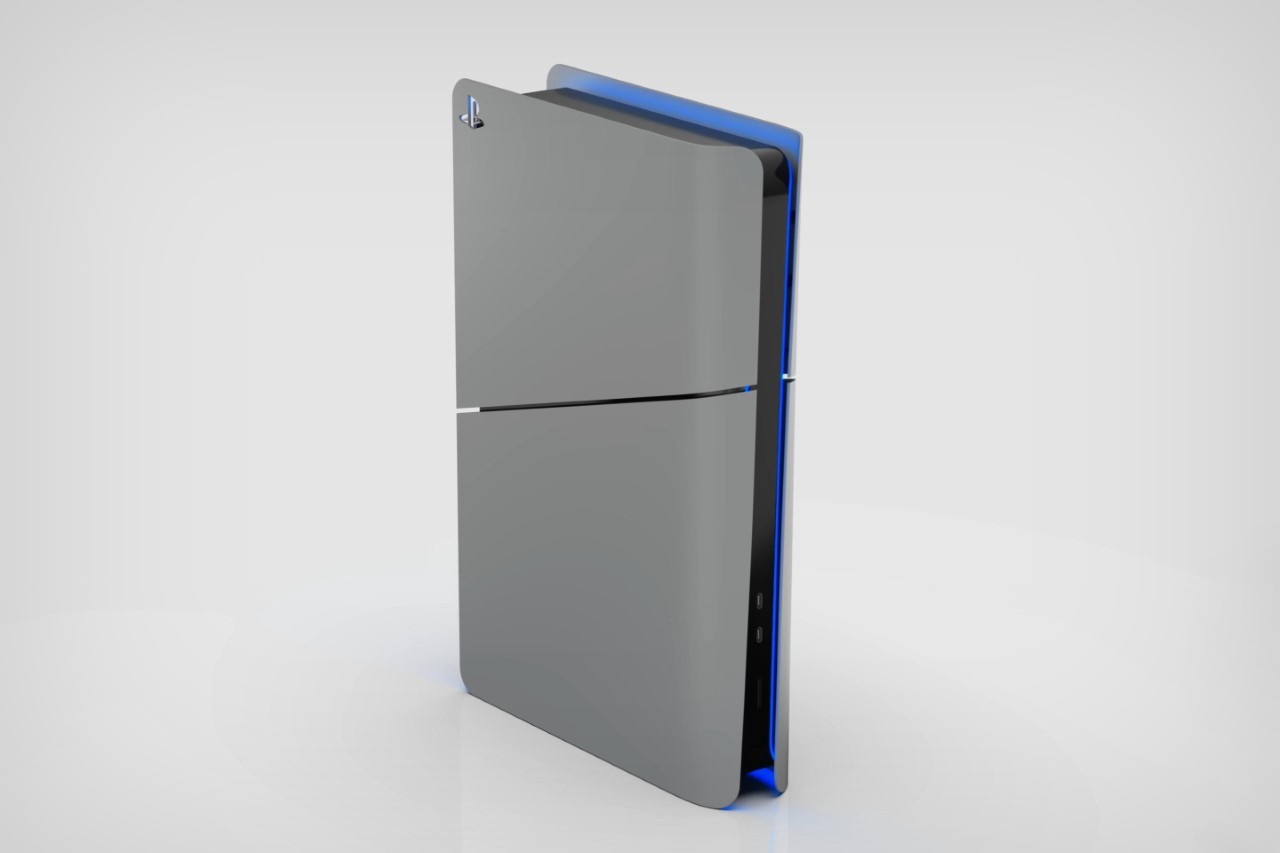
The audio processing unit is rumored to receive a 35% speed boost, promising a richer and more immersive auditory experience. When you factor in the anticipated PlayStation Link for lossless audio and a generous 1TB of internal storage, the PS5 Pro appears dedicated to delivering a complete sensory experience that complements the visual feast for your eyes.
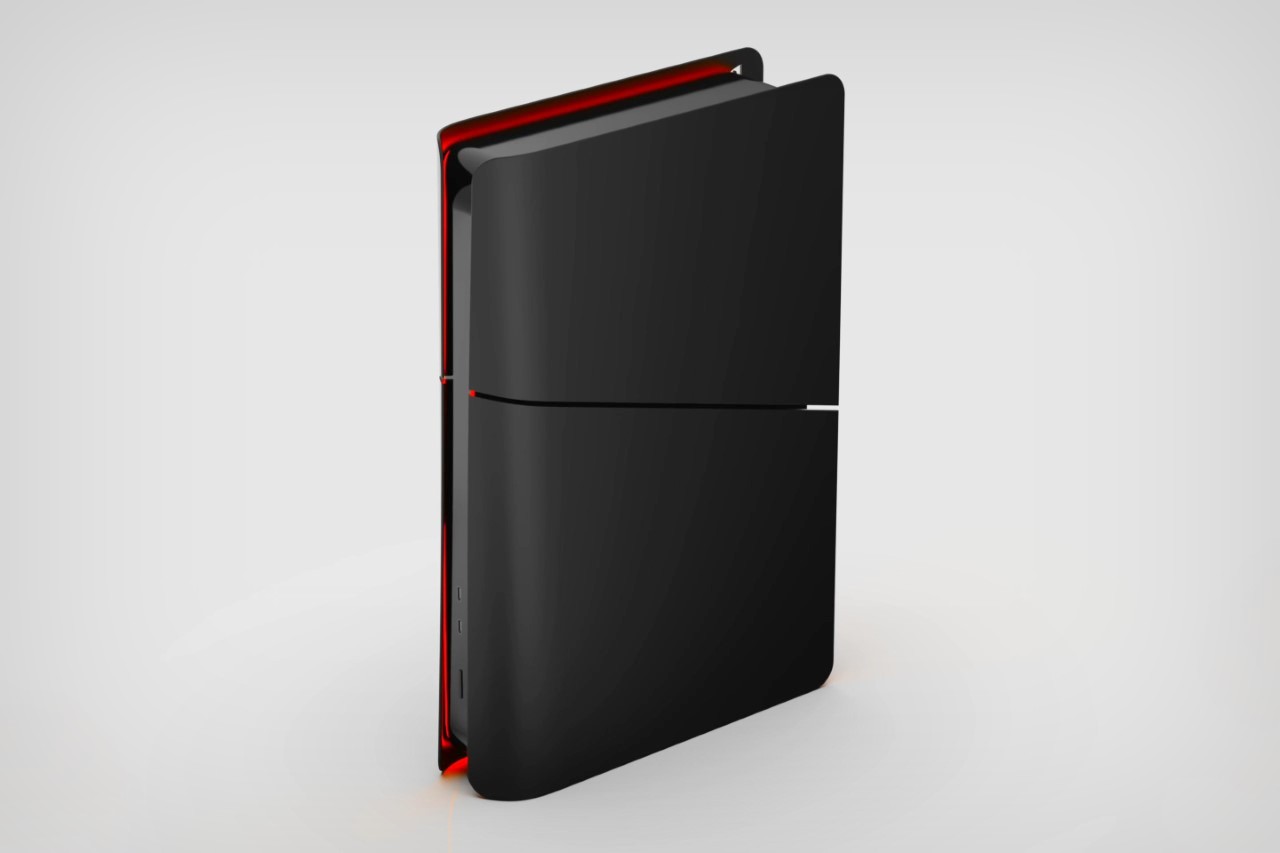
The question of whether to upgrade to the PS5 Pro hinges on your individual needs and preferences. While the rumored specifications paint a picture of a console with a significant performance leap, it’s important to remember that it might take some time for game developers to fully leverage its capabilities. Additionally, the price tag, rumored to be in the $600-$650 range, may create a bit of an uproar. After all, there’s nothing more dangerous than a scorned gamer.
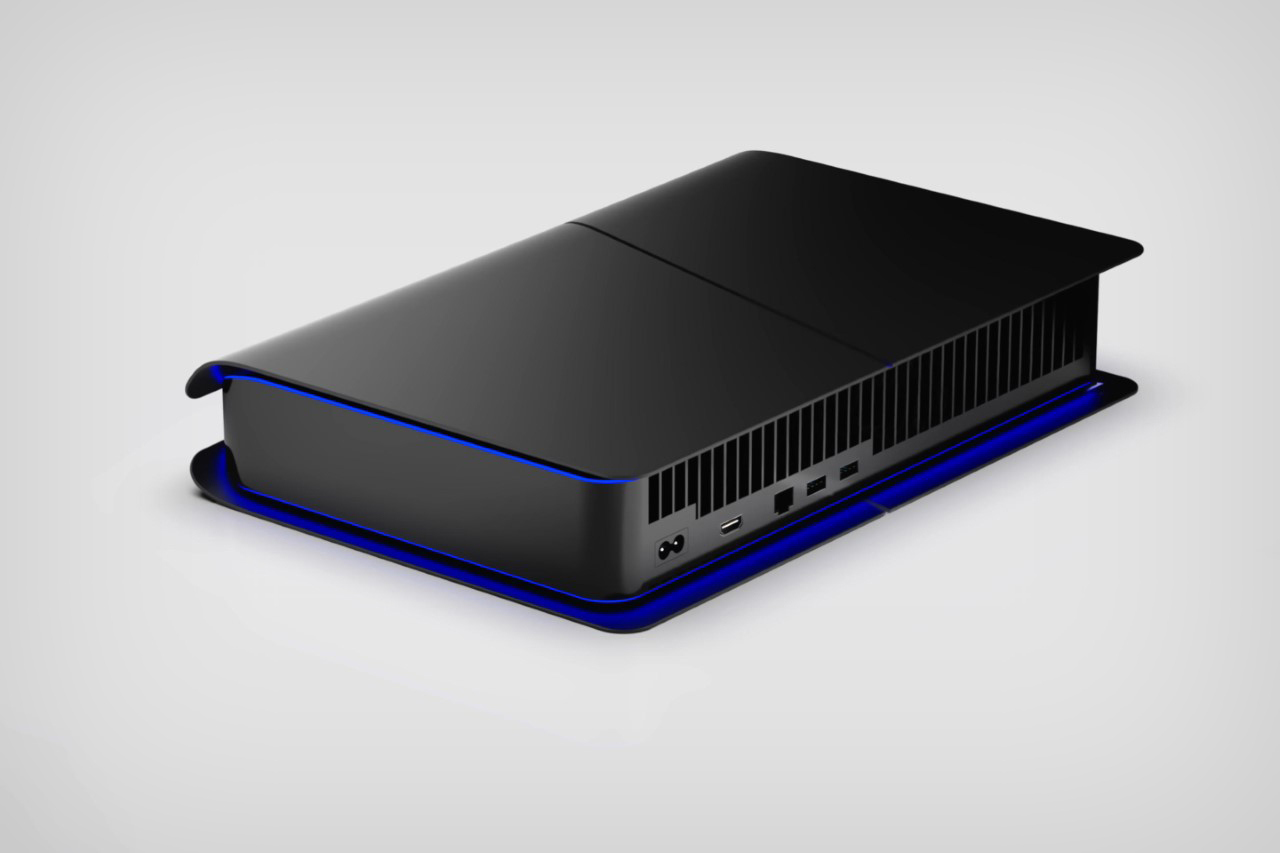
Images via ZONEofTECH
The post Sony PS5 Pro Leaks Indicate 3X More Powerful Performance with Super-Resolution Rendering first appeared on Yanko Design.
